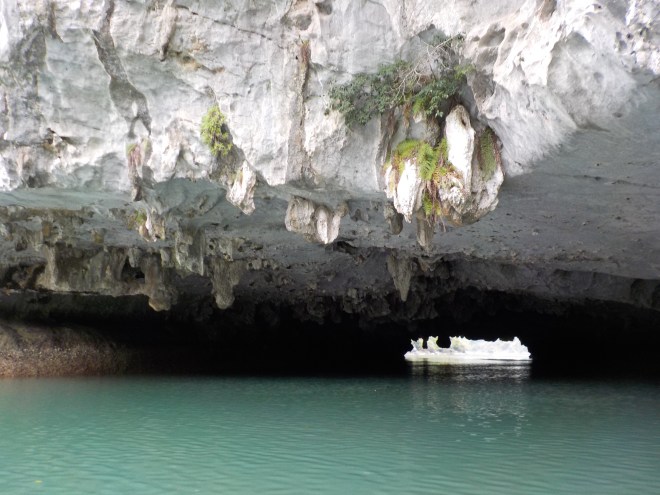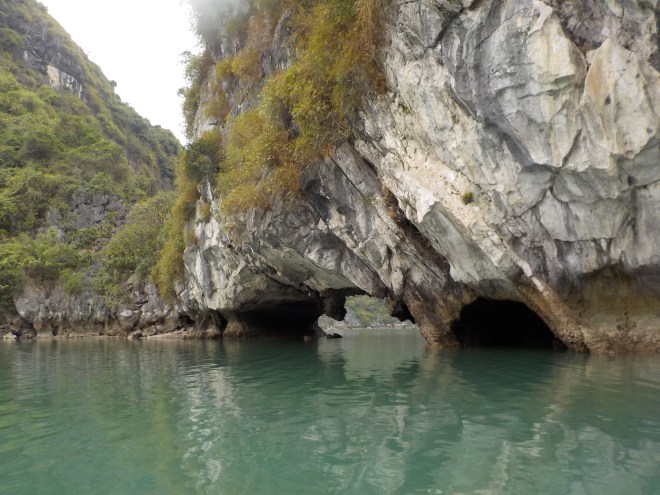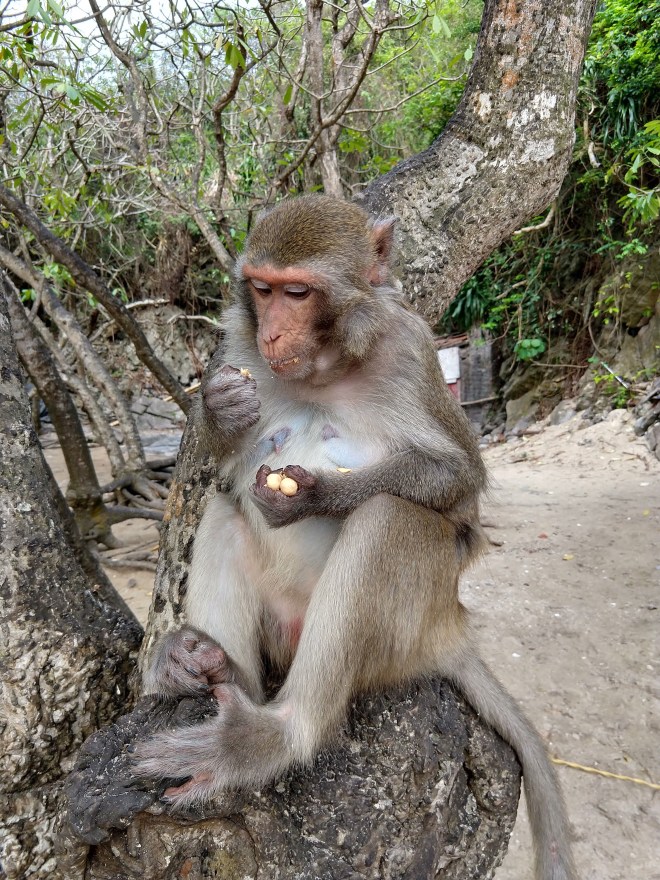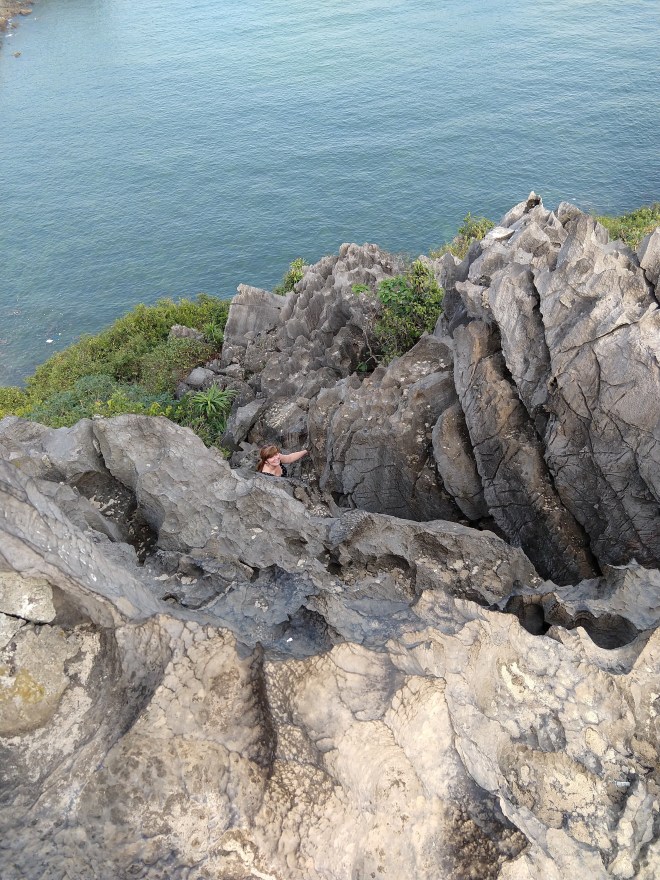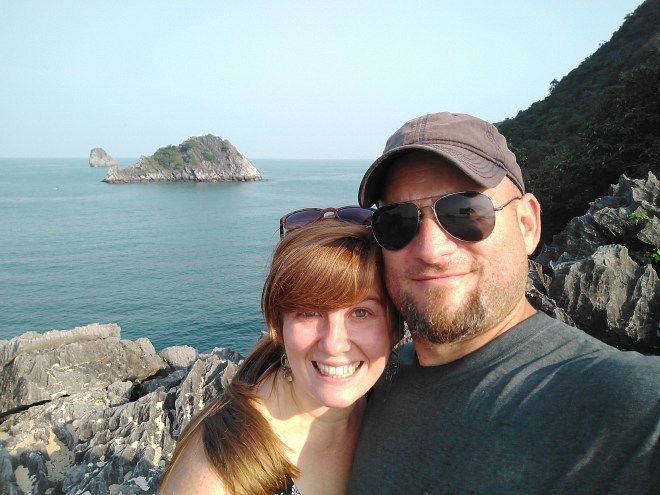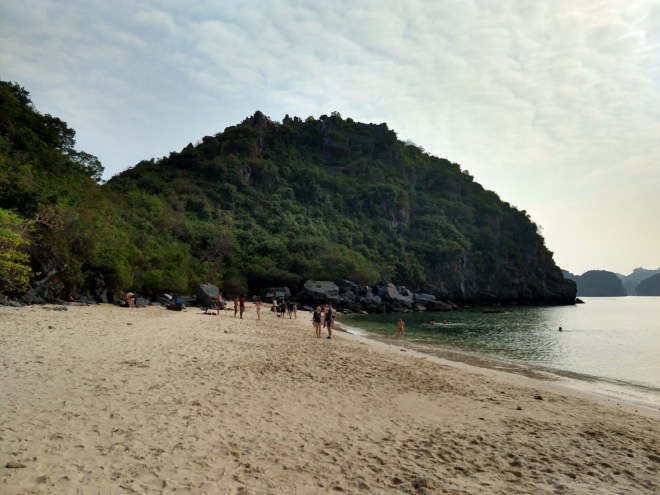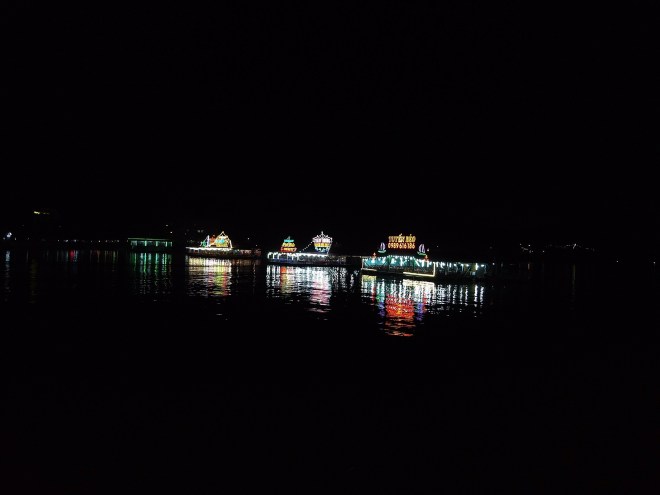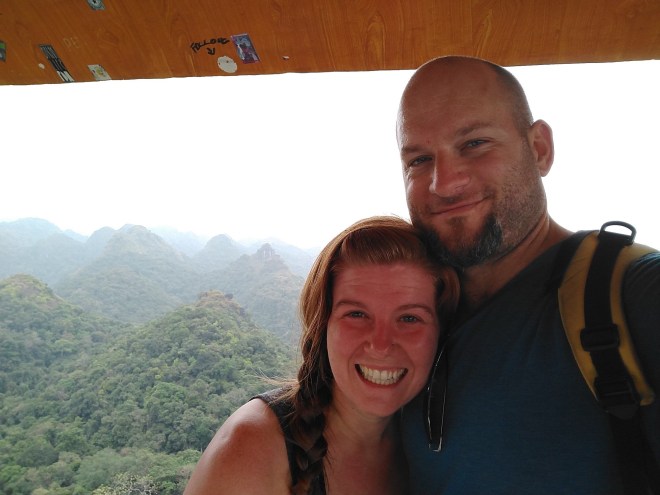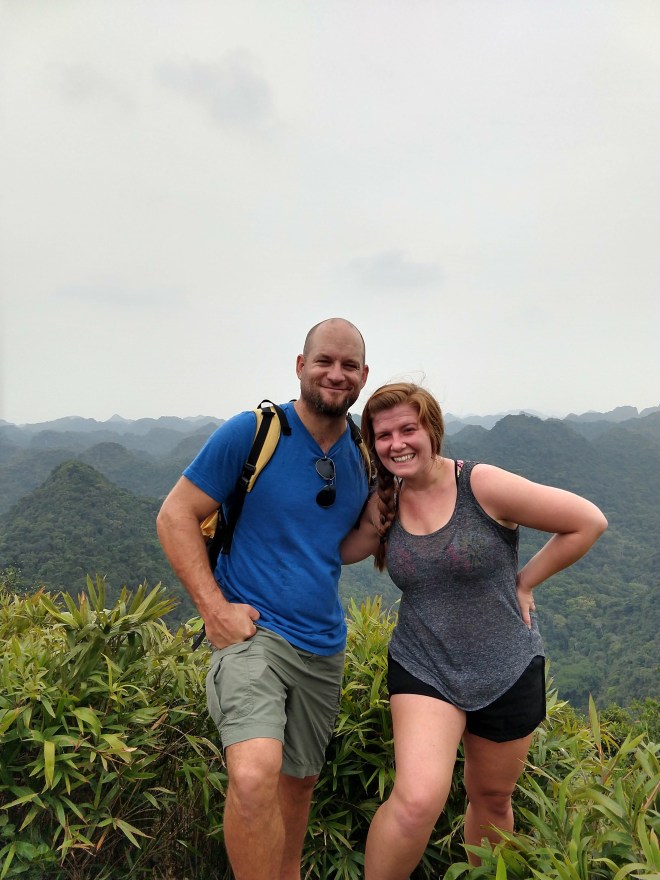Kathmandu – the beauty, the dirt, the kindness.
My feelings towards this capital city are all jumbled about. Arriving at the Kathmandu airport and heading into the tourist area of the city, Kirk and I felt more welcome than we did in possibly any other city we’ve visited. People were kind. We didn’t feel hassled. Though we were solicited to buy things, people accepted our no and even thanked us as we walked on. The colors on the wardrobes of the people, hanging on the flags, painted on the walls, and beaming through the store windows shone bright against the coat of dust that envelops every inch of this city. Amidst the tall concrete buildings and million and a half people sharing, essentially, single lane roads with crazy amounts of traffic, you find yourself having to actively remind yourself that somehow, you are in the Himalayas, next to 7 or 8 of the world’s tallest mountains.
Kathmandu, amidst all the beauty, pollution reigns heavy. Before arriving in this part of Asia we met several people who used the word “dirty” to describe what they had experienced. Honestly, part of me judged and cringed as this word appeared over and over, but now having visited, I can’t deny what we encountered.
I am certain that Kirk and I have inhaled more fumes, pollution, smoke, and dirt on this trip than we have at any other time in our lives, but somehow, none of it got to us exactly like it did during our time in Kathmandu (though, to be fair, the cigarette smoke in Vietnam was also a pretty big problem). In Nepal, we finally joined the chorus of masked individuals, purchasing surgical masks in hopes of shielding ourselves from some of what we were inhaling as we walked down the street. Within one day of returning from the trail and arriving in Kathmandu, we had both developed some type of sinus/respiratory infections and anytime we stepped out of our sealed room, it was a sure sentencing of a cough. I’m not sure what about Kathmandu made this aspect of it particularly worse than other places we’ve been, but as you read on, I think you’ll get a few clues into what life looks like in one of the poorer countries in the world. Dusty roads, open cremations on the nearby river, frequent landslides, and a constant state of repair from the earthquakes over the years – yet even with all that in mind, we loved our time in Nepal and it is at the top of our list of countries to return to. The food, the people, the mountains -we’d highly recommend it to anyone.
As far as photos, we’ll start with a few pictures of the city.
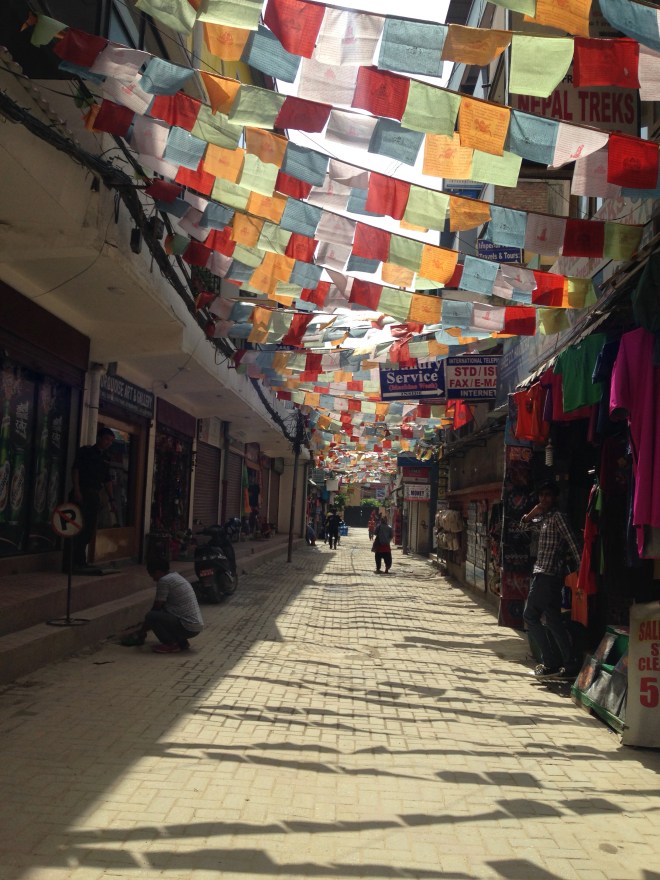
The bright Buddhist prayer flags hang all over the city creating a beautiful ceiling over the dusty roads. Here in the tourist district, stores are filled with beautiful tapestries, hand stitched bags, raw cut jewelry, and high quality trekking gear for unbelievable prices. Nepal had my favorite souvenirs I’ve seen so far.

A panoramic view from the rooftop terrace of our hotel where we had breakfast every morning. We stayed at Hotel Family Home and can highly recommend it as an excellent budget option for anyone visiting! Great location, helpful and friendly staff, huge rooms with a/c, included breakfast, and in low season, it was only $12 a night!
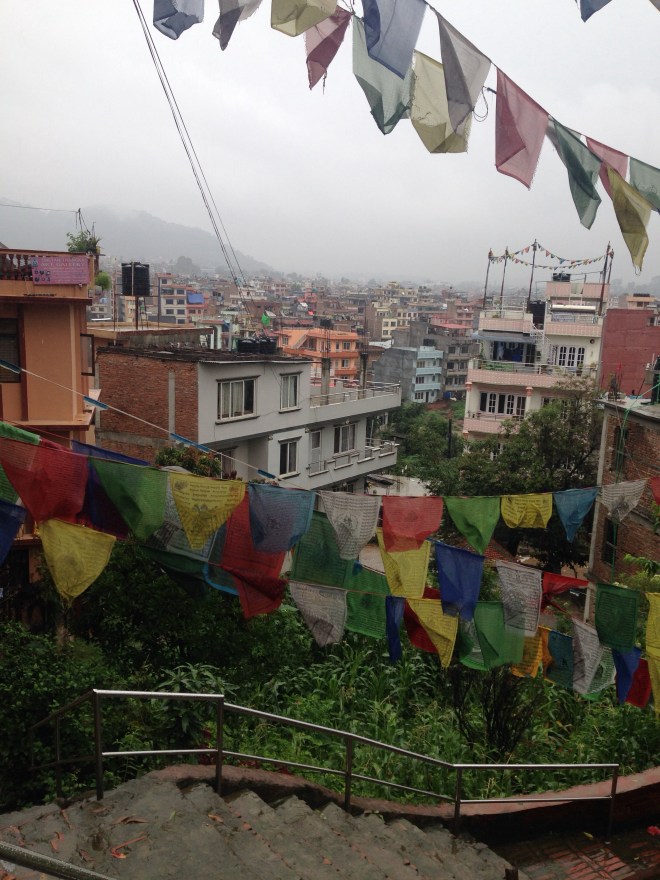
Another view of the city on a rainy day.
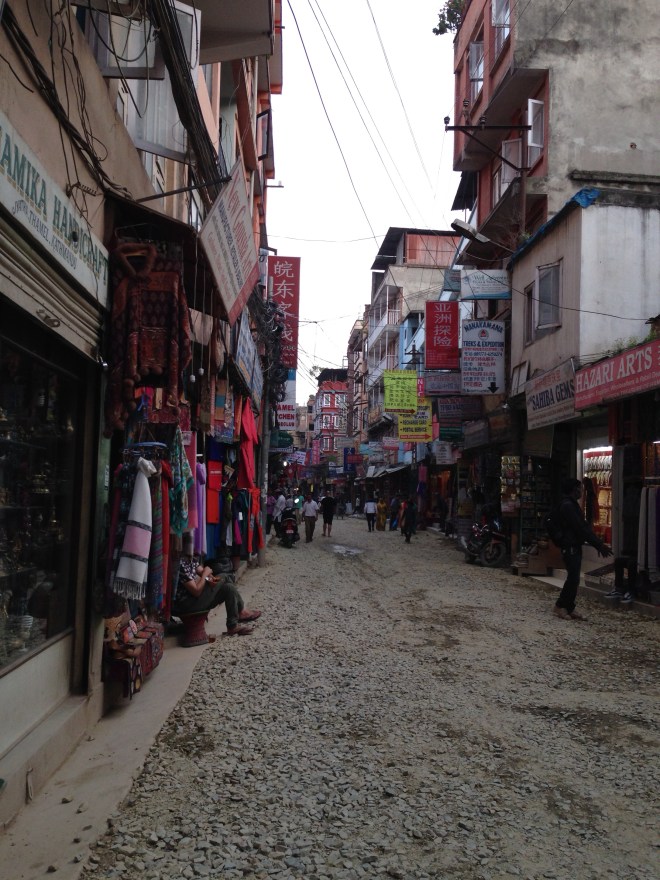
A main road in the tourist district of town that we walked down everyday to get to our hotel. We were told that they recently broke up the road to be able to reach some pipes underneath. In this condition, it was not easy to walk or ride on. On dry days, dust kicked up everywhere. On wet days, the street became a mud pit.
One day we decided to leave the tourist area hoping too find an area commonly referred to as “Monkey Temple.” The actual name of the temple is Swayambhunath and it is a Buddhist temple located on a hill in the middle of the city. It offers great views and yes, there are lots of monkeys there.
We set out on foot in hopes of saving a little money and avoiding the ever fluctuating prices given to tourists by taxis. Not knowing exactly where we were headed, it ended up being quite an experience as we casually wandered through eye opening areas of the city. Long stretches of dirt roads covered in trash with enormous tarp covered buildings rising up from the rubble beside us. Evidence of the 2015 earthquake that shook large parts of the country stood crumbled as families emerged from the doorways still living out everyday life in the buildings that are somehow still stable enough to support them. We passed a solid elementary school surrounded by a gate with small children running around outside. We smiled and waved, but as we turned and walked away we watched our steps carefully knowing what little protection our flip flops offered from the scatterings of trash beneath us. Our careful steps paid off as in my next five strides I passed three of the things you hope not to find – a razor, a syringe, and a used condom. Looking up I watched a toddler ahead of us wearing a red backpack with cat ears hop down the street holding her mom’s hand. She was so joyful in the middle of a place in which I found myself a little frightened to be. It made me smile, reminding me of the strength and joy to be seen in every situation when we shift our focus. This city had certainly seen a lot of hardships, but there was clearly a lot of love and life here too.
We eventually made it to the stairs leading up to the stupa, though we stopped about halfway up when we realized there is a fee at the top. Below are a couple of pictures from our short journey up. 
The bottom of the stairs with Buddhist statues on either side.

The stairs leading up. We saw several monkeys on the stairs, but they were too fast to snap a picture!
The most fascinating place we visited in Kathmandu is a Hindu temple called Pashupatinath. I’ll describe more about it in a moment, but first I’ll give the back story on how we ended up there to prepare you for how interesting of a place this is.
As Kirk and I had been working to plan out which cities in India we would soon be visiting after Kathmandu, a place called Varnanasi caught our eye. Many travel bloggers describe this city as the most fascinating place they’ve ever visited. It’s filled with bright colors, one of the dirtiest rivers in the world, extreme culture, and death, lots of death. In fact, it’s filled with so much dying and death that it’s often referred to as “the city of the dead.”
However, this title is not by accident. For many in the Hindu religion, Varanasi is the most holy place in the world. It’s a place of pilgrimage, a term with which most of us are pretty familiar, but what’s different about pilgrimaging to Varanasi is that a large number of people make the pilgrimage when they are on their death bed. Many Hindus believe that their soul will be released from the cycle of reincarnation if they are cremated in the most holy Hindu city in the world, by the most holy Hindu river in the world (the Ganges).
In light of this belief system, Varanasi is supposed to be a fascinating place. There are many hotels designated only for people who have 15 or fewer days left to live. Hindu “gurus” sit near the rivers edge in bright orange clothes with their faces covered in white ash. Believing that the Ganges holds power, children play in it, people bath in it, and individuals come from near and far to drink in the waters – all while bodies burn at the rivers edge, the cremations coming to a close when the ashes are swept into the river below. Visitors can book a tour down the river on boats, floating down the waters past the flames and smoke of what was a life less than 24 hours ago, as Hindus cremate their loved ones on the day they perish.
As it turns out, between the cremations, untreated sewage run off, and pollution from the cities connected to the Ganges, the wildlife in the water has not been able to keep up with the breaking down of what is left for the river to digest. In terms of bacteria, the Ganges ranks in the top five most polluted rivers in the world – all while serving as the water lifeline to 500 million individuals. It’s unbelievable.
As far as how all this connects to our time in Kathmandu, as it turns out, Kathmandu is the home to Pashupatinath, the temple of Shiva (the main god of a large sect of Hinduism). Pashupatinath sits on the river Bagmati (another river considered holy within Hinduism that later flows into the Ganges) and is such an important temple that people come from all over the world to worship there, including some pretty influential people, like the prime minister of India. Though the entire city of Kathmandu does not compare to Varanasi in terms of being a city for the dead, in a big way, Pashupatinath and the land on which it sits function in a similar way to the city of Varanasi. Open cremations by the river side, a hospice located right next to the temple for those coming to die, gurus in orange dancing by the river, and tours available for those unsure of exactly what is going on around them. When we learned that because of visa trouble we wouldn’t be able to make it to Varanasi, we immediately opted in for a tour of Pashupatinath. It was fascinating.
Walking up to the temple, there are 100’s of small stalls selling flowers, trinkets, incenses, prayer beads, and items used for offerings in the Hindu tradition. Passing through the long street of stalls, you eventually reach a gate and monkeys came into view – a lot of monkeys. In this area, monkeys sit on fences, climb on power lines, take food from anyone nearby – they are everywhere and in to everything. We later learned from our tour guide that Pashupatinath, the name of the temple, actually means “master of animals,” referring to Shiva, the god for whom the temple is built. Because of this, animals are welcome on the grounds. Cows, dogs, cats, monkeys – they all hang out on the temple grounds – but don’t be fooled. The monkeys in particular are anything, but tame.
As I began snapping pictures of a few monkeys that were nearby, I made eye contact with one of the babies across the lawn a little too long and, without notice, mama monkey came gallivanting towards me! Terrified, I ran behind Kirk, just as she reached the waist high wall next to us! She stopped at the edge, arms extended down, gripping the point closest to us as she leaned over, bearing her teeth. I quickly broke eye contact and backed away slowly, constantly looking back to make sure she wasn’t going to lunge. It was terrifying!
In spite of that, I got a few pictures.
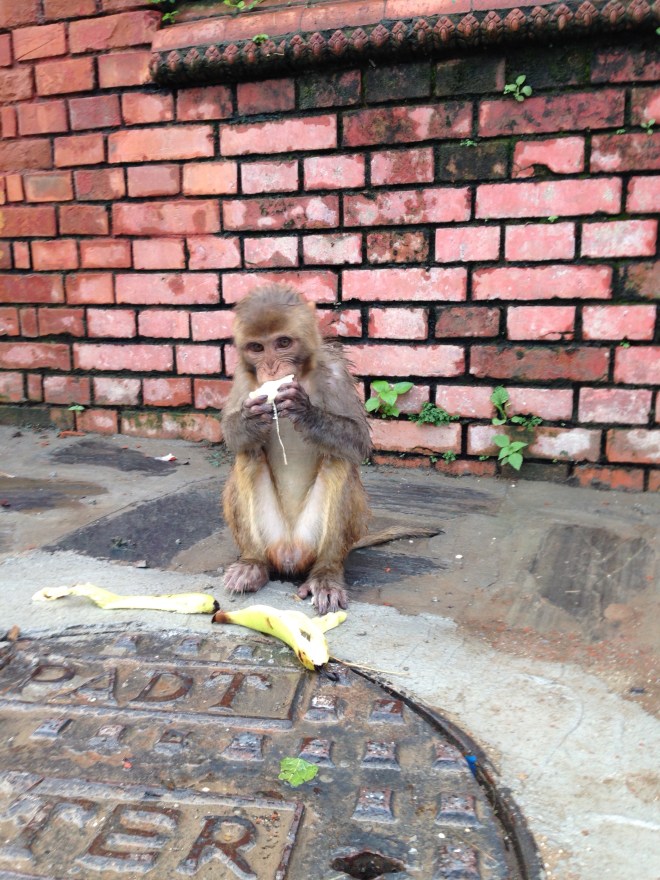
One of the first monkeys we saw, enjoying a banana.
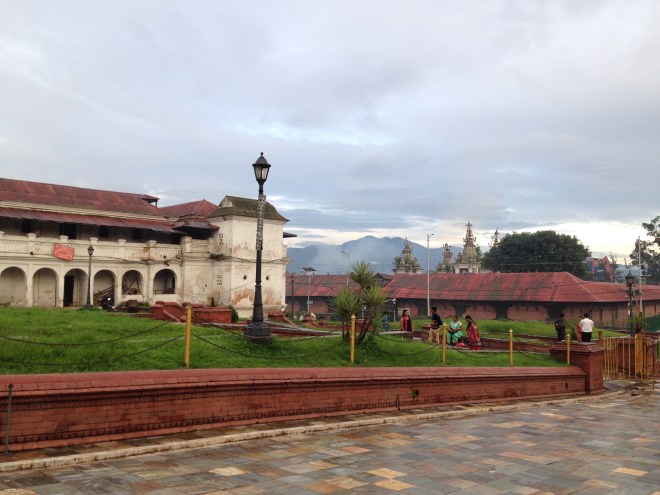
No monkeys, here, but it is an example of the waist high wall mama monkey leaned over to scare me off.
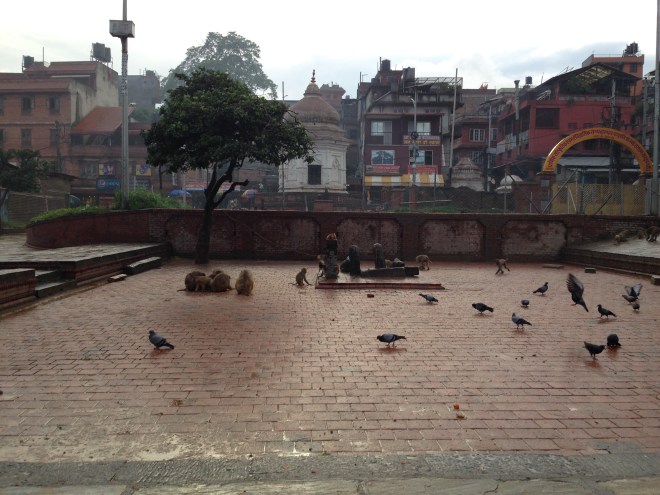
Monkeys and pigeons, baby monkeys in the middle.
After snapping some pictures of the surrounding area, we paid an entrance fee for the temple area and a guide joined us. We were a little concerned about taking pictures of the actual temple since this is a sacred place for other visitors there, but our guide assured us that is was no problem. As we walked up towards the front of the actual temple, we saw he was right – everyone was taking pictures. Because this is a main temple in the Hindu religion, pretty much everyone visiting wanted pictures to capture the memory of having been there. Because we aren’t Hindu, we weren’t allowed inside the main temple, but the guide encouraged us to take pictures from outside. Even from the doorway we could see the backside of a giant golden cow. It’s still a little unclear to us, but our guide told us that cows are scared in Hinduism because it’s what their god Shiva rode in on. I’m unsure of the rest of the story, or if that is a belief held by most Hindu people, but that’s at least one aspect as to why cows are considered so sacred by Hindu communities.
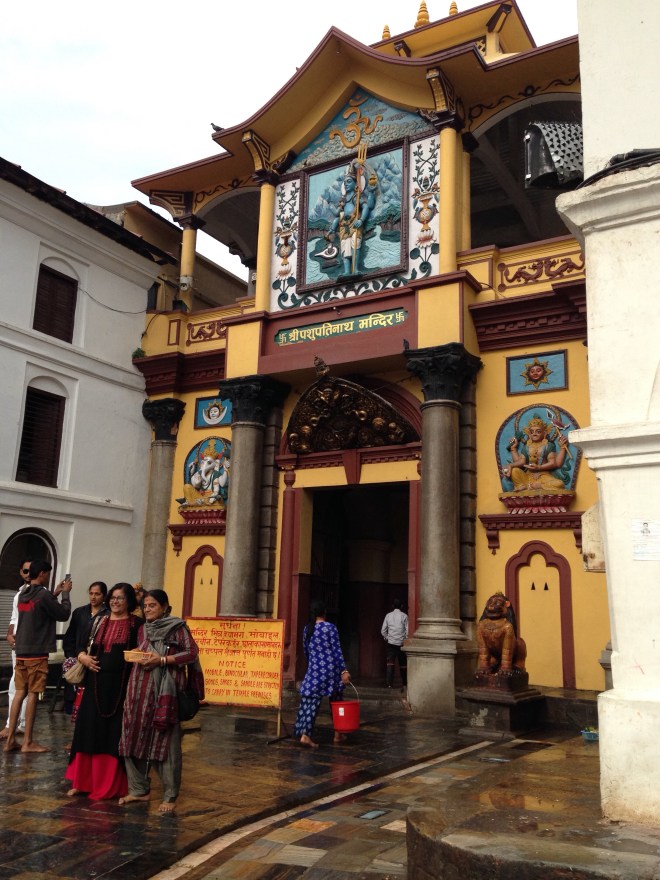
The front of the temple with everyone taking pictures.

Peeking through the door into the temple where you can see the golden cow’s backside.
Speaking of Hindu beliefs, I’ll take a moment here to explain some of what we’ve learned before continuing in the story in order to give a better context for what follows. We’ve spent quite a bit of time trying to figure out the exact belief system of this religion we found ourselves surrounded by, but the stories explaining the history and importance of particular places or beliefs are limitless – much like Greek mythology (but with many more gods). We had so many people tell us so many different stories about what things mean and why they are meaningful that we eventually just turned to google. What we’ve ultimately found on the world wide web is that the focus on Hinduism as a whole isn’t really on a particular belief system as far as gods or history goes (which explains why so many beliefs we heard are different). There are millions of gods people worship within Hinduism (though Shiva is one of the most common), but from what we can tell, the main belief system centers more around the way one lives their life, not on right belief. This allows Hinduism to live alongside other religions easily, because they are accepting of all gods.
Perhaps in the simplest form, Hindus believe that if a soul lives a good enough life, at death, the soul is freed from the body to be with Brahman (their name for the universe as a whole). If a soul doesn’t live a good enough life, after death of the body, the soul will be reincarnated accordingly into it’s next body (so, for example, if you lived a really bad life, your soul would go on to be reincarnated into the body of something despicable – on my list, that could be a mosquito. If you live a pretty good life, but not good enough to achieve “moksha” (their word for the point where your soul is freed from reincarnation to be one with the universe) you’d become something better in your next life – maybe a human again or a cow). Ultimately, the process of reincarnation continues until a soul lives a good enough life to be freed – and that freedom into the universe (moksha) is the ultimate goal in Hinduism.
I think that’s enough to help with understanding this blog for now. There are a few other tidbits of info throughout this post to help explain other things we saw though.
Now, back to our visit to Shiva’s temple:
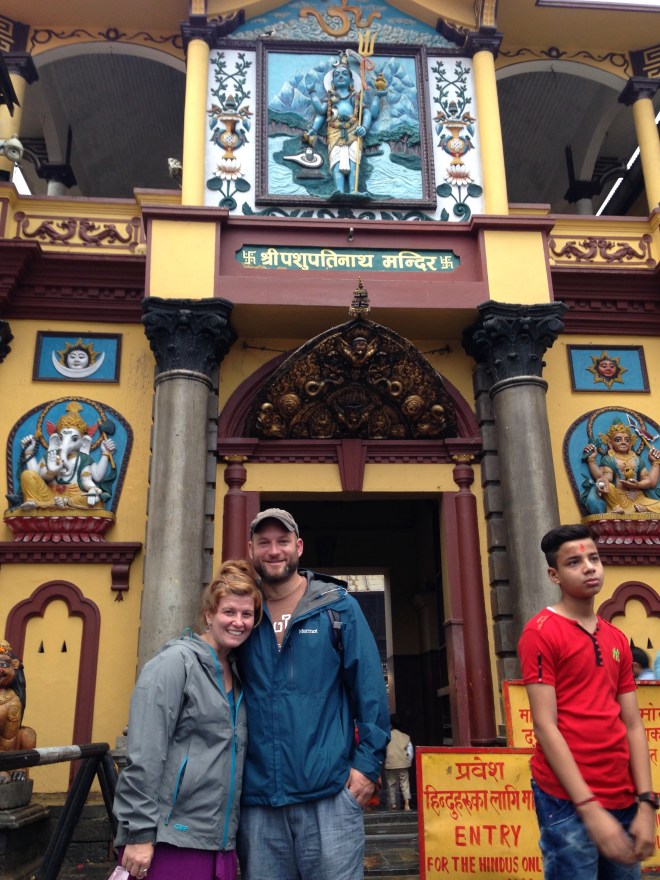
Kirk and I in front of the temple. If you are curious, Shiva is the blue god up top and the elephant and statue on the right are his sons. His wife is also worshipped. One person told us that all Hindu gods are considered reincarnations of these initial four gods, but (much like the story telling I mentioned earlier) I’m still uncertain if that is a commonly held belief or a personal belief of that individual.
After viewing the front of the main temple, our guide showed us around the temple grounds. He brought us to a place where he informed us human sacrifices used to be made. Interestingly, this small temple is decorated with karma sutra carvings and though I don’t remember what year he said it was built, it’s quite old. He called it Kali’s temple. Human sacrifices were made here until 1780 when the government made it illegal. 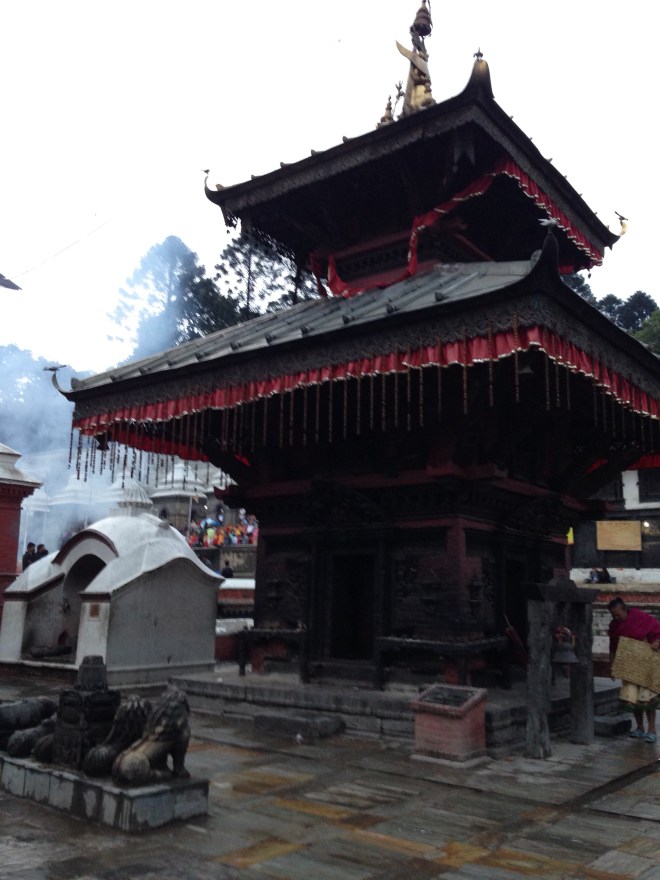
The human sacrifice temple

The inside of the human sacrifice temple.
We then headed over to the banks of the river. Next to the river stood a statue that represents the god of the monkeys. We’ve seen this god represented in several ways throughout the country, but this was pretty interesting looking.

The monkey god usually resembles a monkey in someway.
Next, we had our first look at the cremations. As we peered over the railing, we saw a body nearly finished burning just a few slabs away from us. We learned that the slabs we were looking at were designated for people on the lower end of the caste system. If you’ve never heard of the caste system, it’s basically a system of class within Hinduism. Just as Hindus believe that the former life a soul lived led them to be reincarnated into the being in which they currently are (mosquito versus human), they also believe that whatever “caste” (or class) a person is born into is based on their former life. If you were good in your last life, you are born into a family of high caste. If you were bad, you are born into a family of low caste. So, basically, in a majority Hindu country, like Nepal, the family you are born into dictates how people view you – and since the family you are born into is believed to be based on your former life, it’s not something from which you can move up. This can create hardship for those born into lower caste families.
Thankfully newer generations are questioning this system of class more as time goes by. As long as it’s still in place, those on the bottom have few options for moving up in life.
Below are the slabs of concrete designated for families on the low end of the caste system.
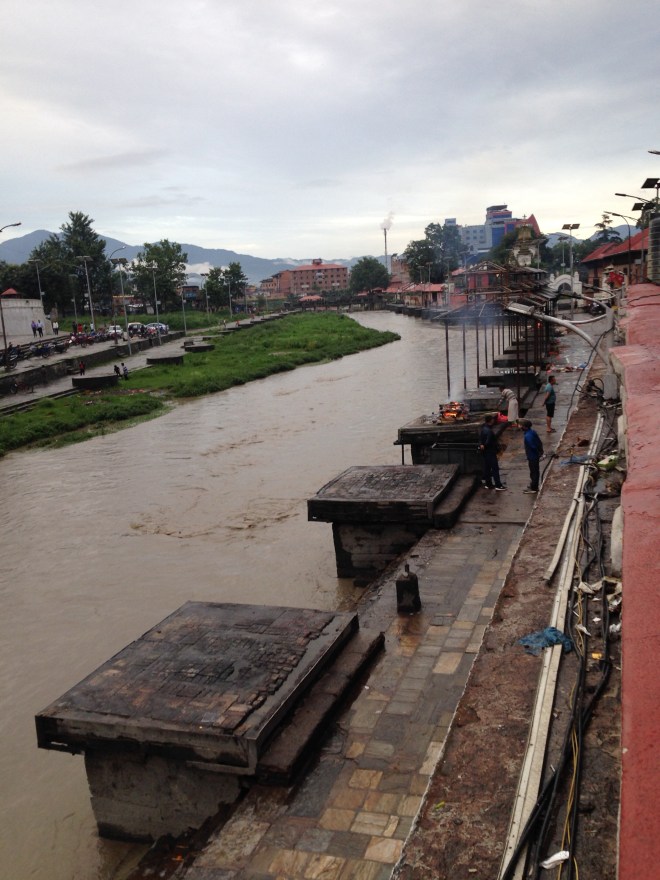
Interestingly, individual families cremate their loved ones. It’s not done by a professional. The cremation happens in open air at the river side, tourists and Hindu worshippers alike watching as families say their final goodbyes.

We watched as this cremation came to an end. If you look closely you can see a man with a stick pushing the remaining ashes and embers into the river below.
Just on the other side of a walkway were the slabs of concrete designated for higher caste individuals. To my eyes, they look exactly like the other slabs, they were just located farther up the river. There was also a body on one of those slabs not quite as far along in the cremation process as the one we’d just seen pushed into the river.
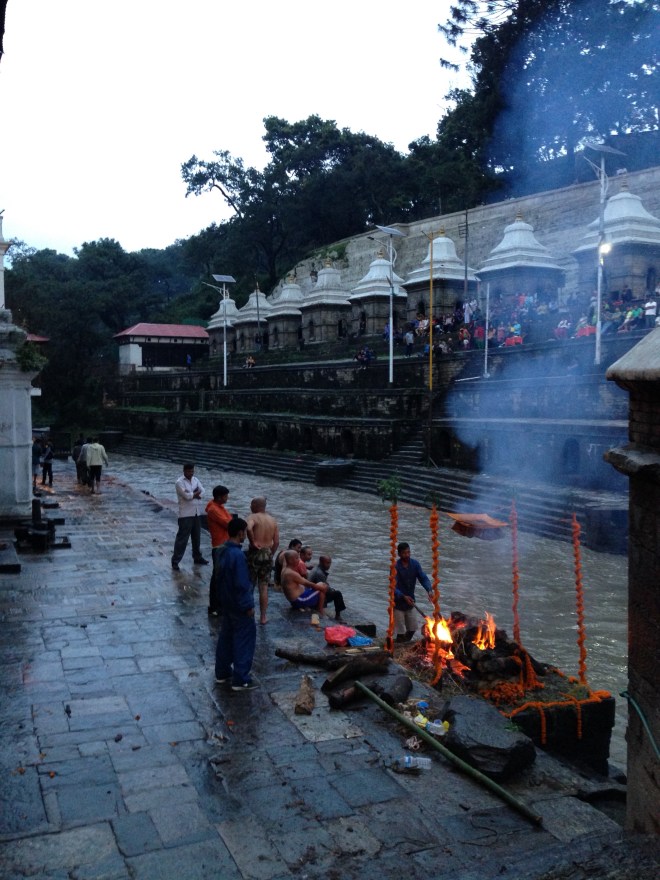
The decorations also show that this was a family of a higher caste. Interestingly, on the other side of the river is a group of people I’ll be telling more about soon. They gather every Monday evening to celebrate life.

A view of the cremation from the other side of the river, the temple behind it on the right with the gold roof.
As we continued our tour we passed by fertility temples where women make sacrifices in hopes of becoming pregnant. Next to each small temple a small version of the giant cow seen in the Pashupatinath temple looks inward.
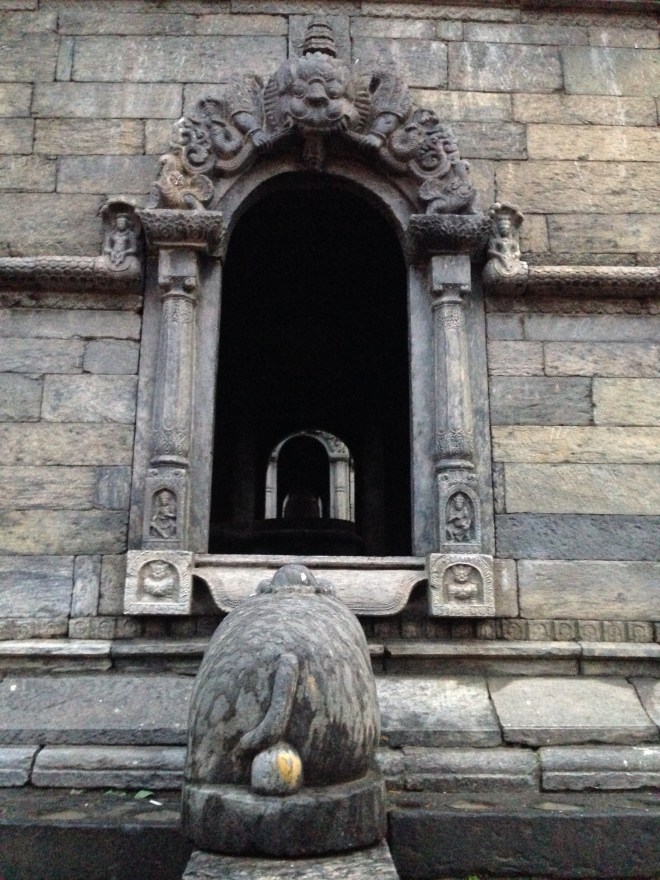
The backside of the cow looking in.
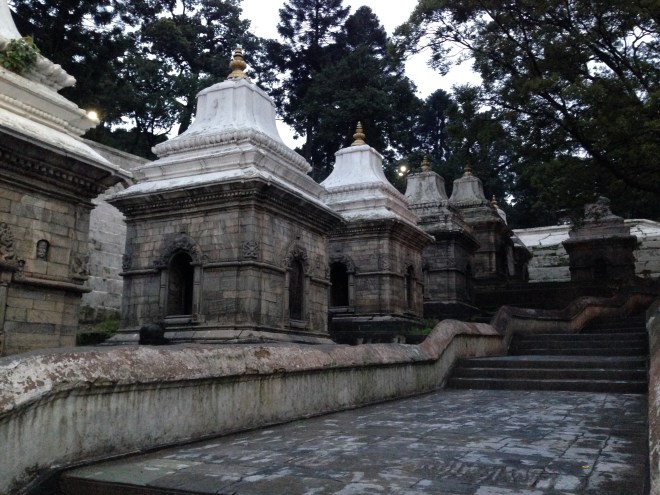
The fertility temples all in a row.
We continued up the stairs seen in the pictures above for a better view of the city and river.
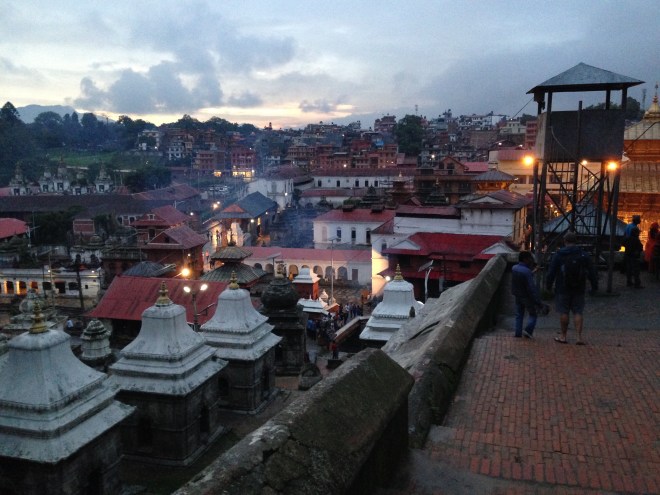
Kirk and our guide viewing the city from above at twilight.

A view of the temple, river, and cremation (by the river on the left). The building directly in front of the temple is the hospice care. It’s pretty crazy that you can go into hospice care and look out your window to watch the cremations of others who were just there with you. In many ways, life in Nepal is not as private as life in the U.S. Death is certainly no exception.

A more straight-on view of the temple from up high, the people below us are the group gathered to celebrate life.
The final place we went on our tour was back to the other side of the river bank to be onlookers at the celebration of life about to occur. Monday’s are considered Shiva’s day, and every Monday evening, worshippers gather at the river side to celebrate life and Shiva.
As the music began, we found ourselves captivated. First of all, the idea of a celebration of life happening directly across from embers still burning with death was a notion we’d never considered could happen. Second, this was a completely new experience and we were fascinated to see what happened next.
Music began playing and everyone stood. At first only a man sang. The music was slow and drawn out like a chant at a monastery or a Muslim call to prayer, but as it continued on, the beat grew faster, people joined in singing and clapping, dancing broke out, and handheld chandeliers were lit with fire as three men in the front waved them around in syncopation. We stayed for several songs, watching the different movements the leaders made with the chandeliers, unsure exactly what they meant. To our left a Hindu “guru” dressed in all orange who was incredibly high, danced around close to the water’s edge. Another guru lay in the middle of the concrete on the other side of the river, arms and legs spread wide, completely unaware of everything going on around him. (This is another aspect of hinduism we were confused about. The gurus of the faith are allowed to use marijuana freely. We were told many young men become gurus for this reason. Marijuana is illegal in Nepal except for the gurus and single day festival that happens once a year in which anyone can got o the temple and get high legally. Fascinating right?) All the while, fellow groups of tourists were beside us, some of us trying to figure out exactly what was going while others sang and cheered along.
Kirk and I stood to the side whispering confusion and enthrallment – we’d never seen anything quite like this and we couldn’t take our eyes off of it. Dancing and celebration of life in front of us, the smell of burning body around us, the sound of cheer and joy in our ears, and the flames of death beside us as a very high guru danced feet away from us.

Our view of the celebration
After a few songs we decided to leave before the crowd was released from the service. We hopped in a cab and spent the rest of the evening discussing everything we’d seen. You can learn about other religions in a textbook, but witnessing parts of them in action is a completely different experience. I couldn’t help but wonder what someone from that celebration of life would think of a modern day church service in the states. It would probably be just as foreign to them as this was to us. It was certainly worth the experience!
Finally, on to the food :). I’ve never seen or eaten at a Nepalese restaurant at home, so as we entered the country, I was unsure what to expect. As it turns out, the food is similar to Indian food with a variety of curries and rice dishes available, though because the country is majority Hindu and Hindus believe cows are sacred, beef is nearly not found in the city. Instead, a choice of chicken or water buffalo meat is served at all non vegetarian restaurants. Buffalo is the cheapest meat on the menu and though it’s a bit gamier than beef, it’s a nice substitute.
My favorite food we discovered was a type of dumpling called Momos. I don’t know how there aren’t momo stands all over the U.S. (surely they’ve caught on in some of our bigger cities?). These dumplings come steamed, pan fried, stirred in a chili paste, served in a soup, or dropped in a bowl of thin flavorful sauce. The inside comes with a variety of mixtures of meat, veggies, and paneer (a very common lightly flavored cheese in Nepal and India). I ate different momo’s nearly everyday and was not once disappointed. They are cheap (around $1 for 10) and the outside texture is al-dente noodle like – so yummy!
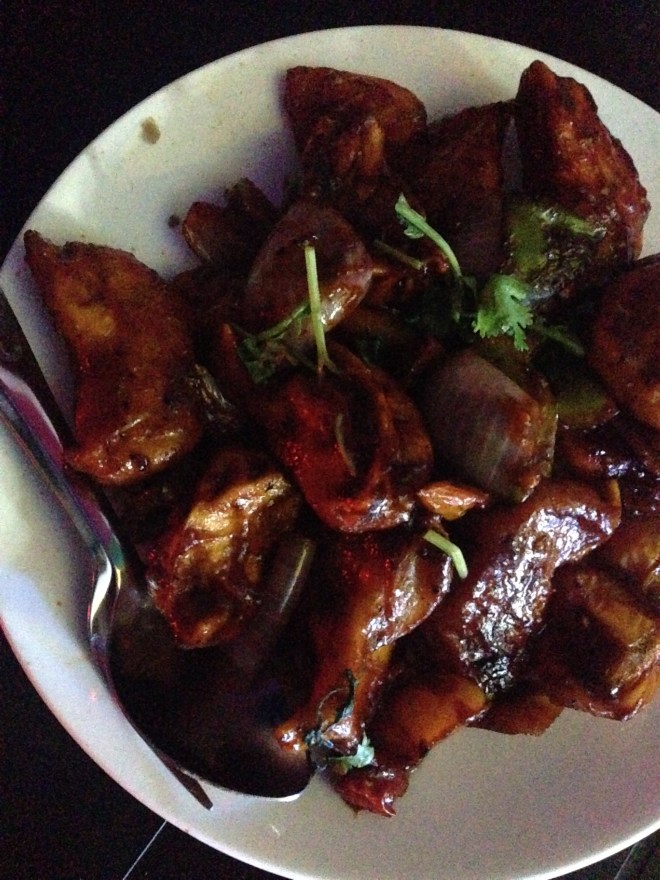
Not a great picture, but these are the first momos we had. Buffalo stuffed “chilly” momos. They came panfried in the chili sauce with bell pepper and onion. If you have a chance to try them, do it!
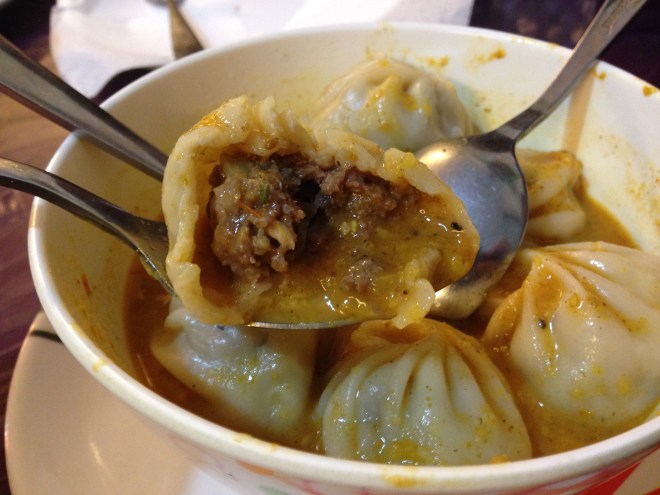
Another type of buffalo momo that we had served in a soup-like thin spicy sauce. We had these on our last day in Nepal and they were some of my favorites.

Steamed momos with dipping sauces.
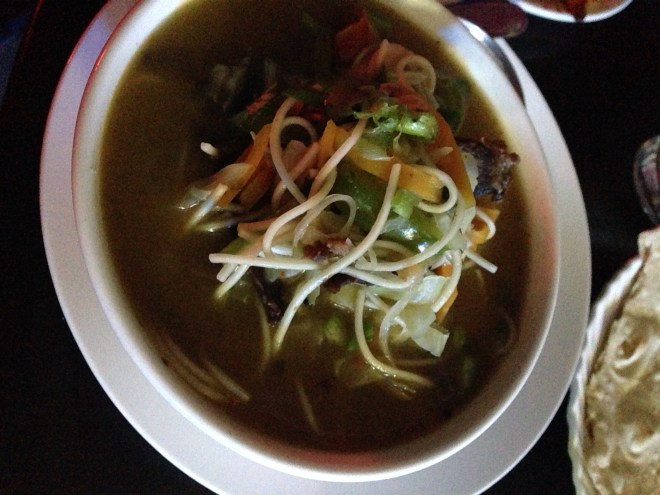
A common noodle soup n Nepal called “Thupa.” I didn’t love it as much as our Vietnamese and Thai noodle soups, but it’s still worth trying.
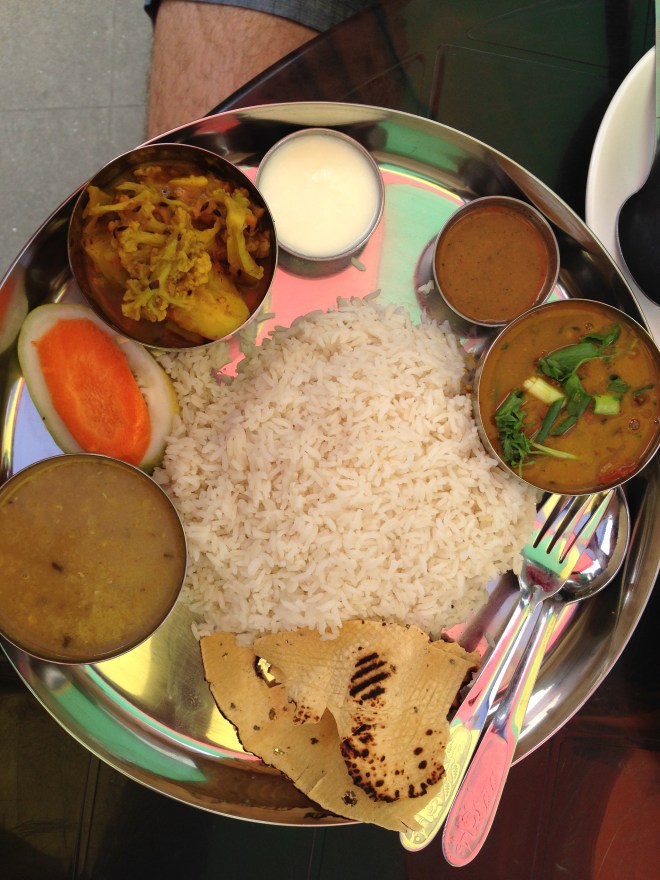
“Thali” an unending tray with multiple samplings. This seems to be the most common meal in Nepal. The soup on the left is “Dal Bhat” a curry lentil soup that has become famous for trekkers because of it’s price, filling powers, and protein. On the trails in the Himalayas, you can order this meal and they will refill your plate until you are full. The other two larger bowls have different types of curried veggies, though these are all very light, easy to eat curries. The darker small bowl is a dipping sauce and the white one is yogurt/curds – the yogurt is very helpful in eliminating the heat if the dish is too spicy.
One day while walking down the street we noticed a sign for a rice festival the next day. Though we are still unsure about the purpose of it, apparently on that particular day everyone has the rice dish below – beaten rice with bananas and yogurt. The beaten rice is crunchy and granola like. We’d made some friends by going to the same restaurant everyday and they offered this to us at no charge to get a taste of their culture. 
It was tasty enough – not so different than yogurt and granola back home.
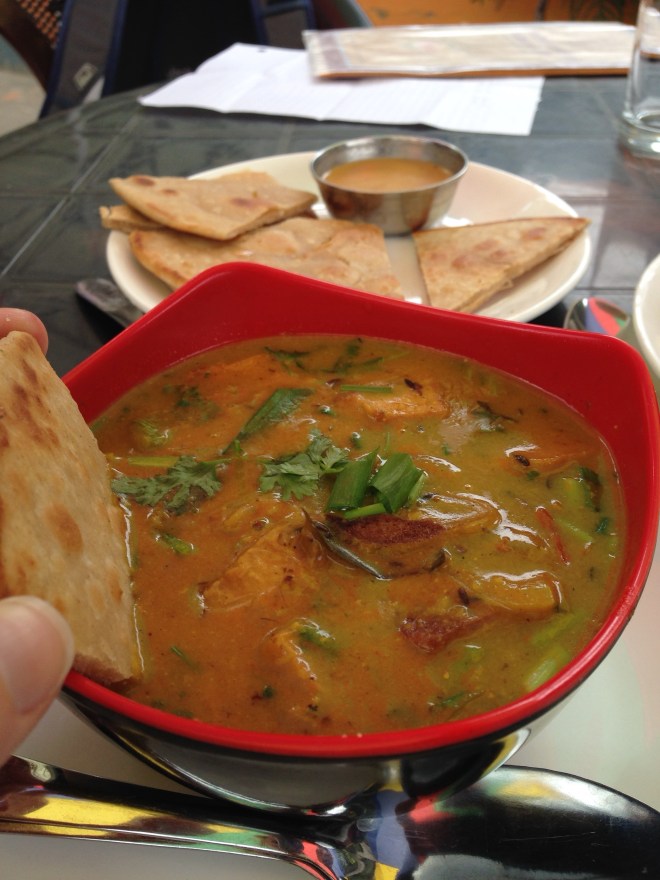
Another thin tasty curry with some of their traditional bread.
Another day while walking down the street around lunch time we passed some interesting looking street food and opted to take a chance. It looked so strange, but was so delicious, and after being certain than it didn’t make us sick, we returned again.
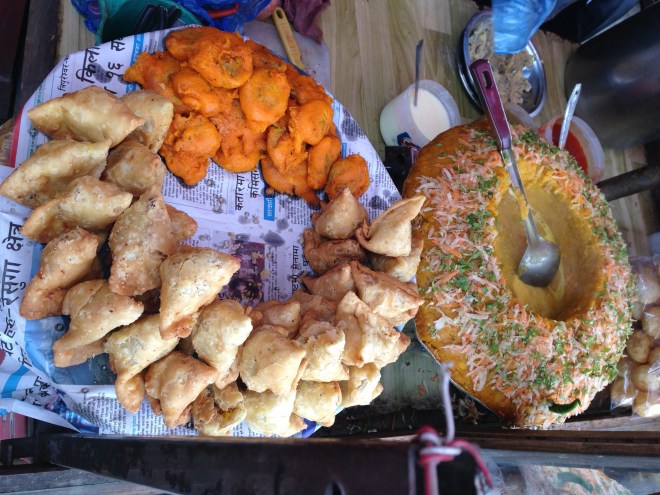
The man would take a bowl and crush fried bread in the bottom along with a couple of those orange looking patties. Then he’d dip out some of that orange soup and top it all with onion and cilantro.
The final product:
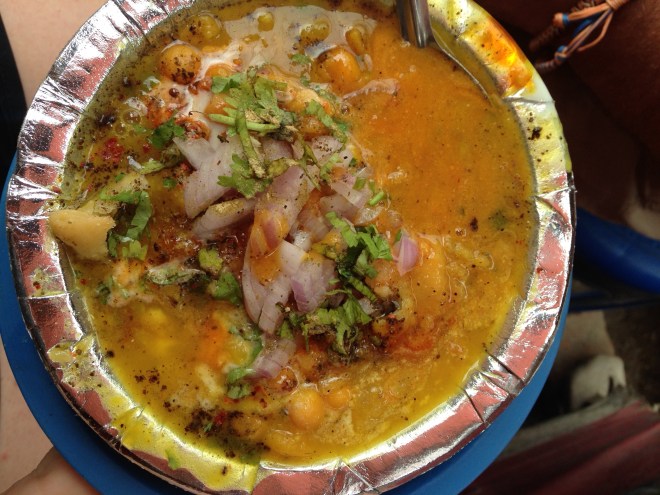
It turned out to be a spicy chickpea/potato curry soup. The look kind of grossed me out because I kept thinking about egg yolks 😂, but the mix of flavors won me over on the first bite. We also got some spicy samosa with a sweet dipping sauce on the side. Afterward we headed over to a lassi stand for dry fruit topped yogurt drink. Yogurt is so good after a spicy curry!
The next dish is not particularly Nepal related, but I certainly want to remember it. After being blown away by the Chinese noodle soups we had in Hong Kong, we were pleasantly surprised to find three Chinese noodle places next to our hotel in Kathmandu. Spicy, brothy, and noodley, with a crazy mix of herbed, spicy, and pickled flavors. I’m sure it looks weird, but all I think of when I see the picture are the flavors engrained in my memory :)!
And speaking of memories, one night while we were eating our noodle soups we watched as everyone else in the restaurant (nearly all Chinese individuals) gathered around a television there to watch wrestling… and not just any wrestling, WWE wrestling 😂. I knew plenty of people love it in the States, but I had no idea it had made it to other parts of the world! They were so into it, screaming at exciting points and imitating certain moves they liked… then, as it often does, the power shut off on the whole block! They all scrambled to get a laptop and hotspot together and soon had it back on as they all gathered around a tiny screen to watch. It was pretty fantastic to witness 😊.

I thought this one was worth posting because it has buffalo meat in it- that was certainly different than soups we had in Hong Kong! We also had a spicy ginger wonton soup that was fantastic!
Our final day in Nepal we made sure to go back to what had turned into our favorite restaurant during our time there. It’s called “R3 Brothers Motherland Restaurant” and it is run by three brothers whom we now call friends. They taught us a lot about life in their city and gave us great tastes of local food :). We stopped by right before we were leaving for the airport for morning tea and caught them in the middle of their morning rituals. After blessing each other they walked over and put a tikka (the red dot) on each of our foreheads, saying it would grant us safe travels. They actually did this on another occasion as well, after they shared the rice festival dish with us. We accepted it as a gift that they wanted to give us and took a group selfie before we left. These freely offered gifts of rice, tea, and blessings were emblematic of the hospitality and generosity we felt throughout the country. Combined with the beauty of the mountains and hiking opportunities, there are plenty of reasons we look forward to returning to Nepal in the future.
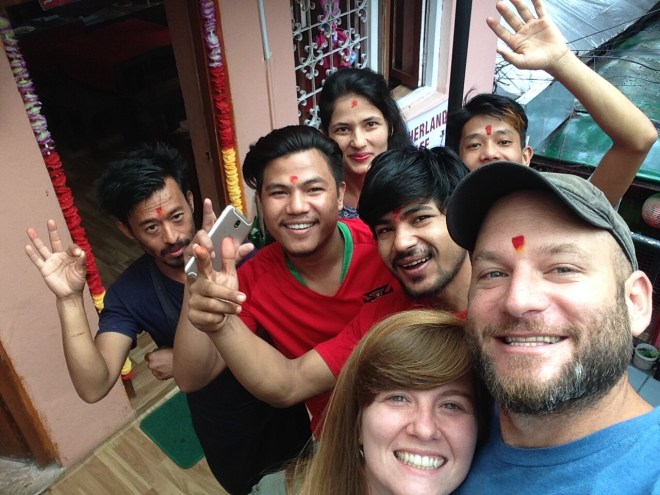
Such kind folks!
I leave you with a picture of the day we gave in and bought surgical masks (which happened to be the other day they gave us a tika).
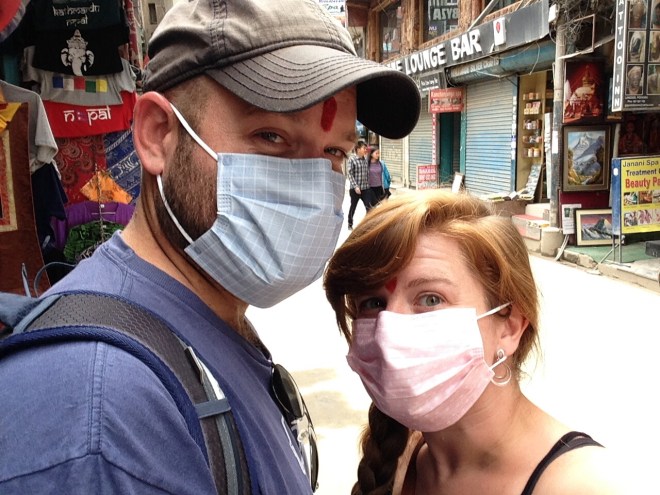
Next up, India.

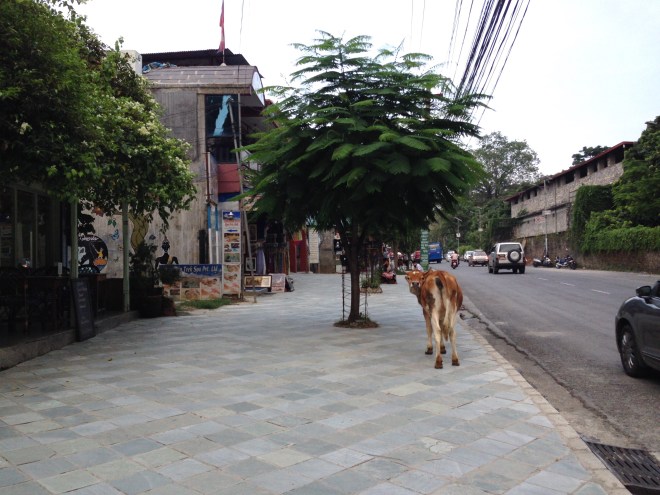


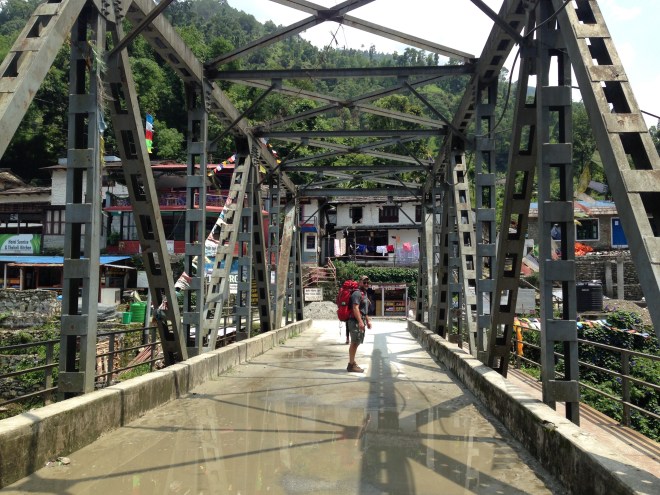

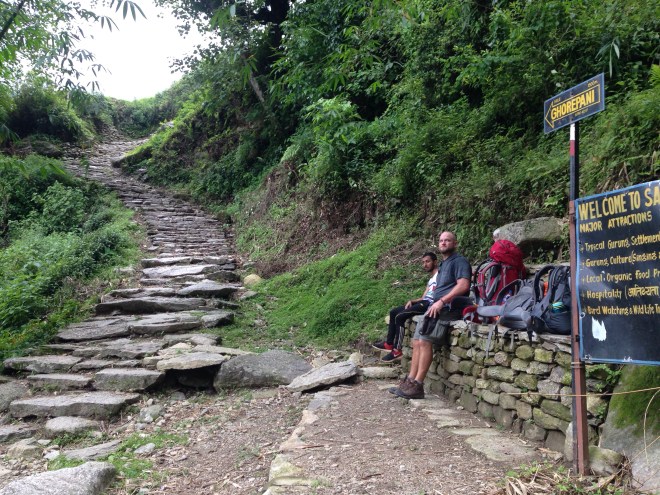
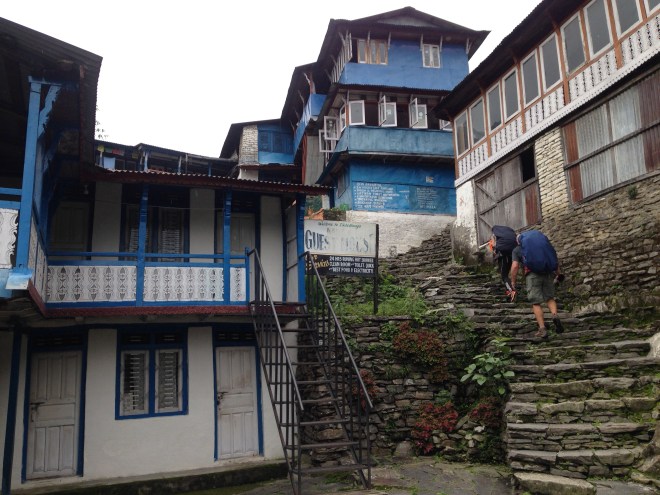
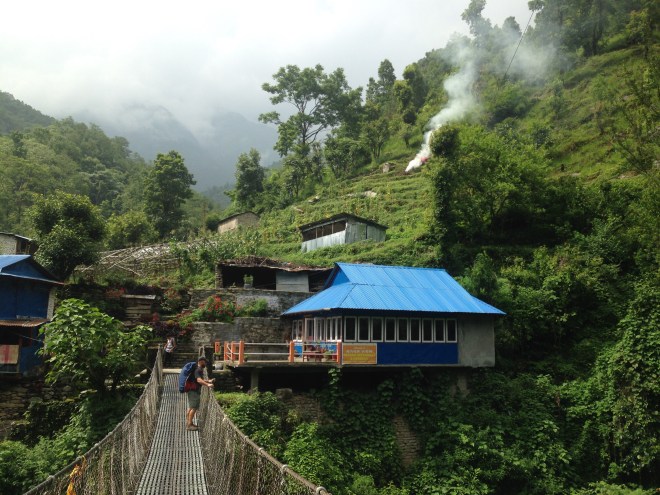


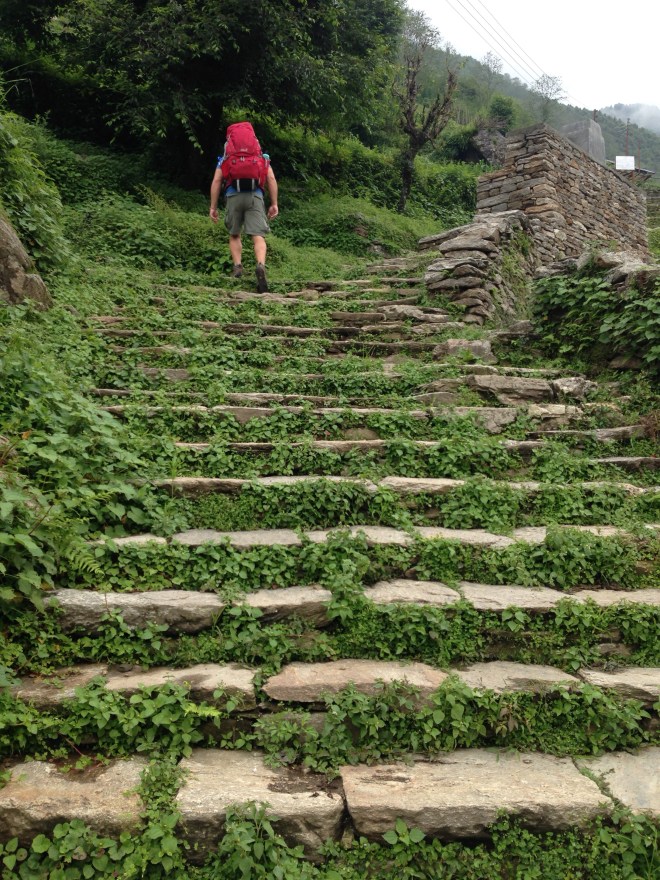
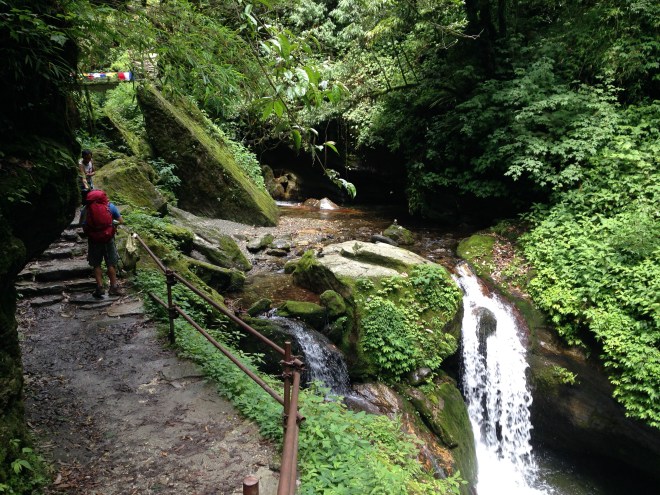



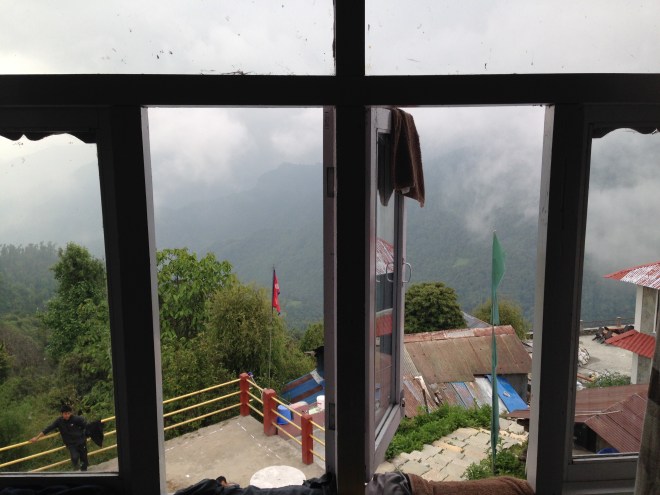

 One of our first views from the top – it may not look like much in the picture, but those peaks you can kind of see here were grandiose as they stood before us in real life. Looking at those mountains from around the 10,000 feet above sea level mark to which we had hiked, we recognized that they still towered above us by an additional 15,000 feet, able to be seen even though we were miles away. It was unbelievable and breathtaking to consider and see.
One of our first views from the top – it may not look like much in the picture, but those peaks you can kind of see here were grandiose as they stood before us in real life. Looking at those mountains from around the 10,000 feet above sea level mark to which we had hiked, we recognized that they still towered above us by an additional 15,000 feet, able to be seen even though we were miles away. It was unbelievable and breathtaking to consider and see. 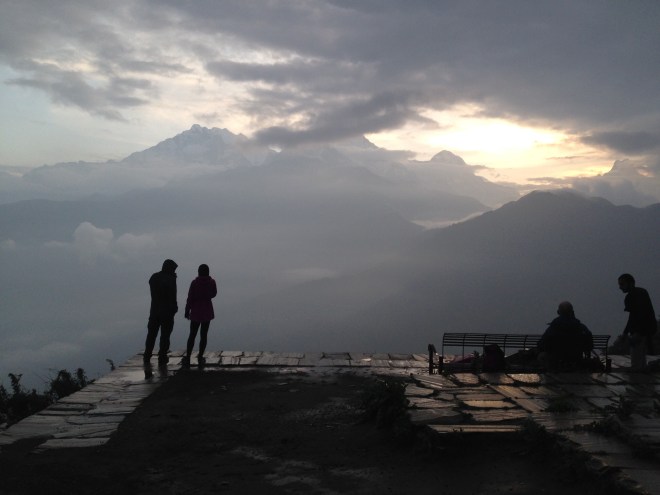
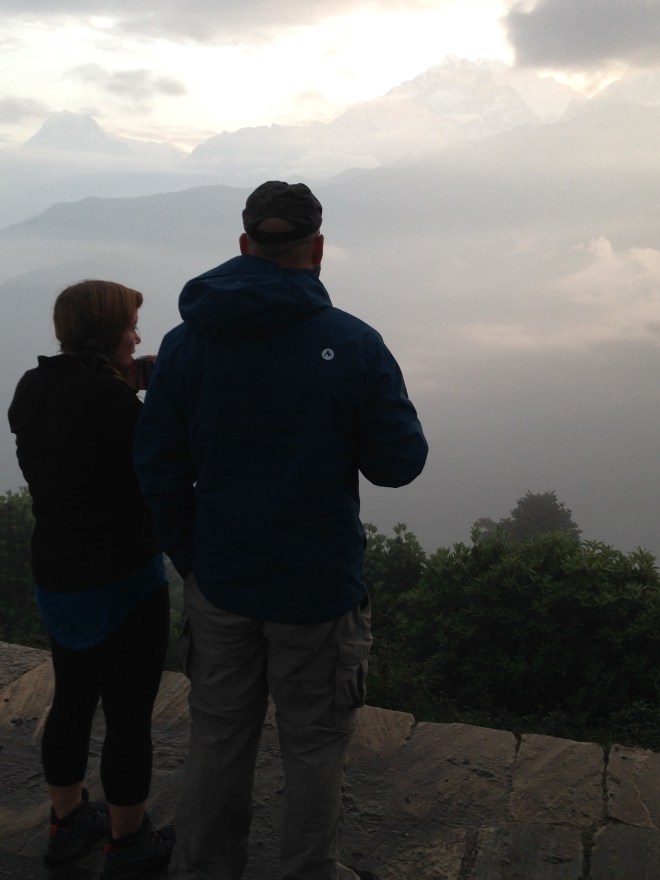
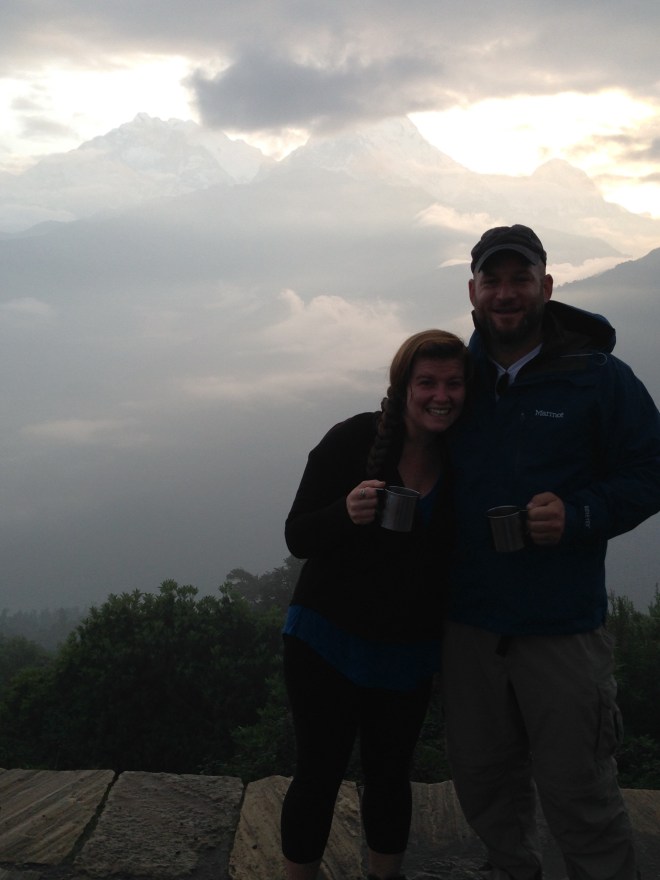
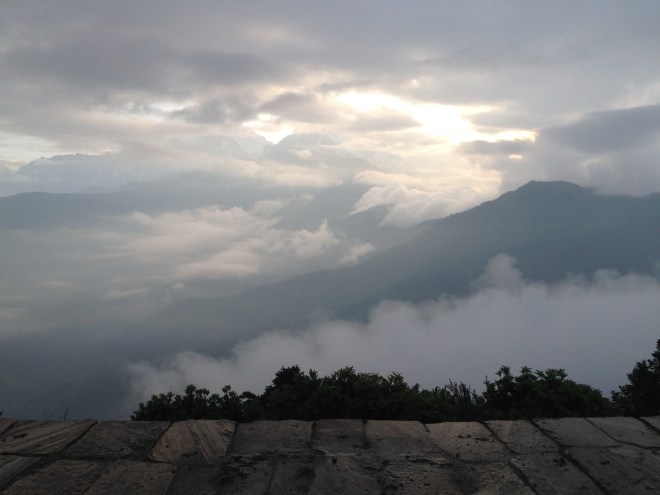
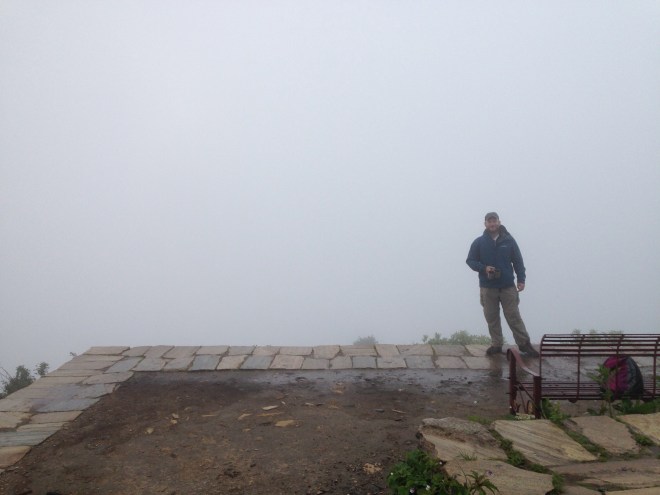

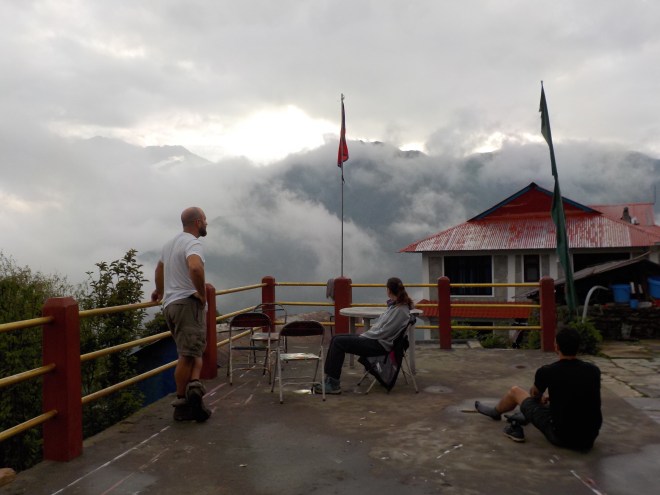
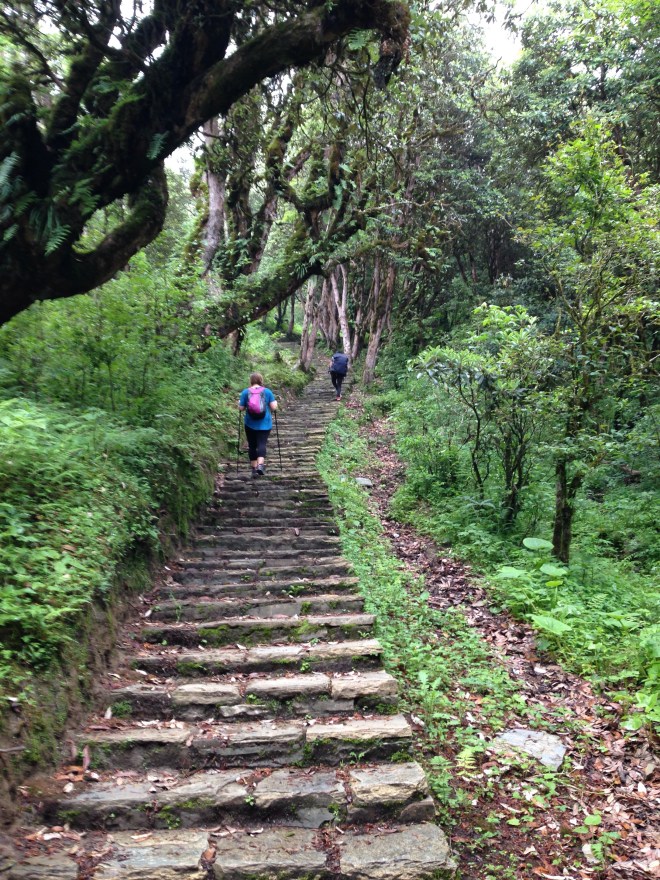

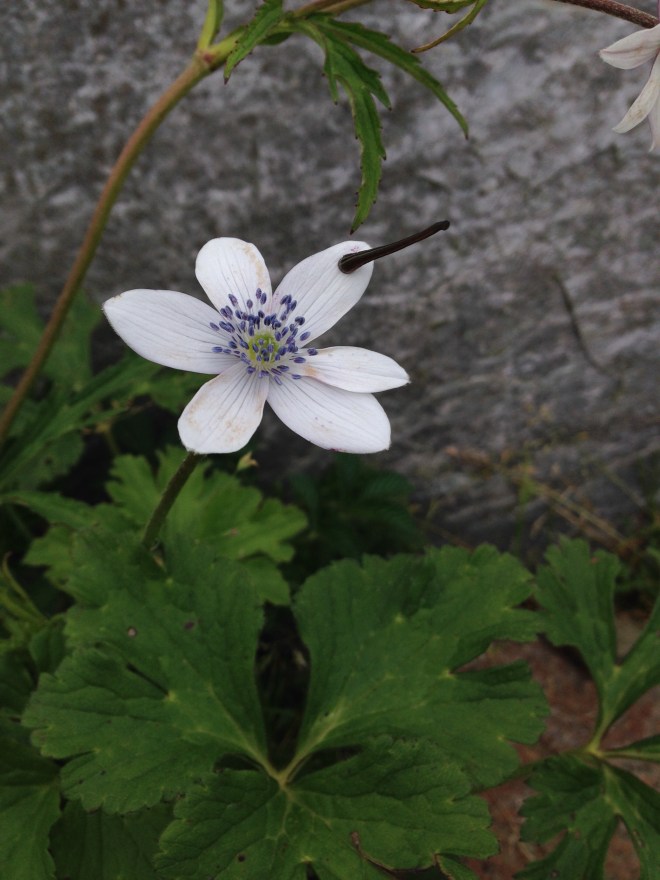

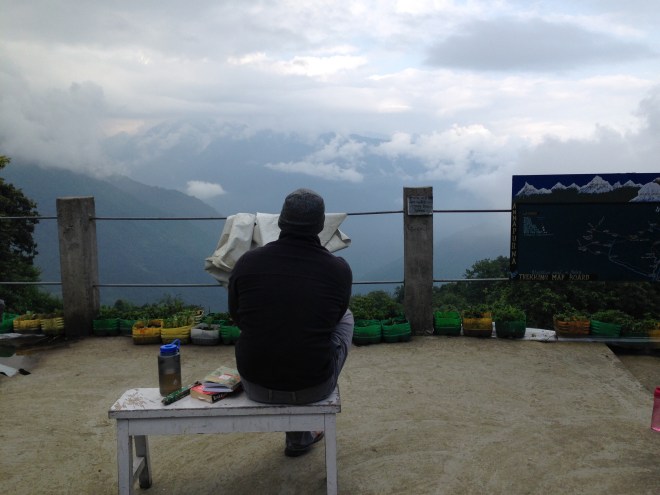

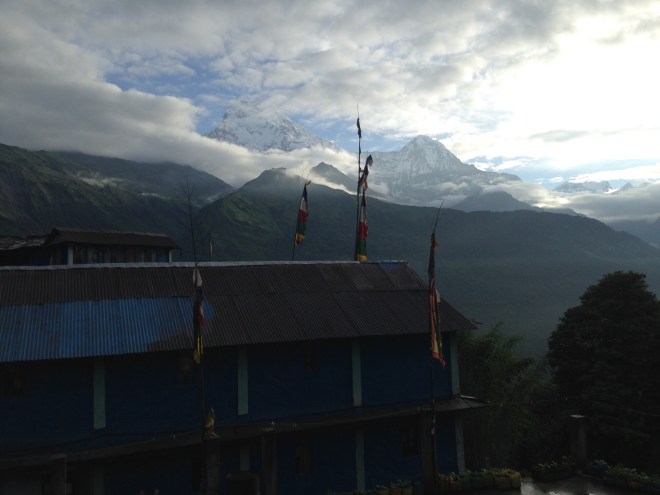


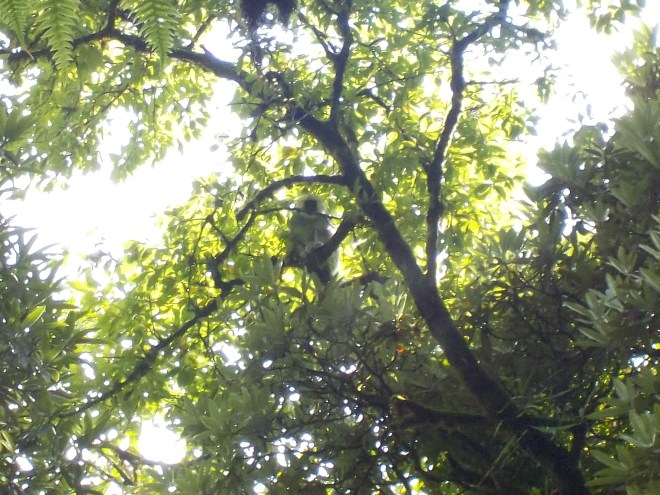
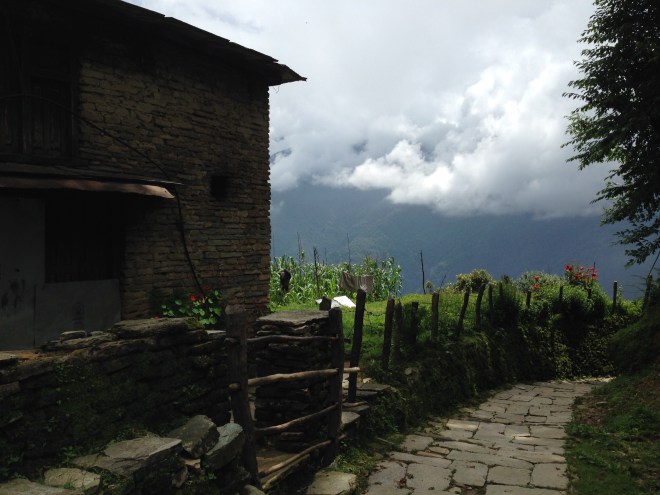

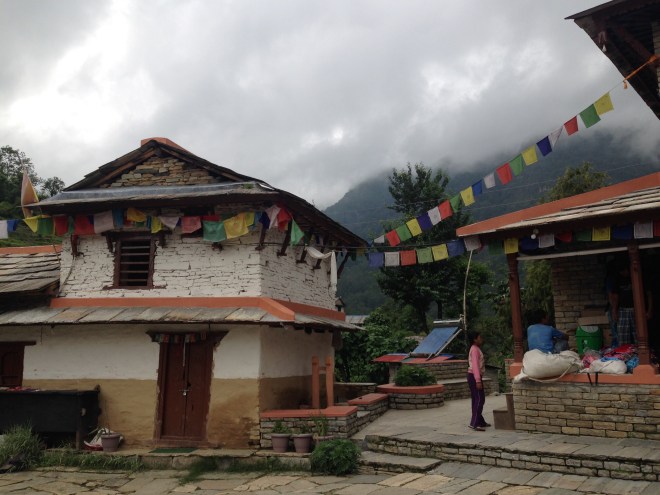




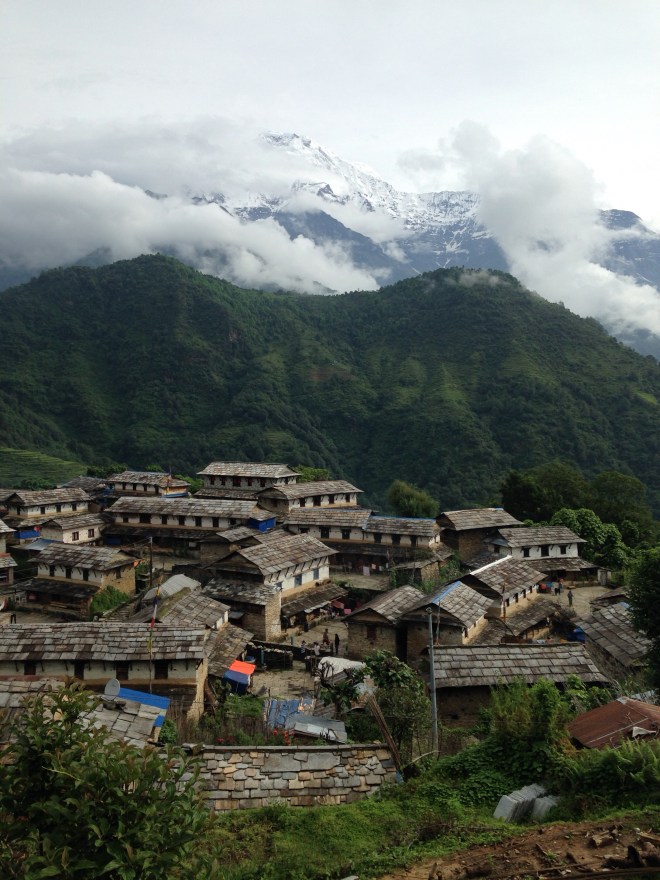
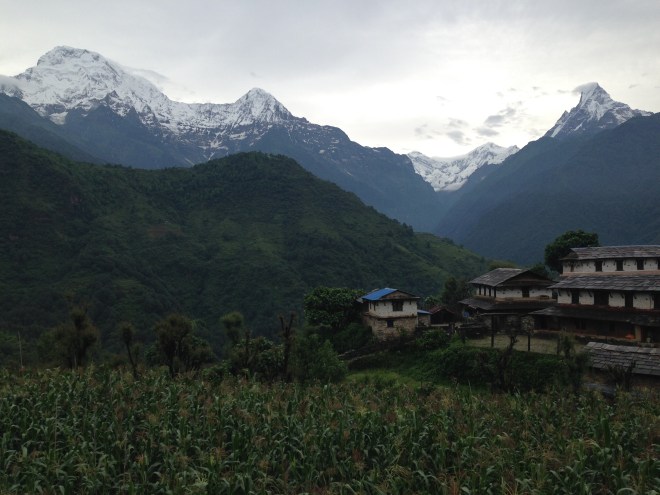




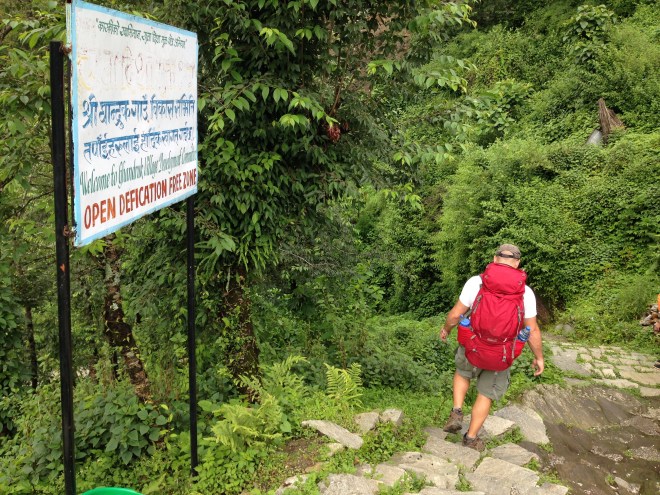


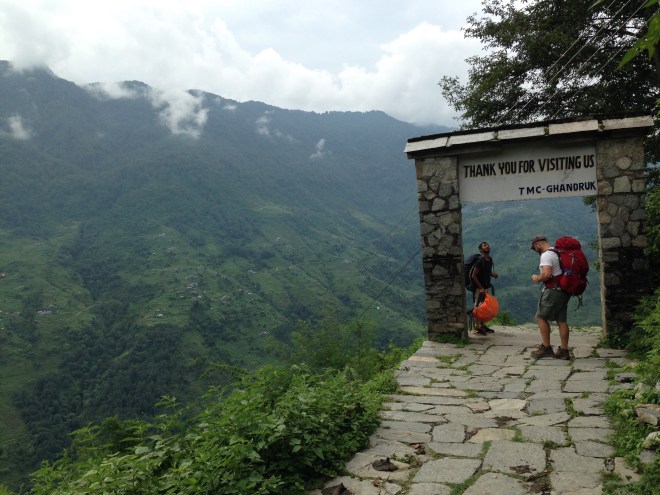

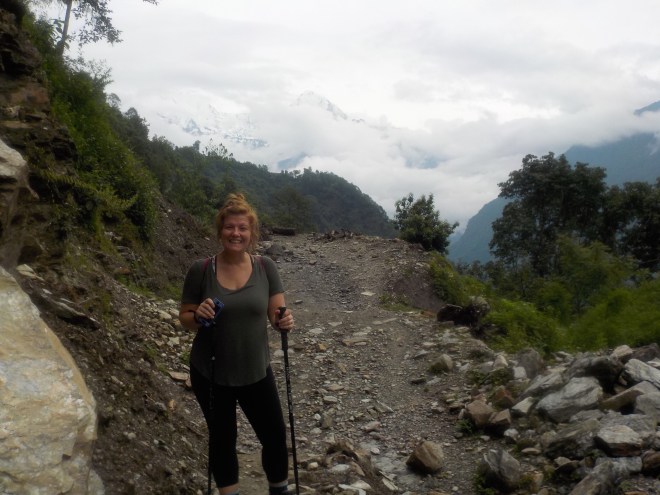


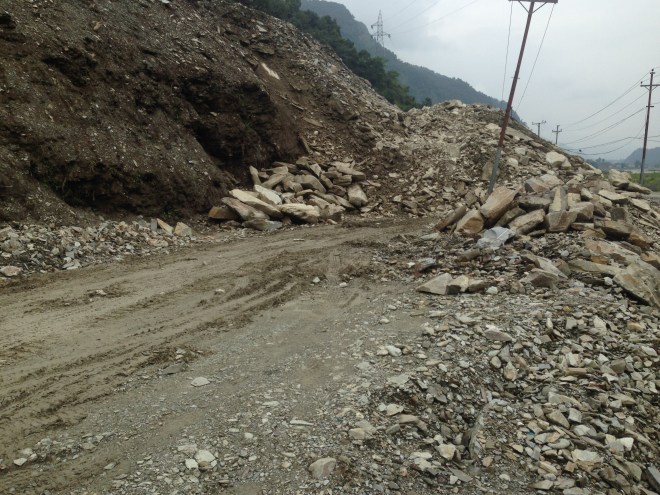







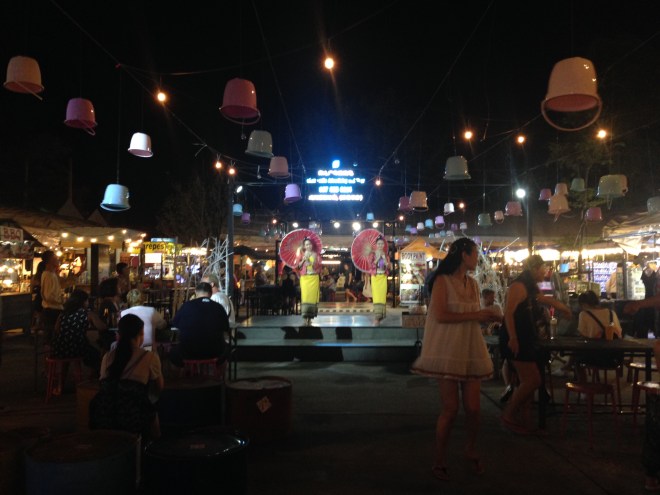




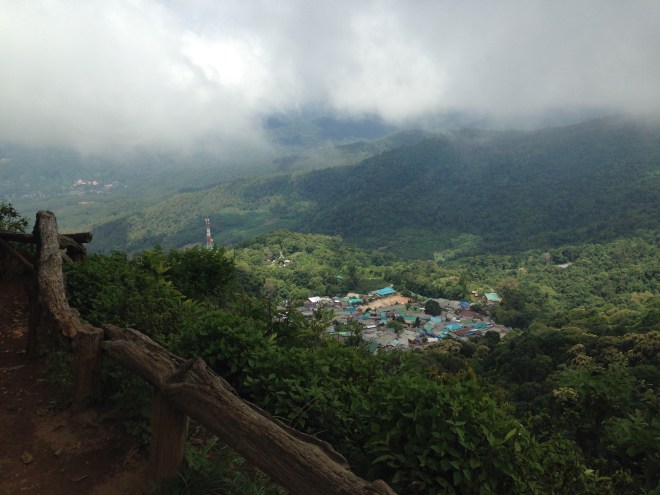
 Kirk, exploring around the lookout.
Kirk, exploring around the lookout.
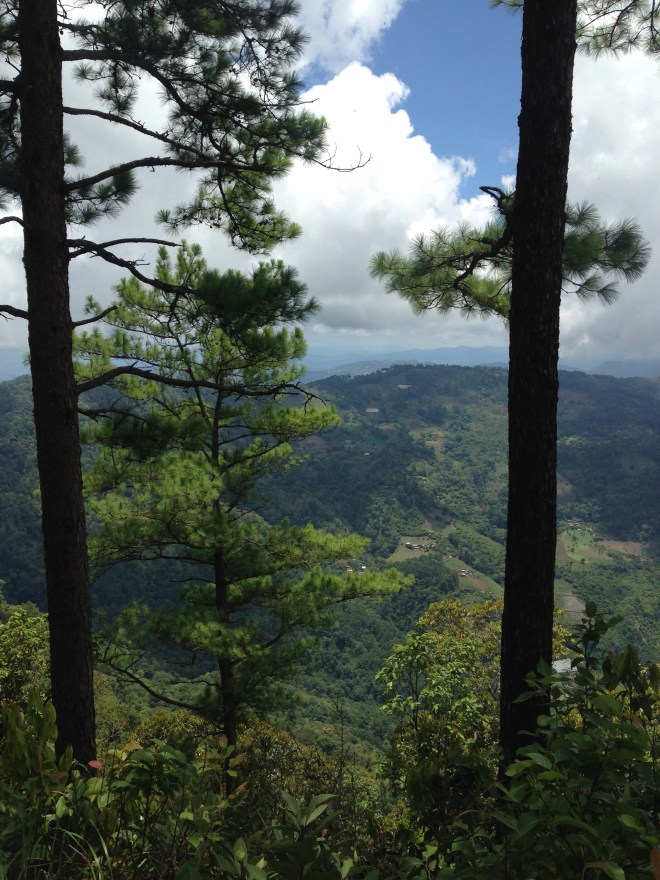

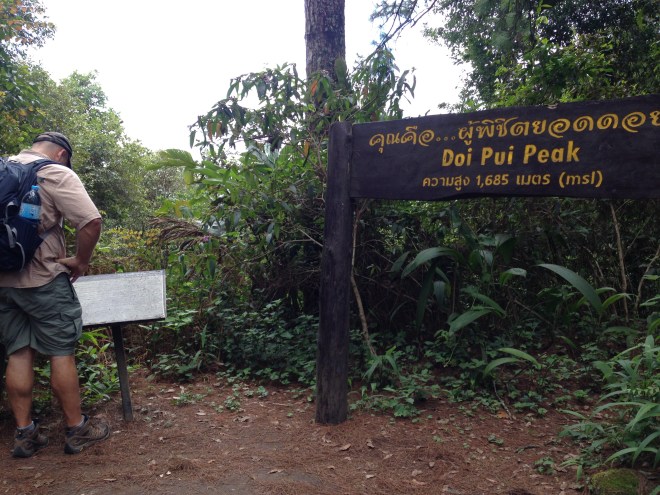 After hiking to that viewpoint, we saw a sign pointing toward the highest point on the hike. Assuming it was also a viewpoint we headed up, only to find a sign marking the highest point 😂.
After hiking to that viewpoint, we saw a sign pointing toward the highest point on the hike. Assuming it was also a viewpoint we headed up, only to find a sign marking the highest point 😂.

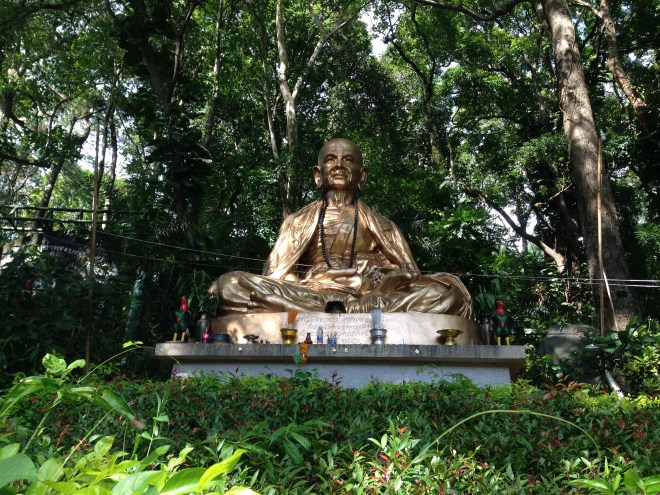



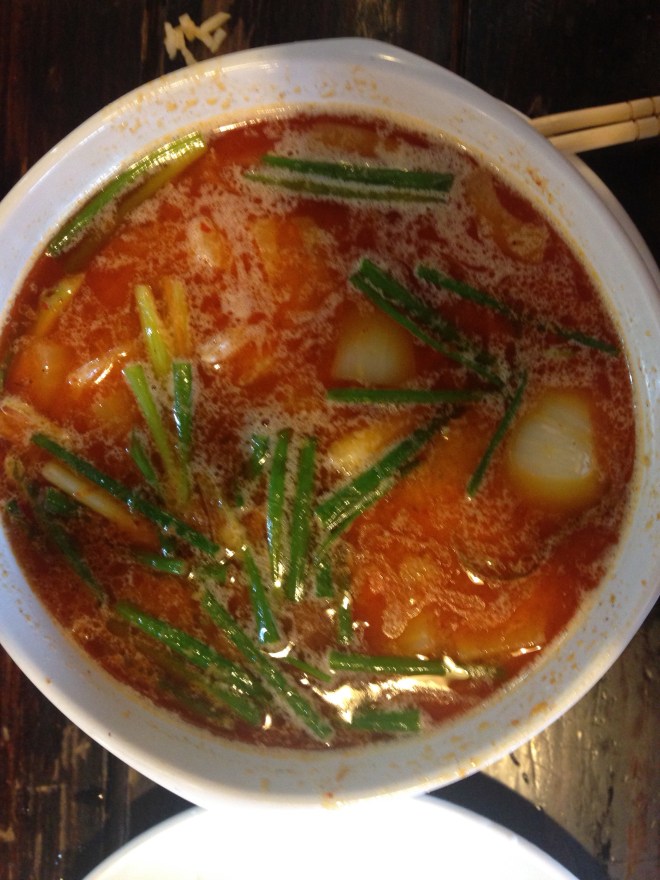
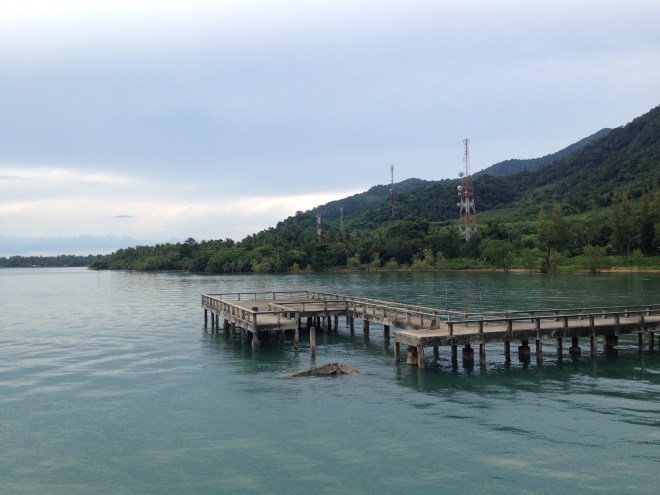
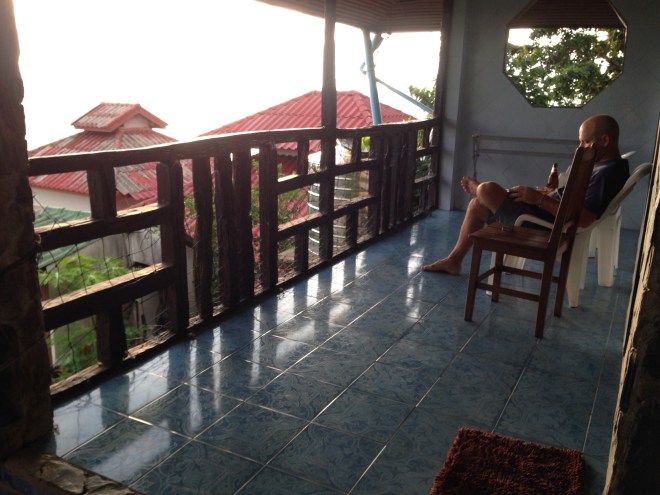
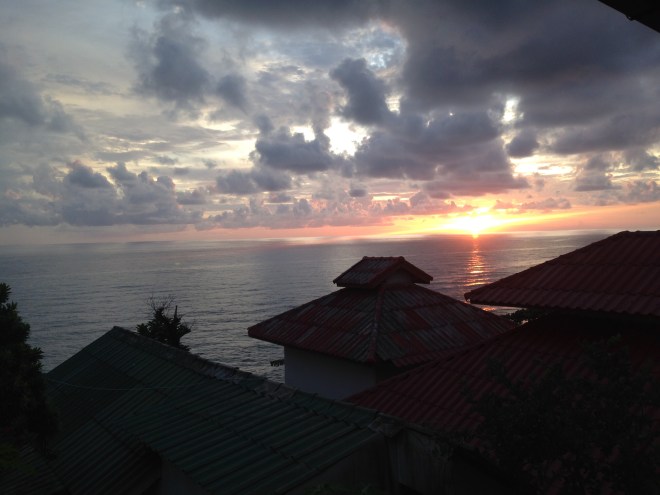


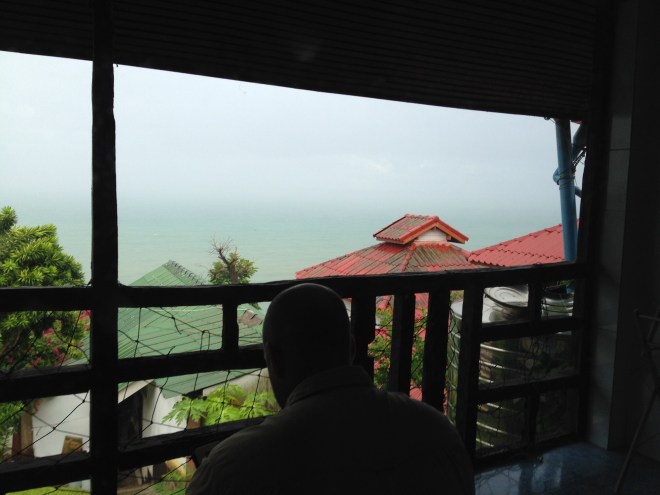






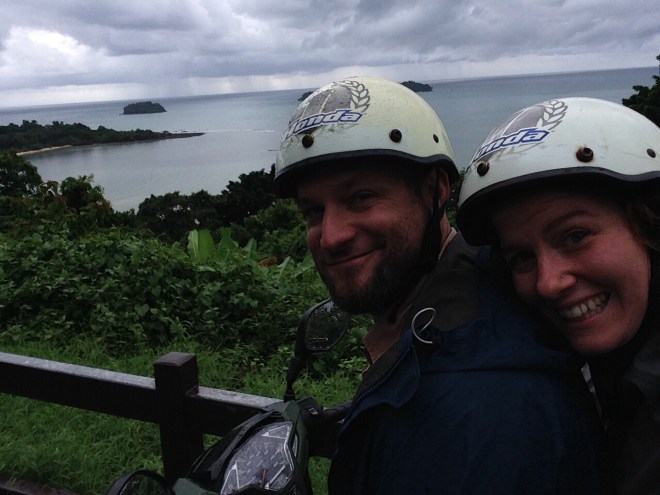

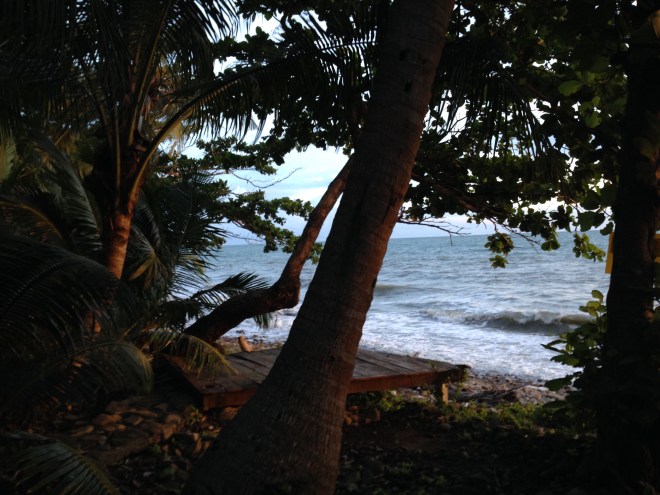





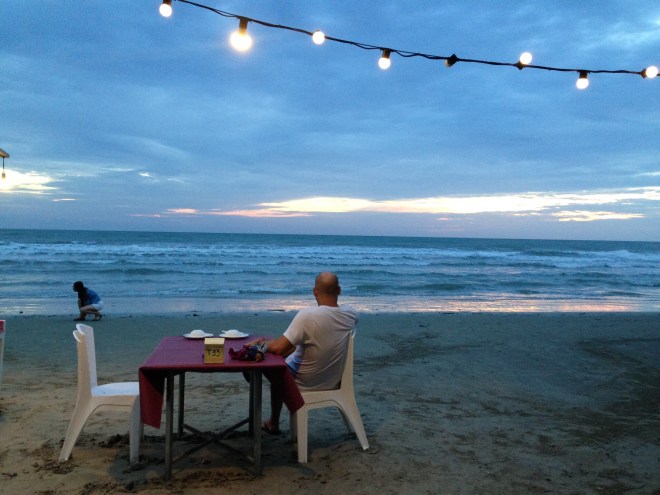

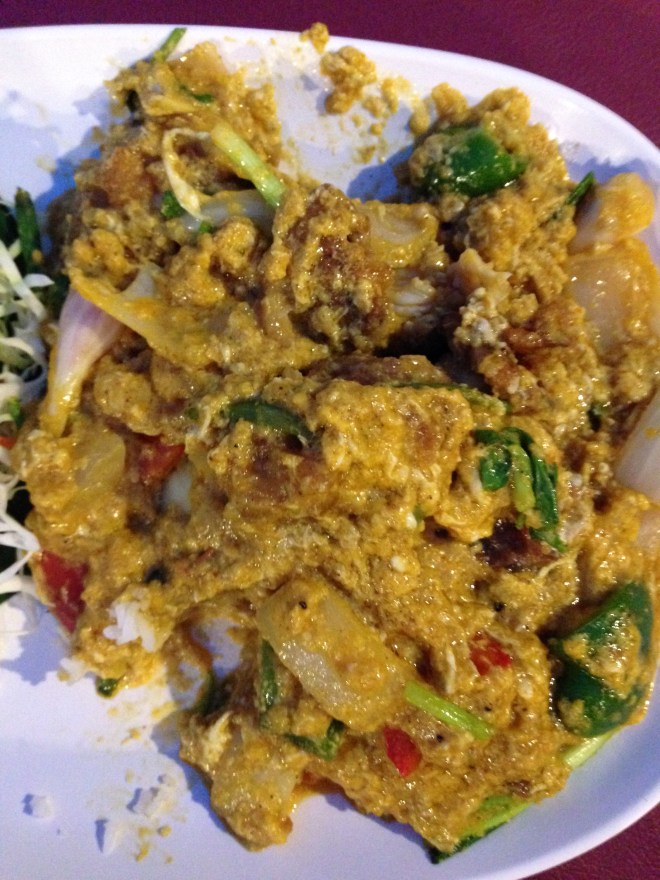


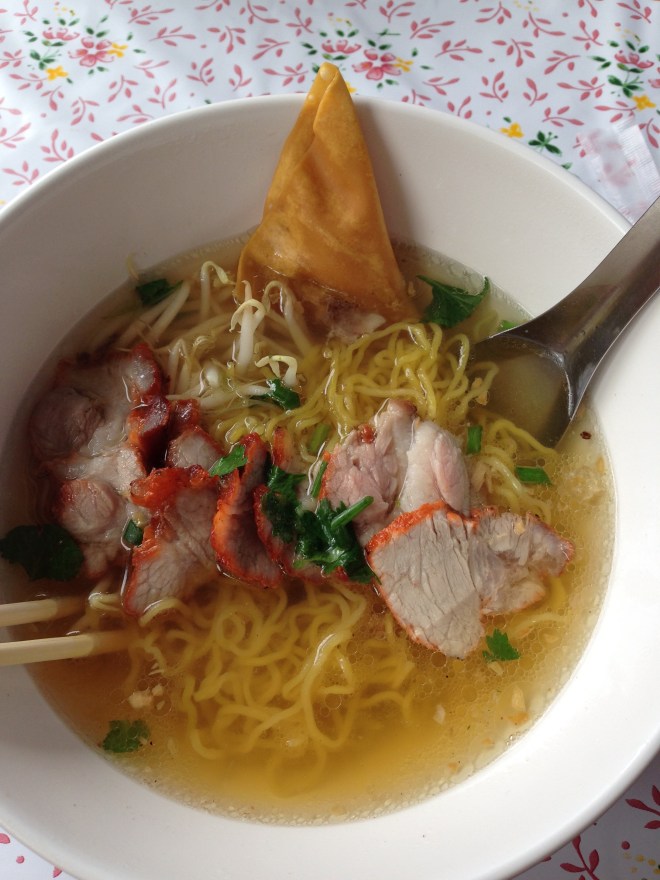
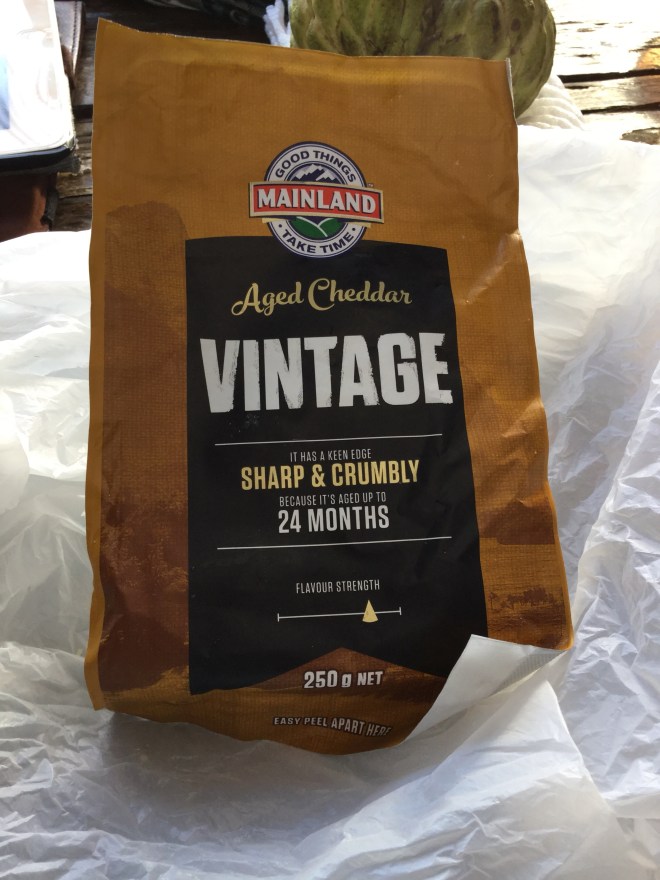
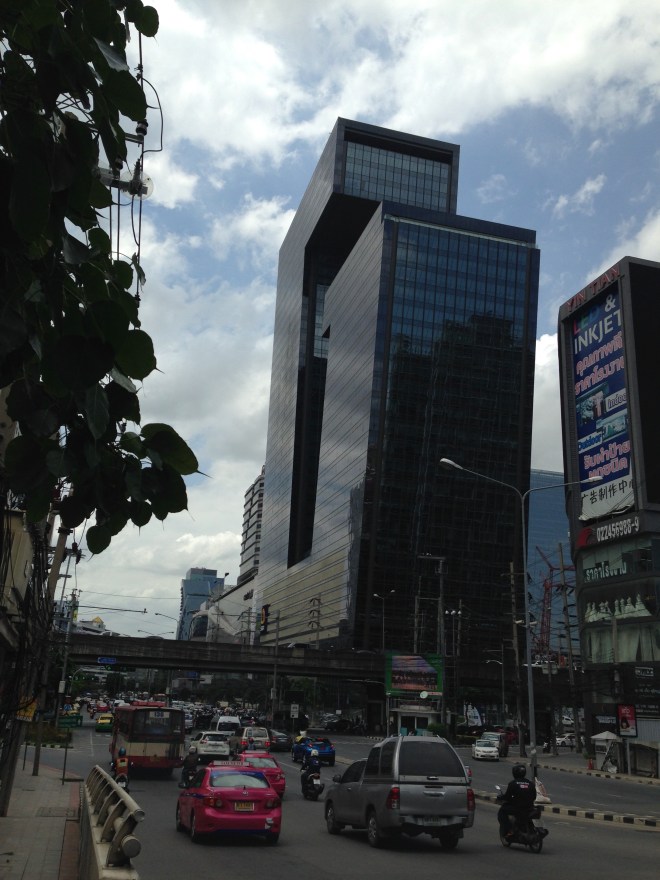
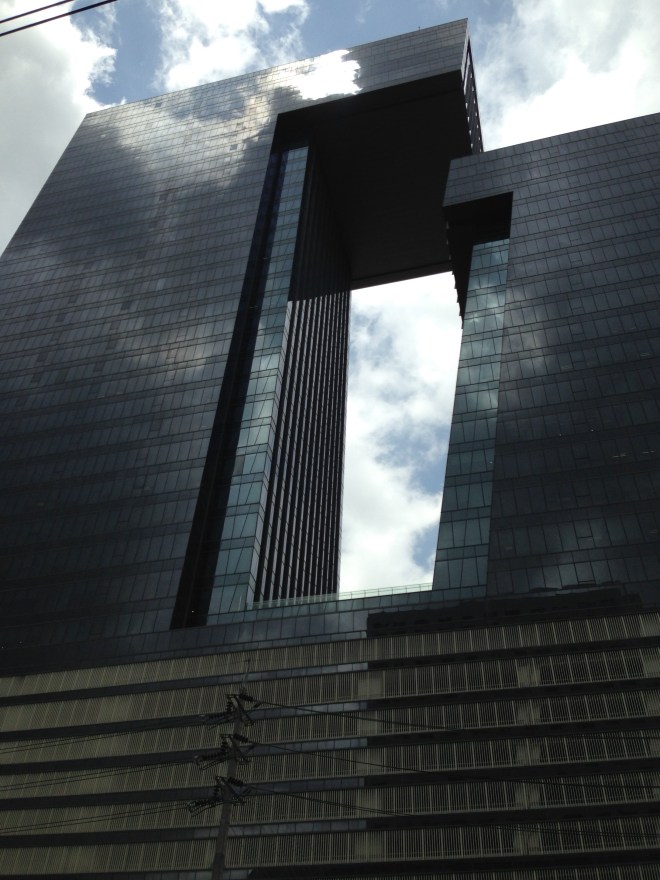

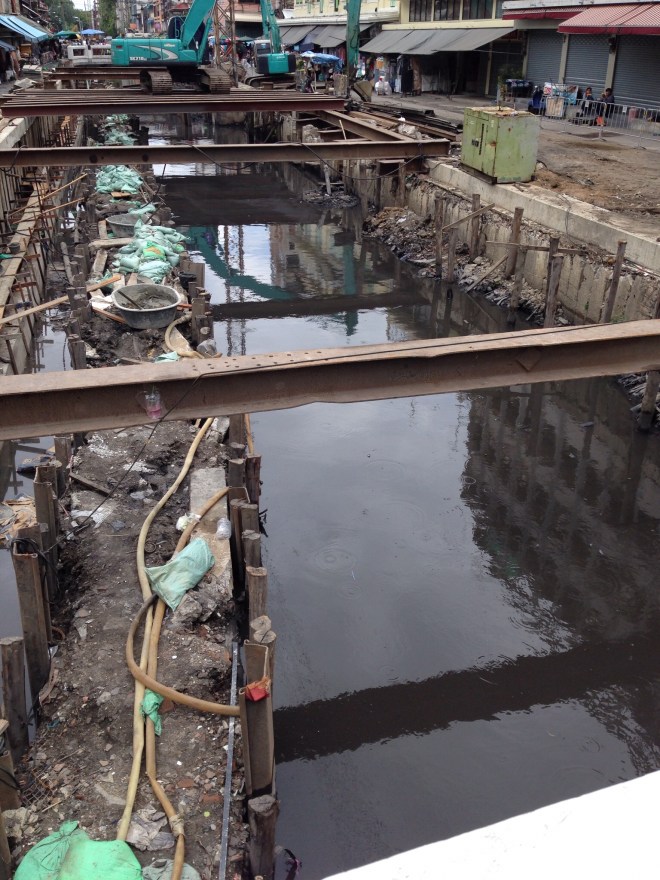

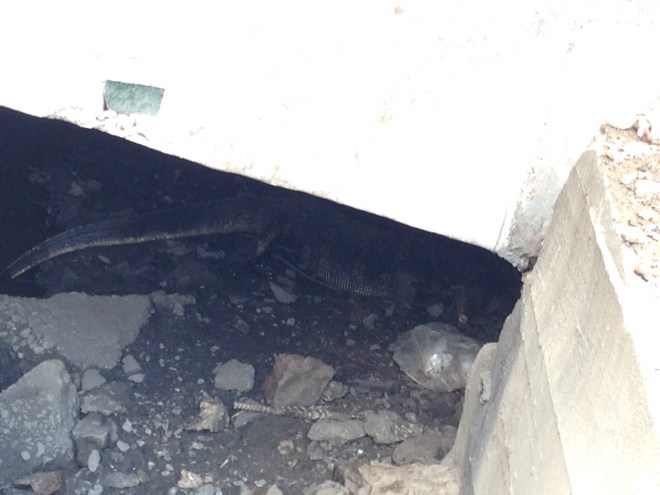
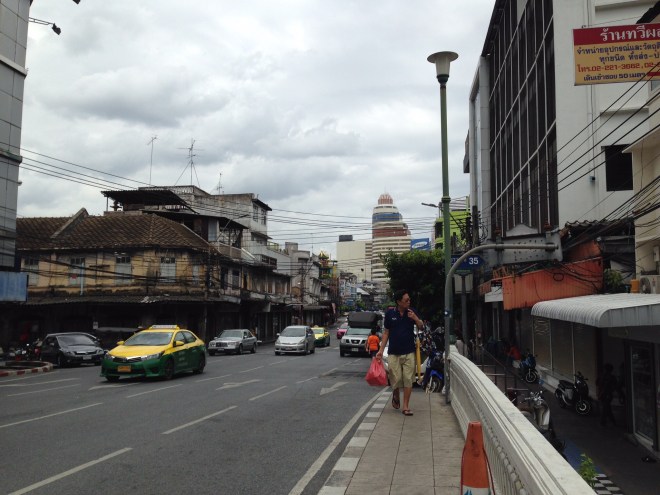
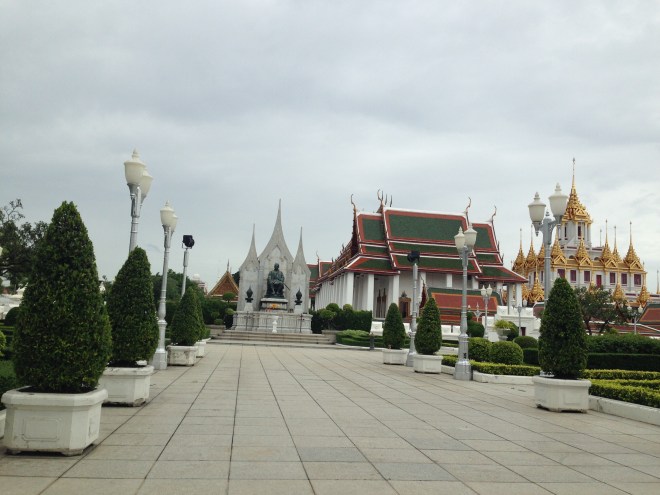 —
—
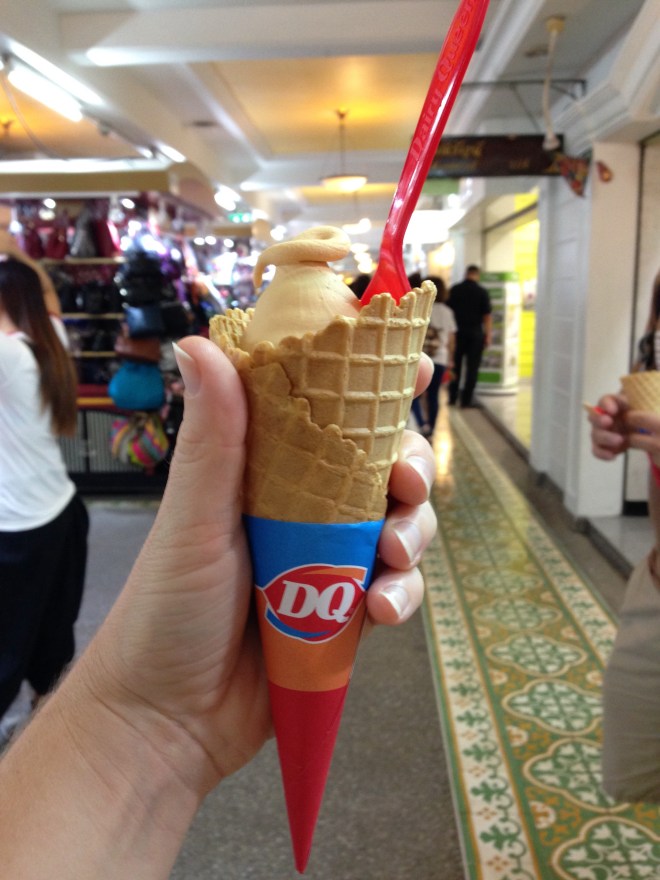



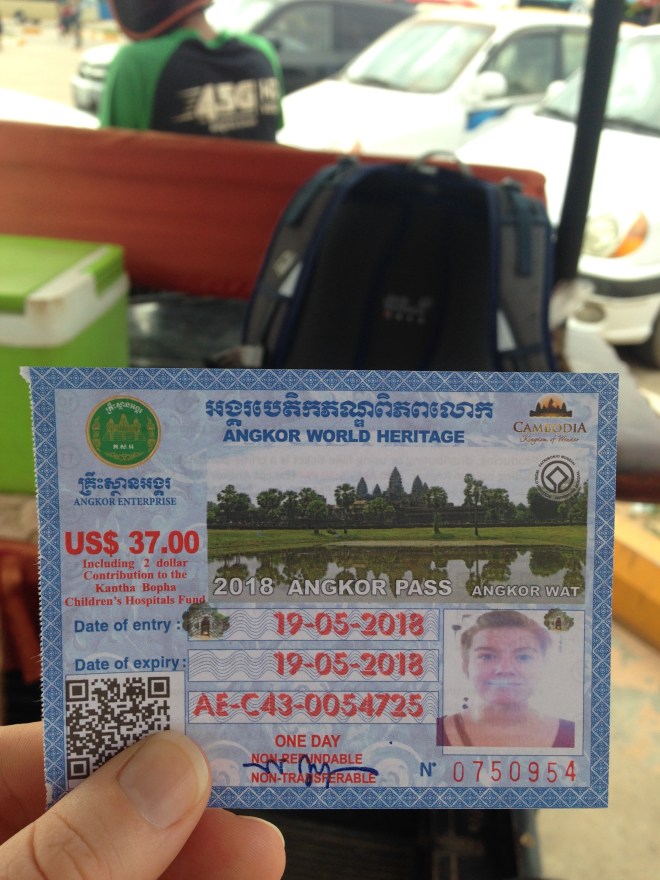
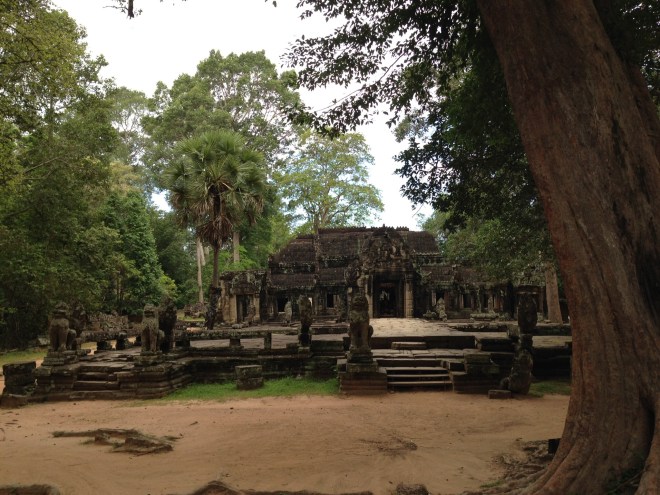

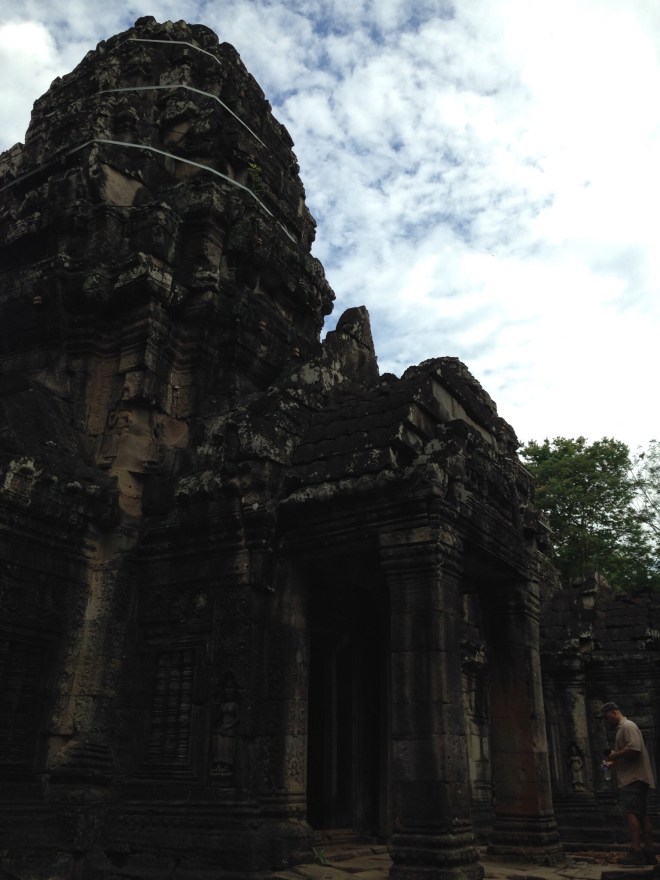
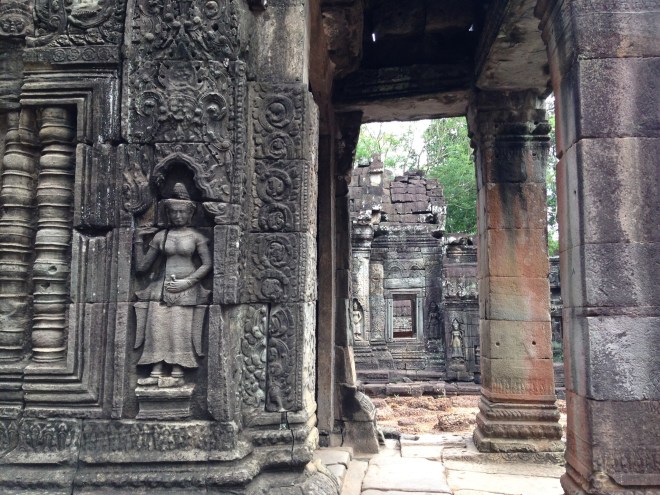
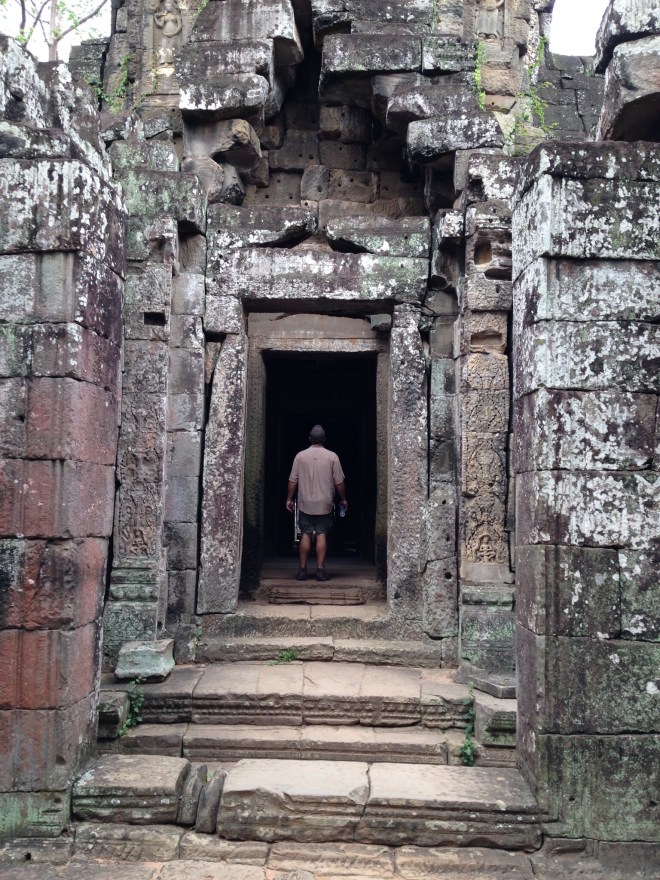


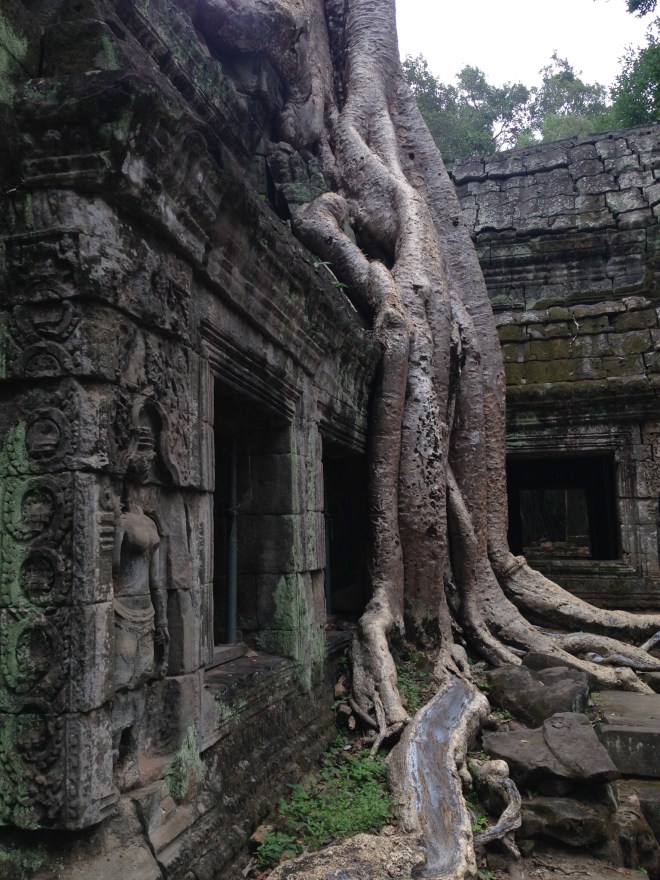
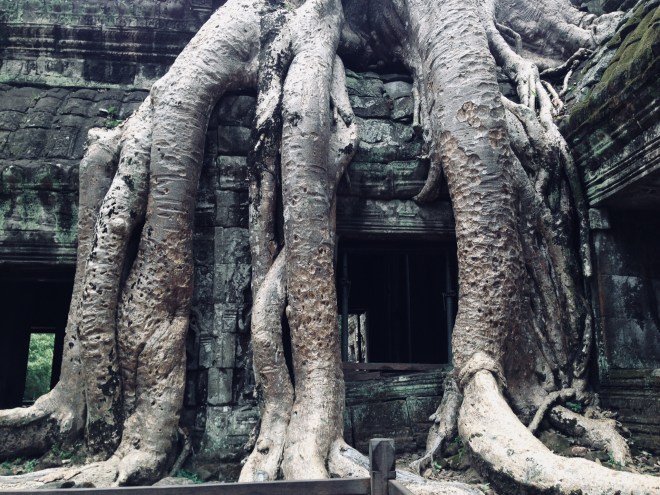

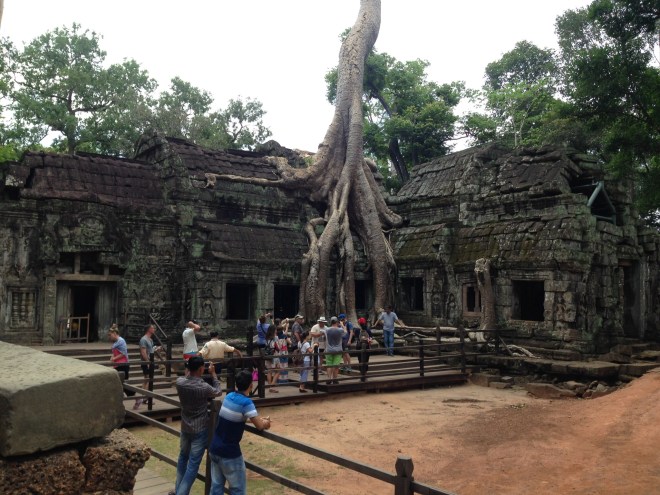
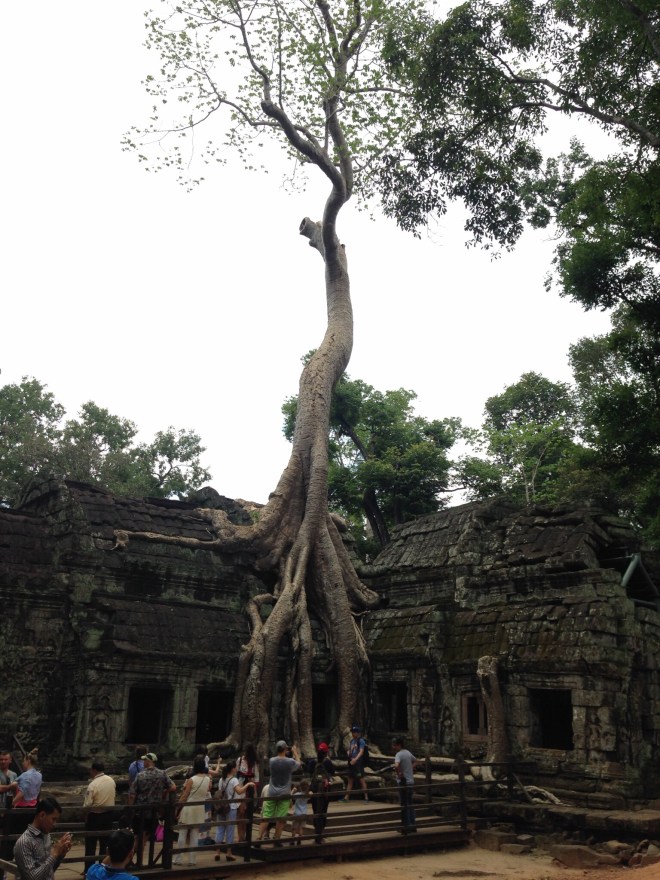

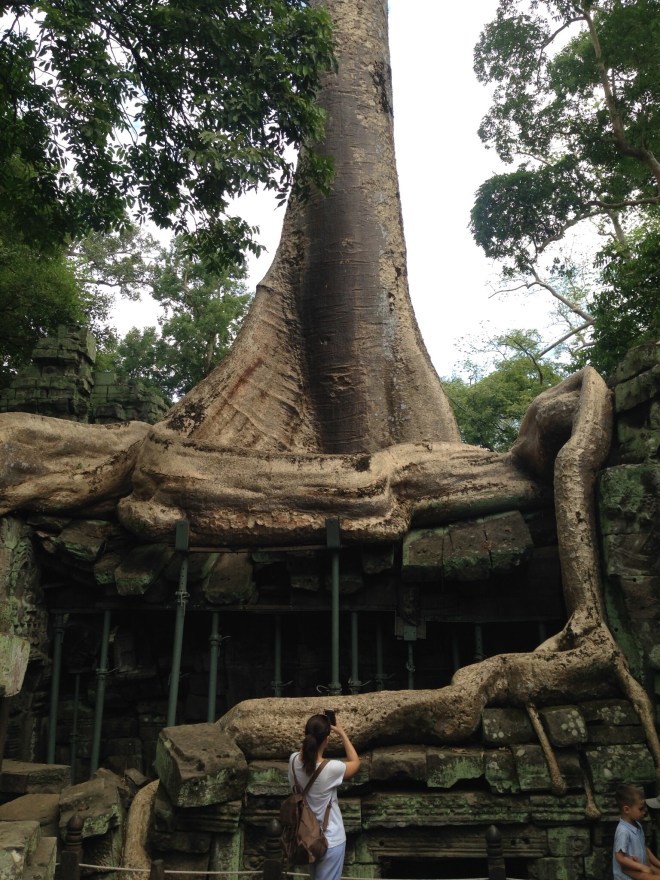

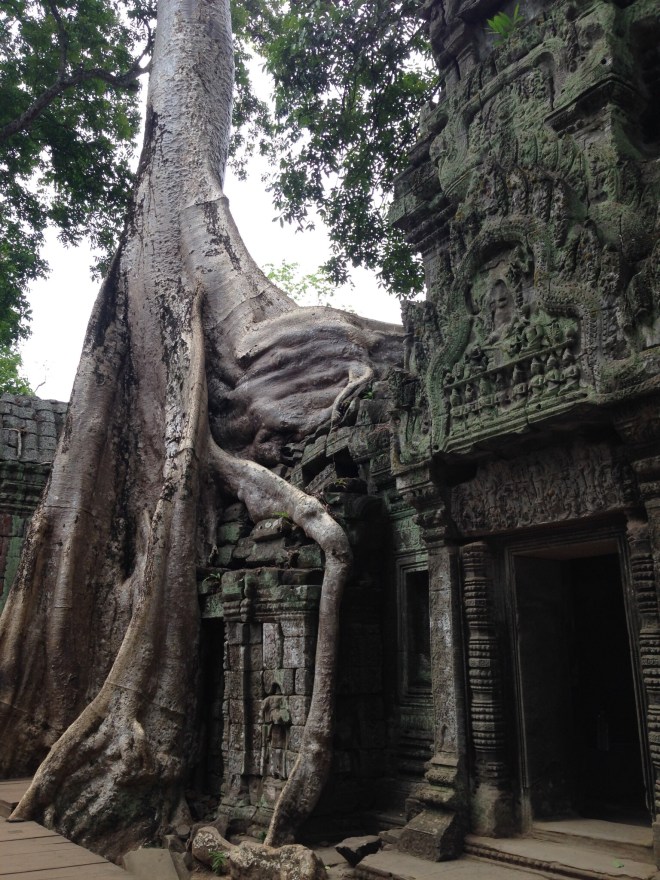


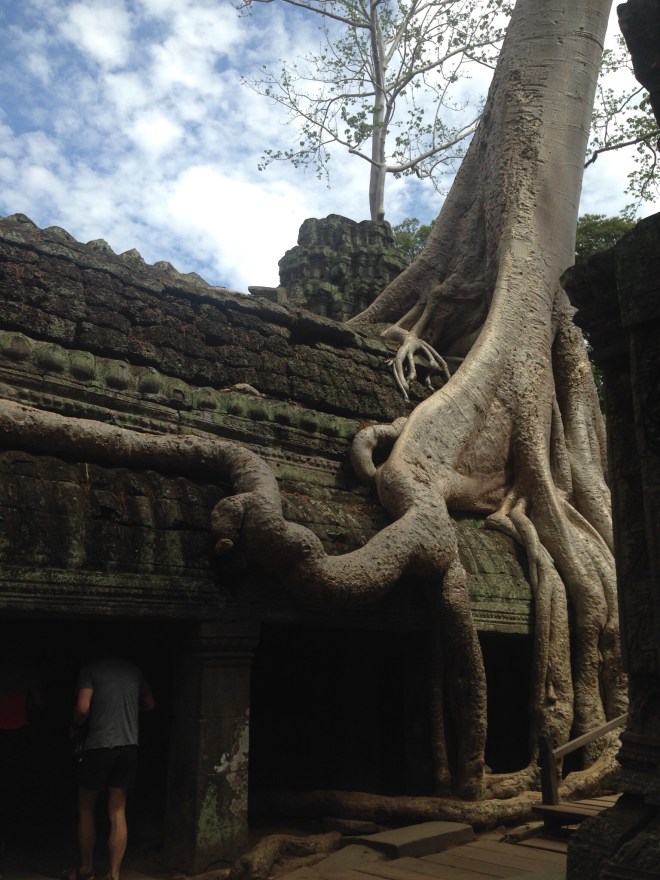



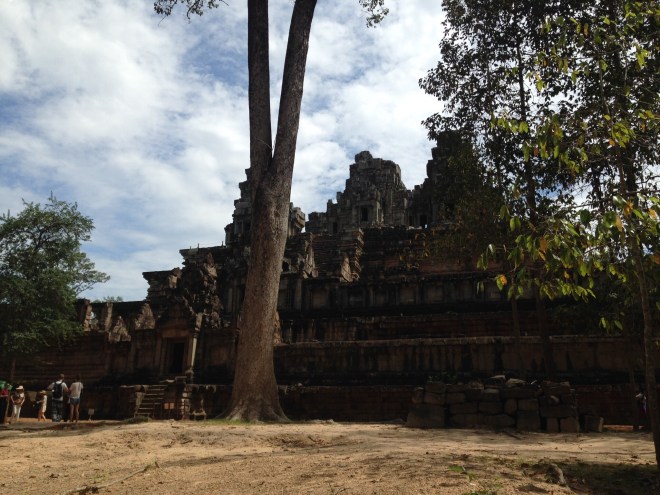



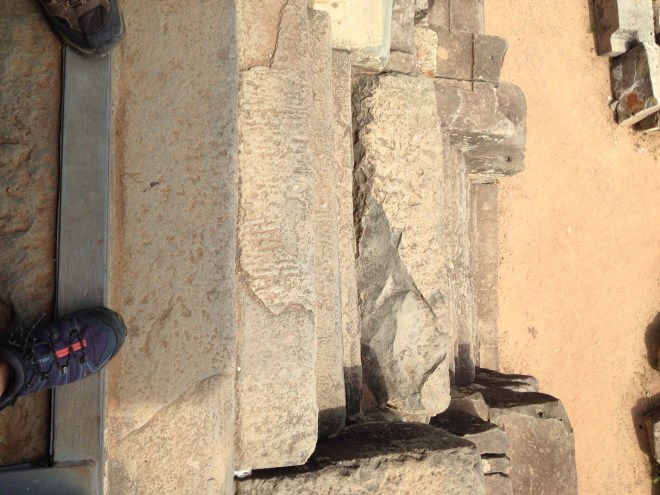

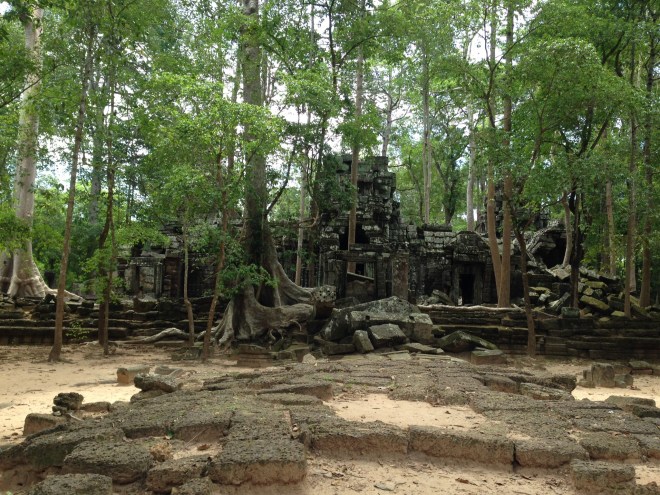
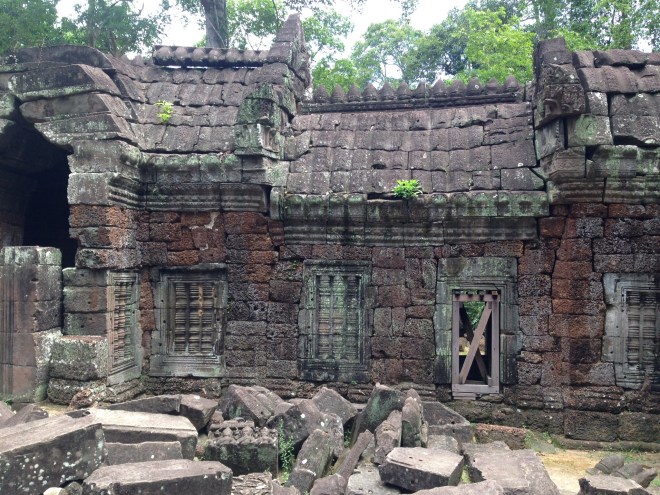


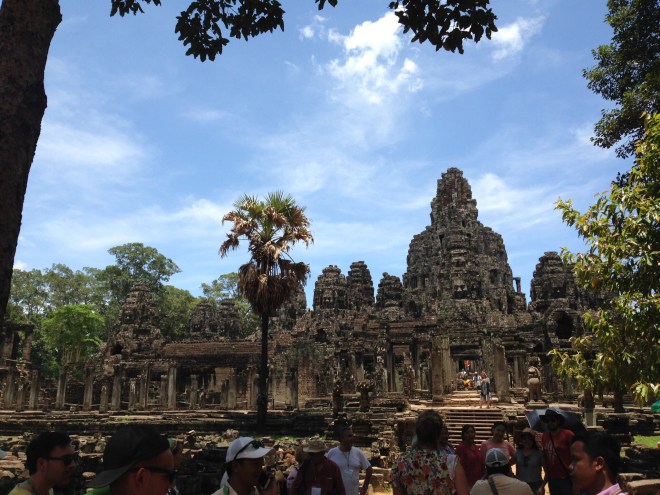
 Pictures don’t do it justice. Those towers are much farther back and much higher up than a photo shows!
Pictures don’t do it justice. Those towers are much farther back and much higher up than a photo shows!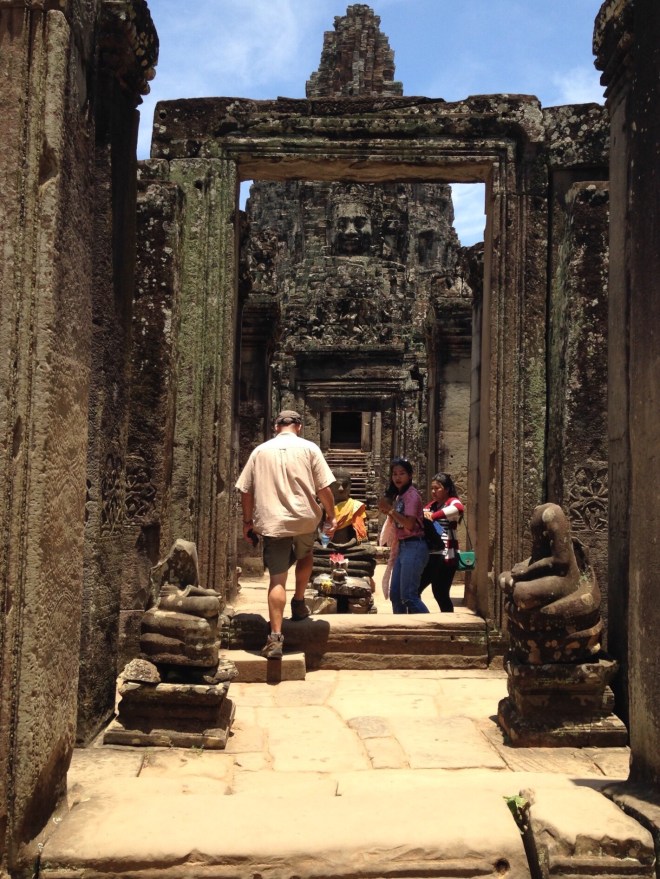


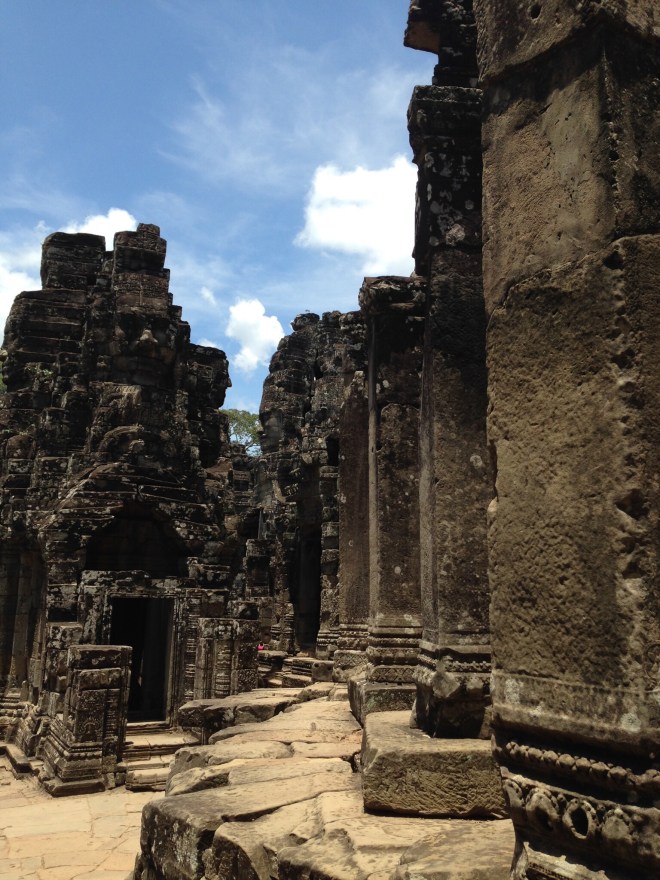


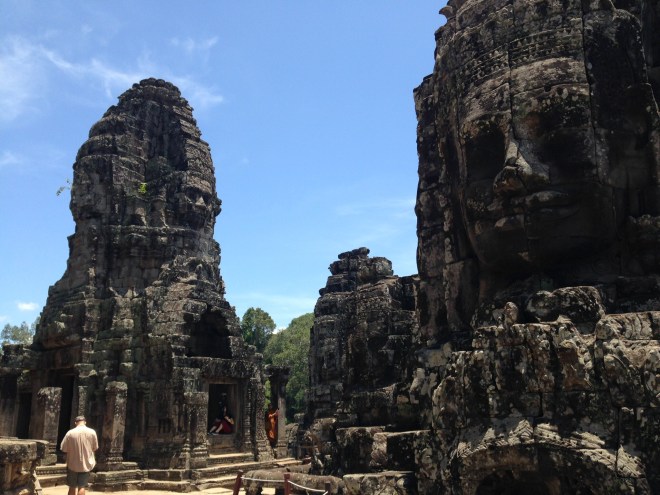



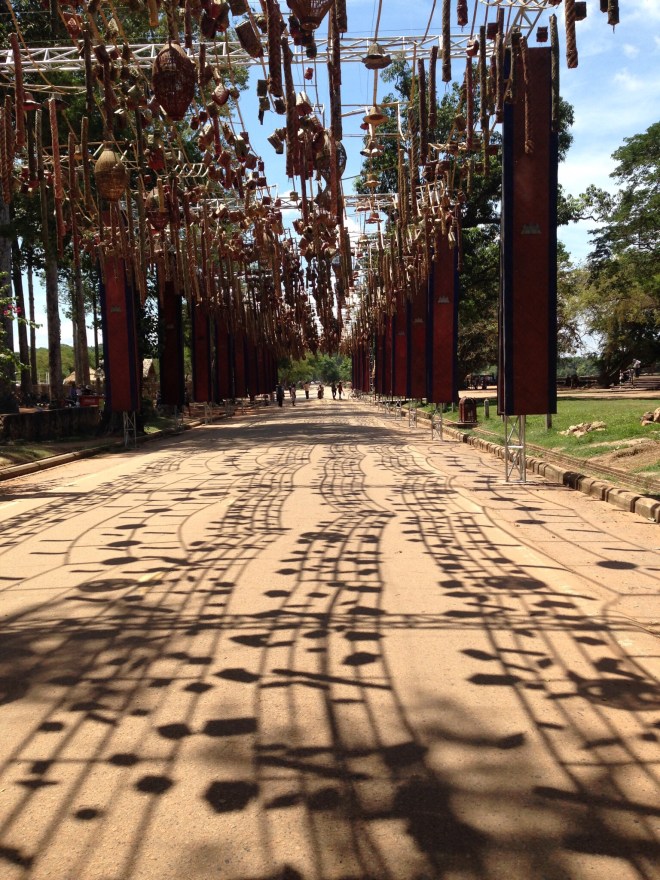
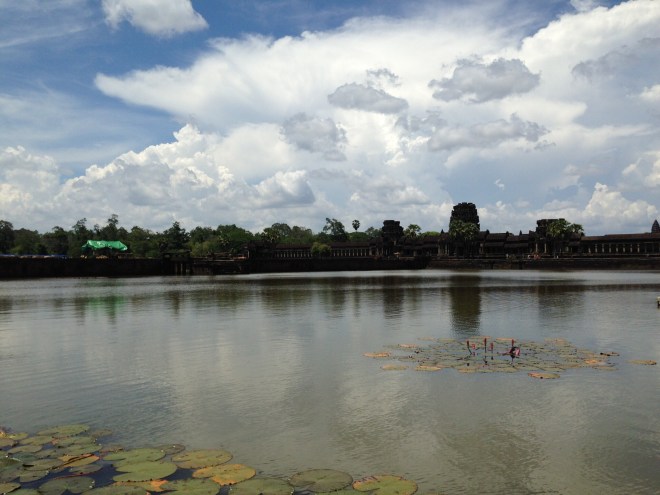

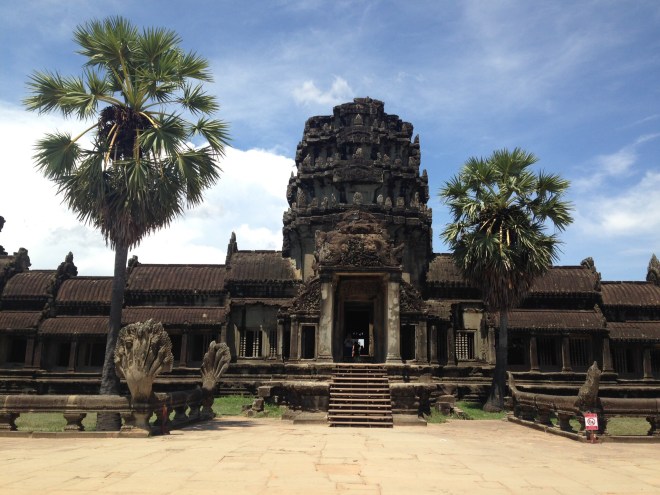

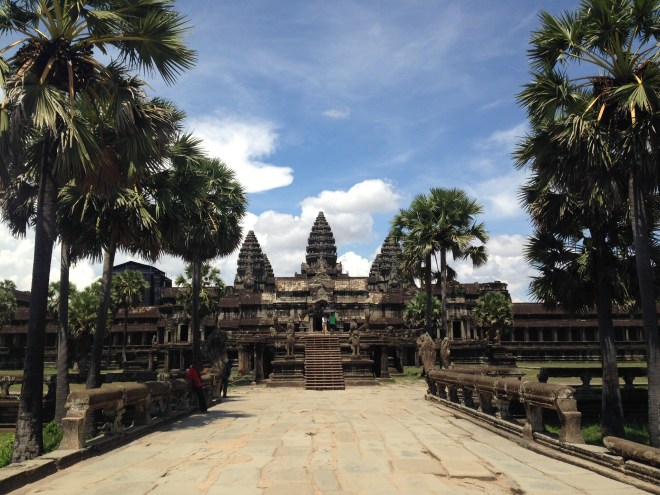

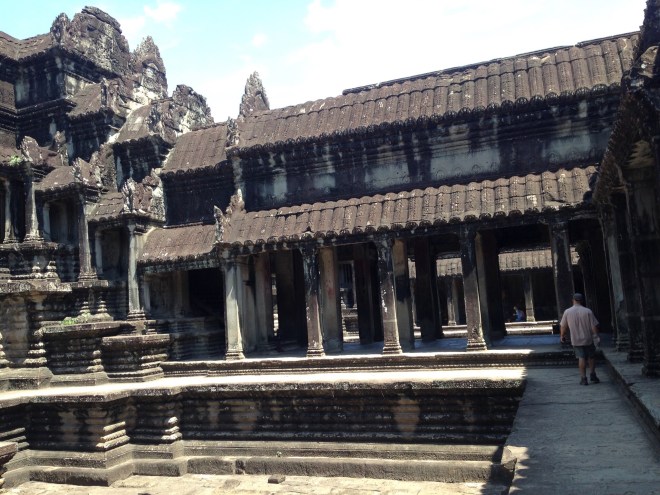
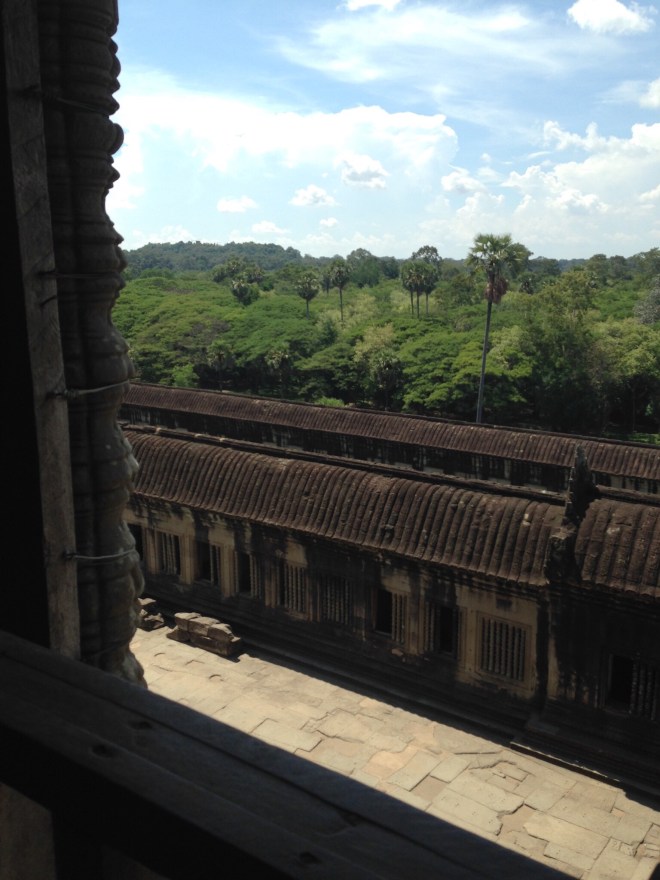


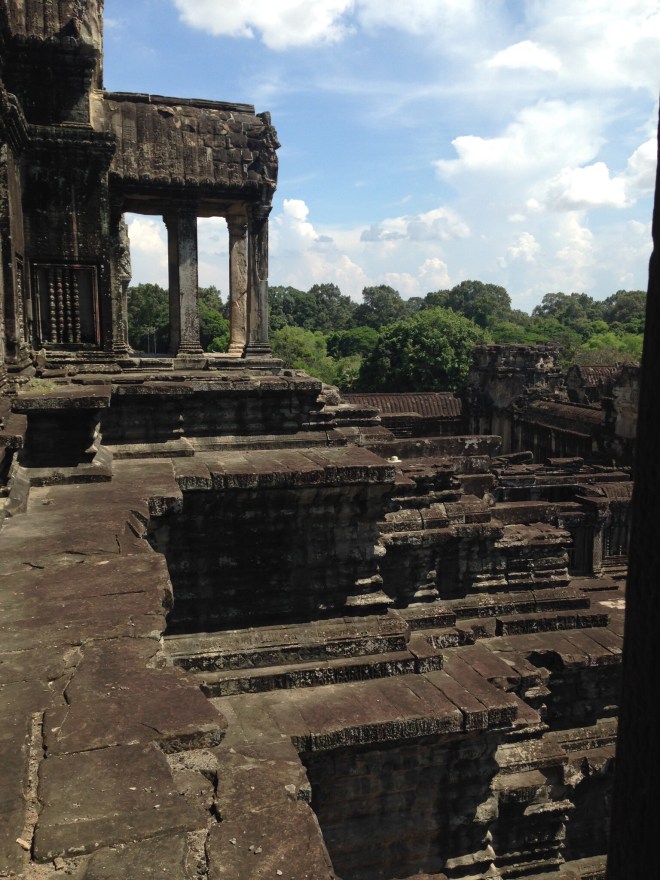


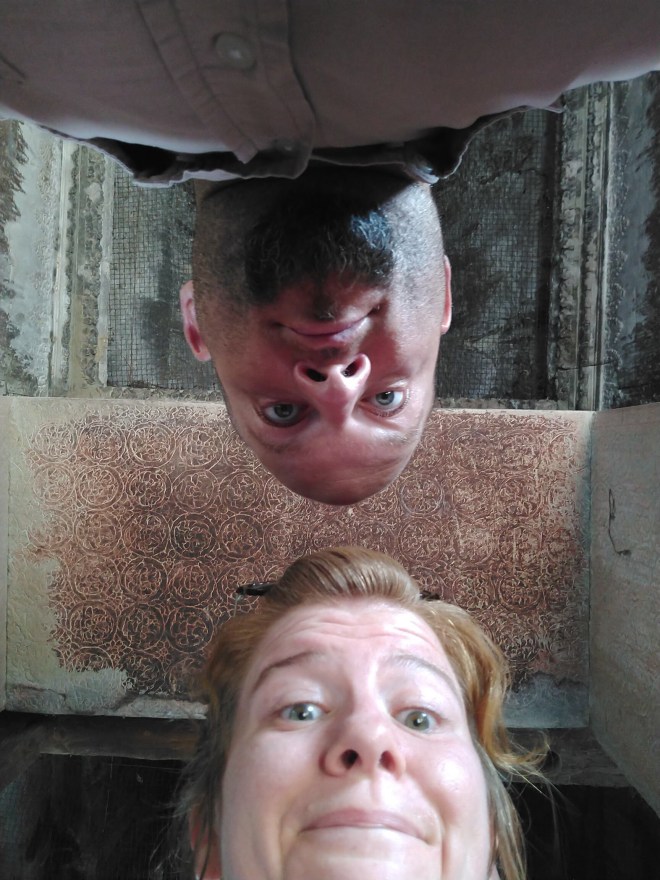 not the best picture of us, but above us is the top of one of the door frames like above. There are far more details than you can see from far away (there is also still a lot of original paint still present)!
not the best picture of us, but above us is the top of one of the door frames like above. There are far more details than you can see from far away (there is also still a lot of original paint still present)!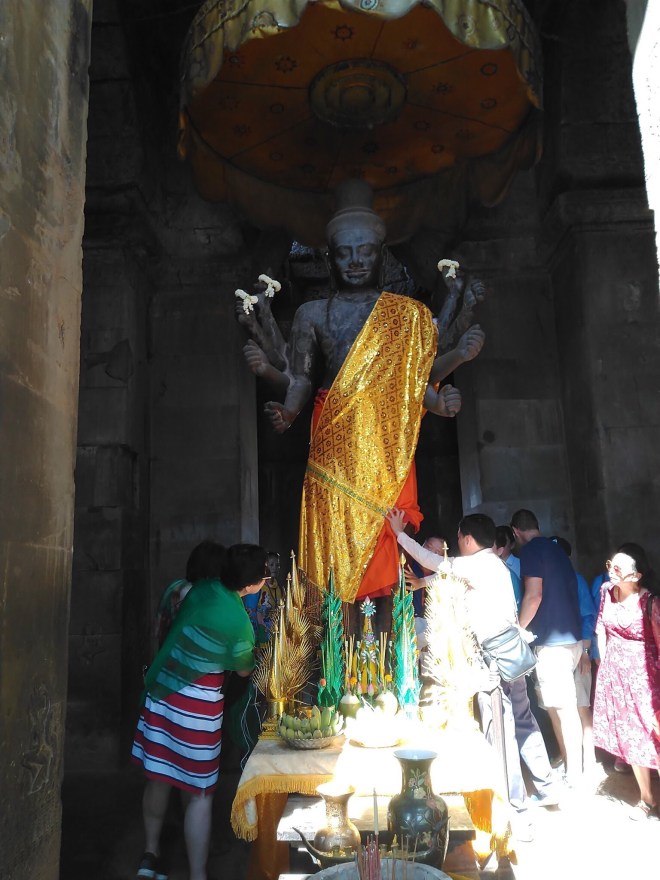


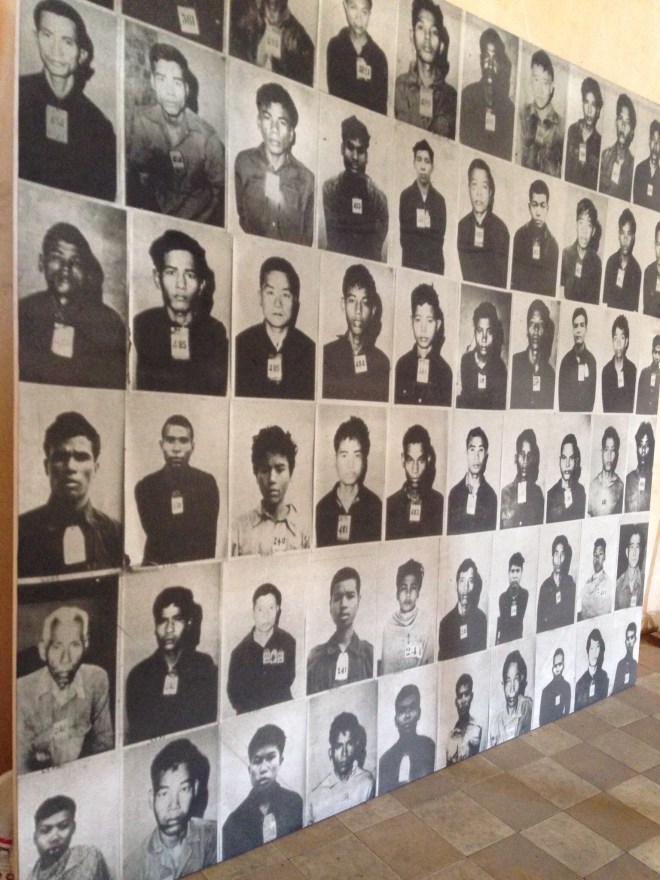
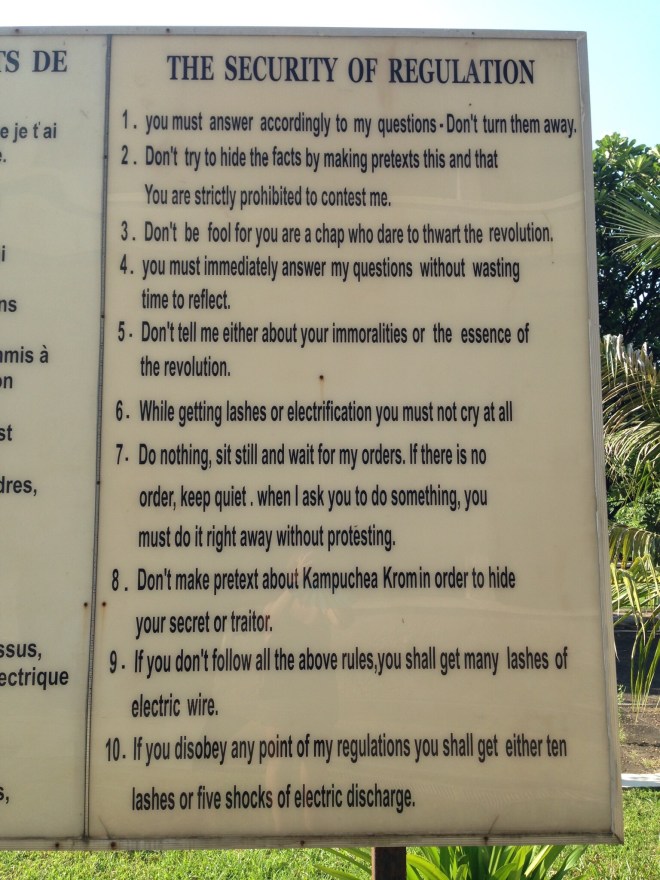
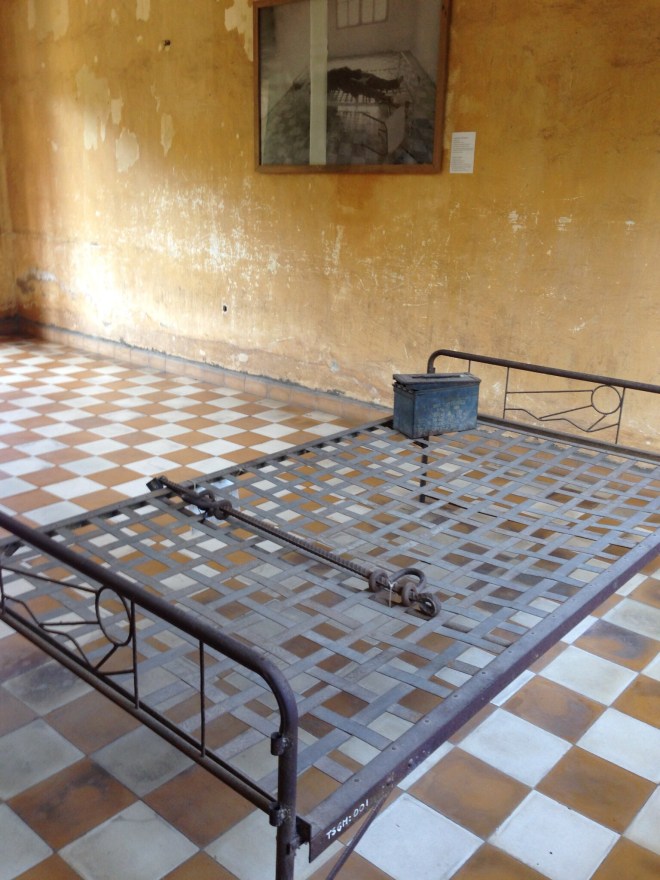
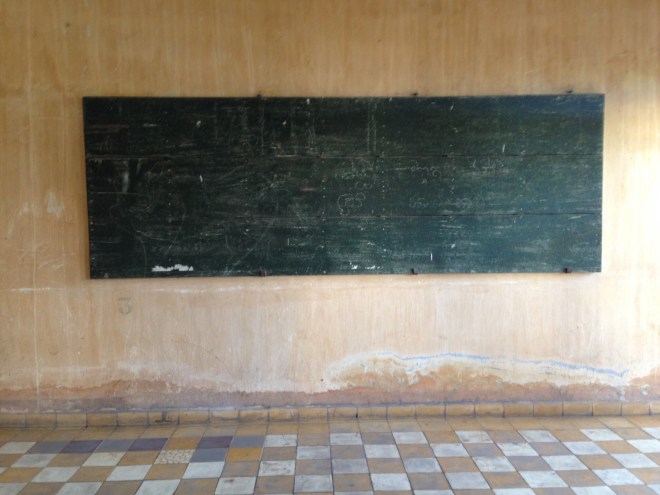





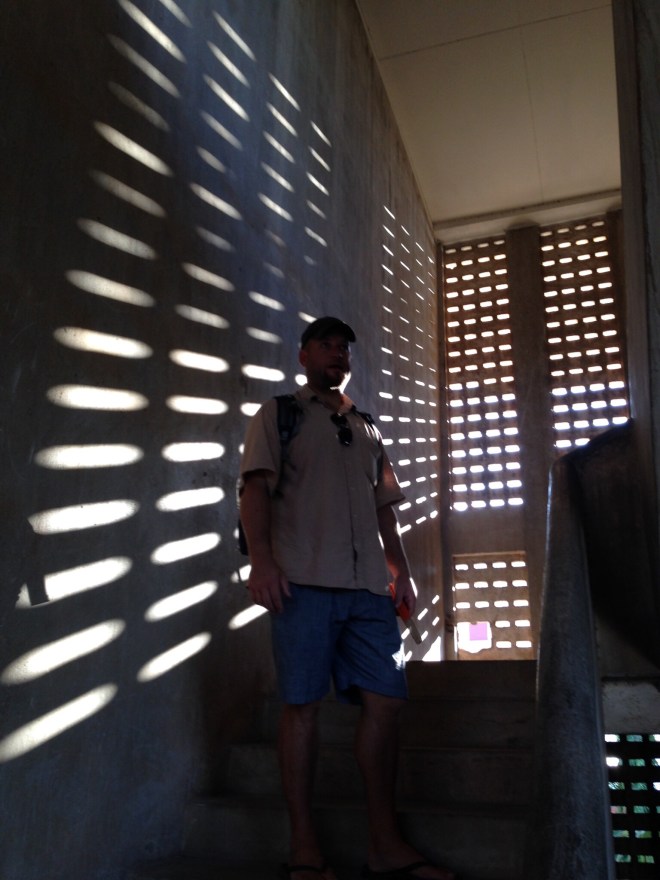
 Isn’t he beautiful? I’m not sure why his home is on the museum grounds, but I don’t recall seeing a peacock quite like him before. The yellow on his face was so vibrant!
Isn’t he beautiful? I’m not sure why his home is on the museum grounds, but I don’t recall seeing a peacock quite like him before. The yellow on his face was so vibrant!
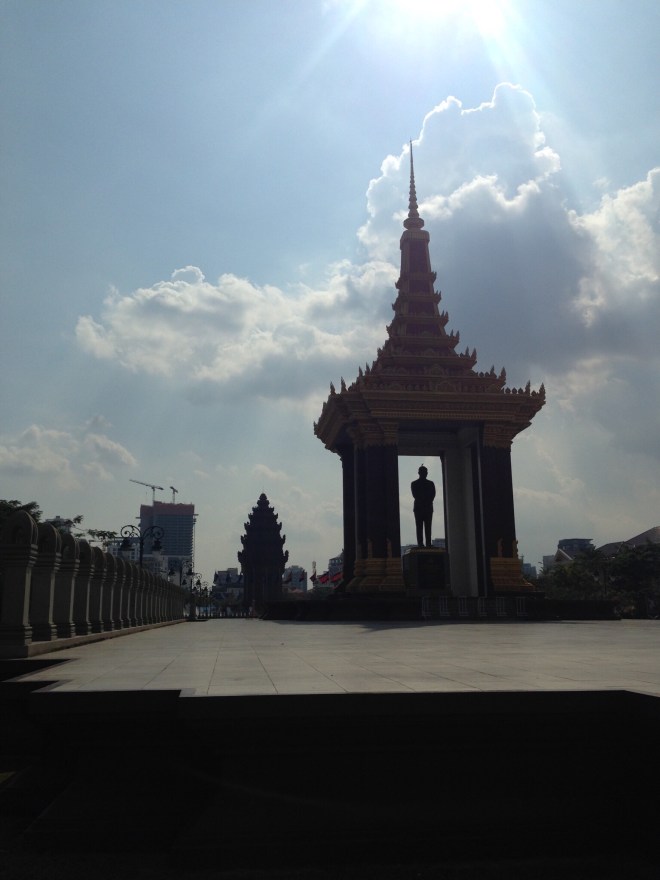
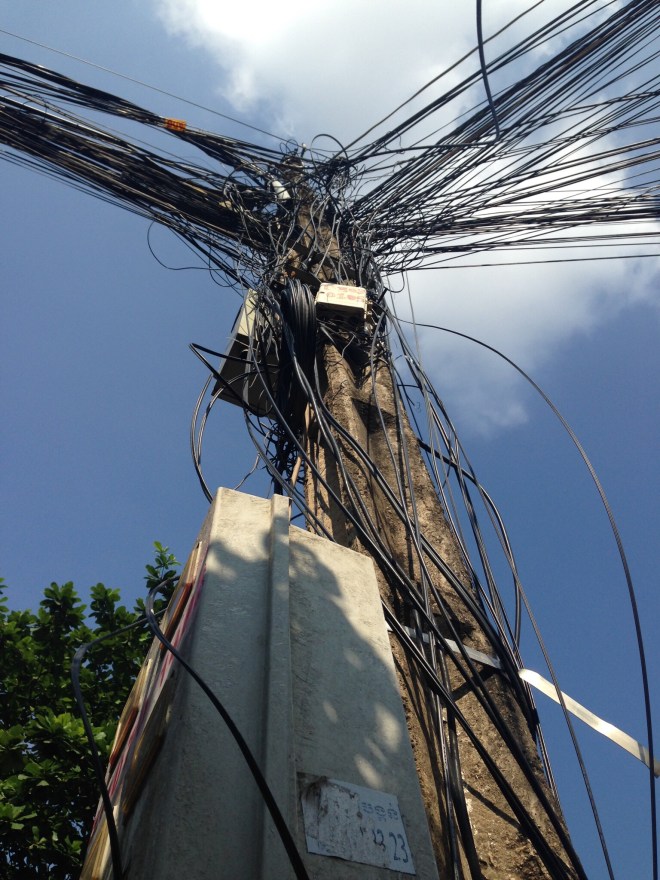

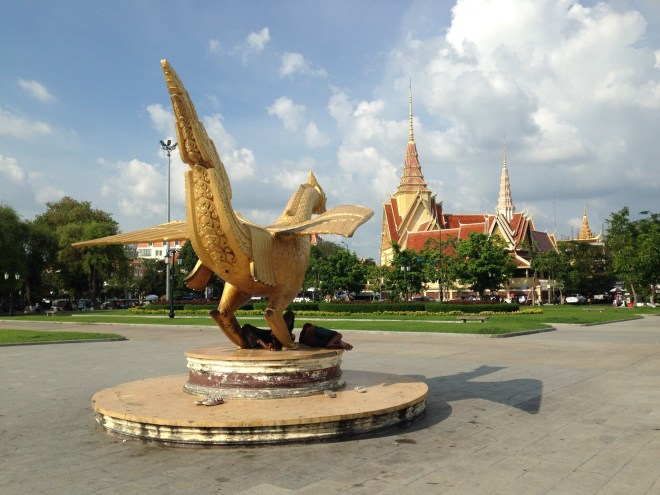




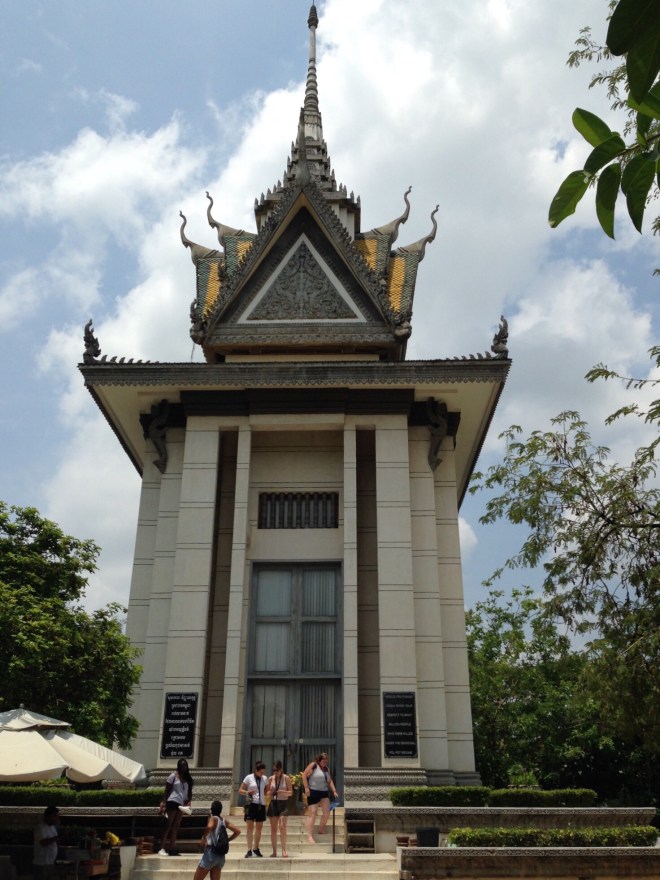
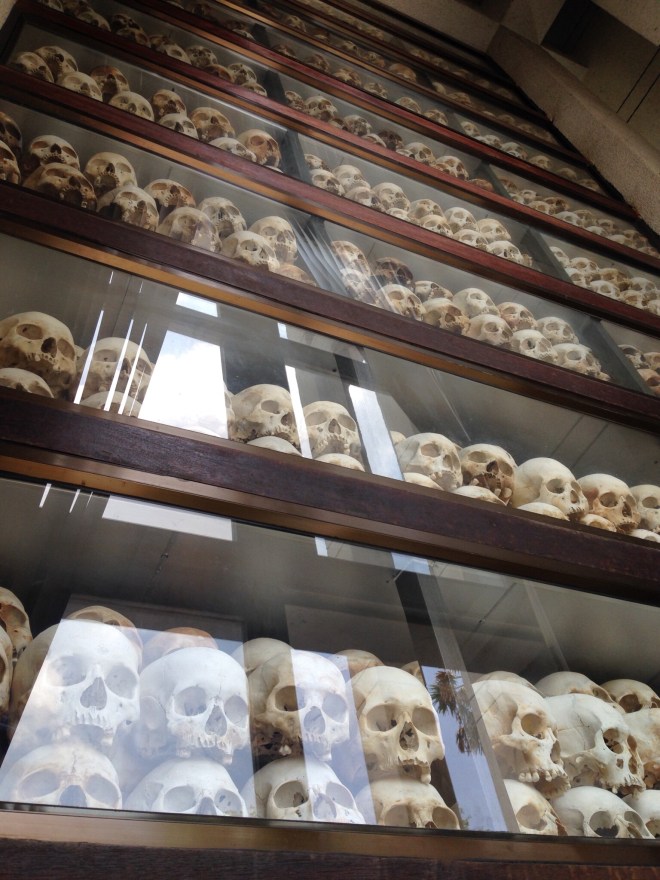
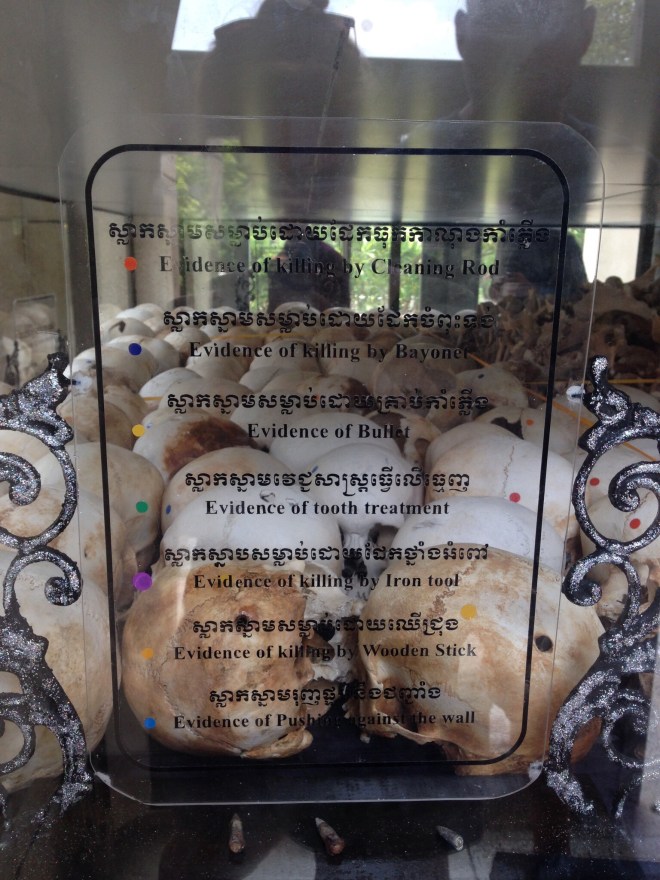
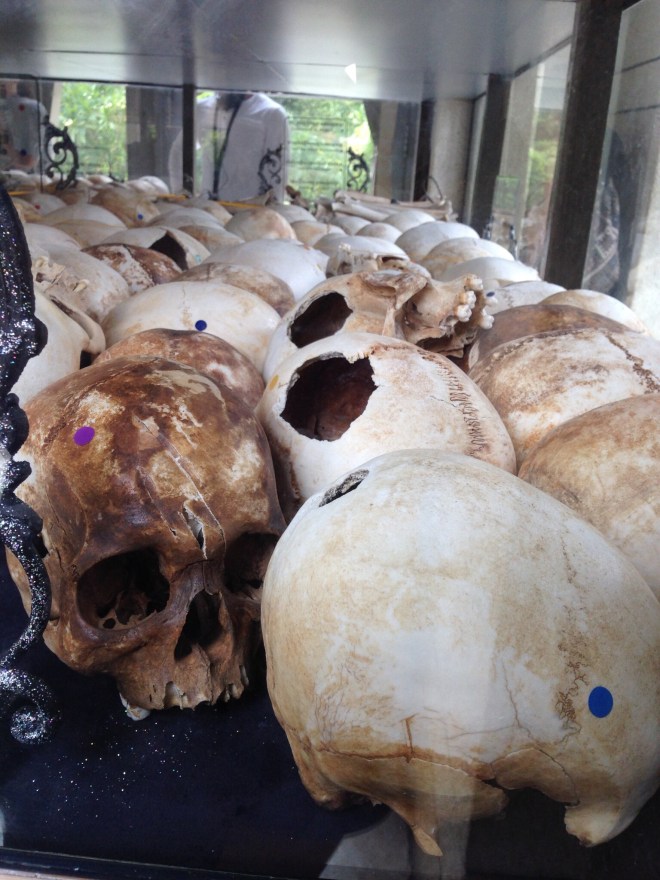 Even in death, they attest to what happened. It’s painful to look at the holes in these skulls and consider how they got there.
Even in death, they attest to what happened. It’s painful to look at the holes in these skulls and consider how they got there.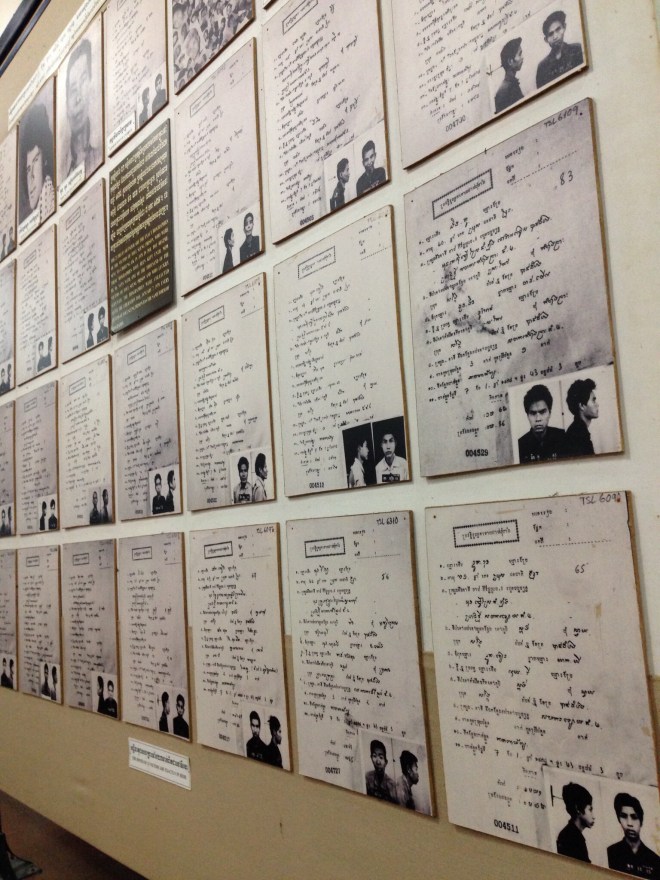
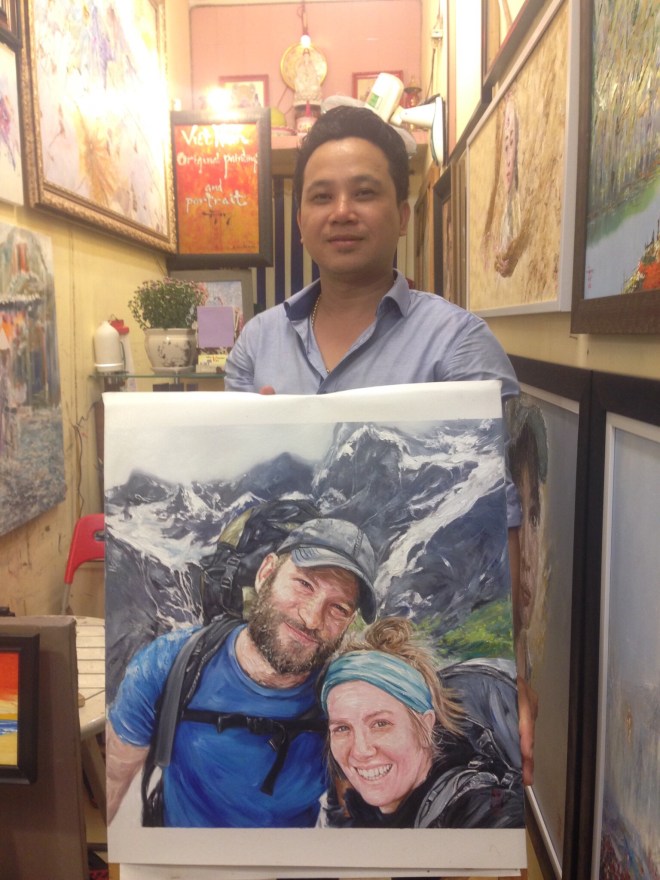

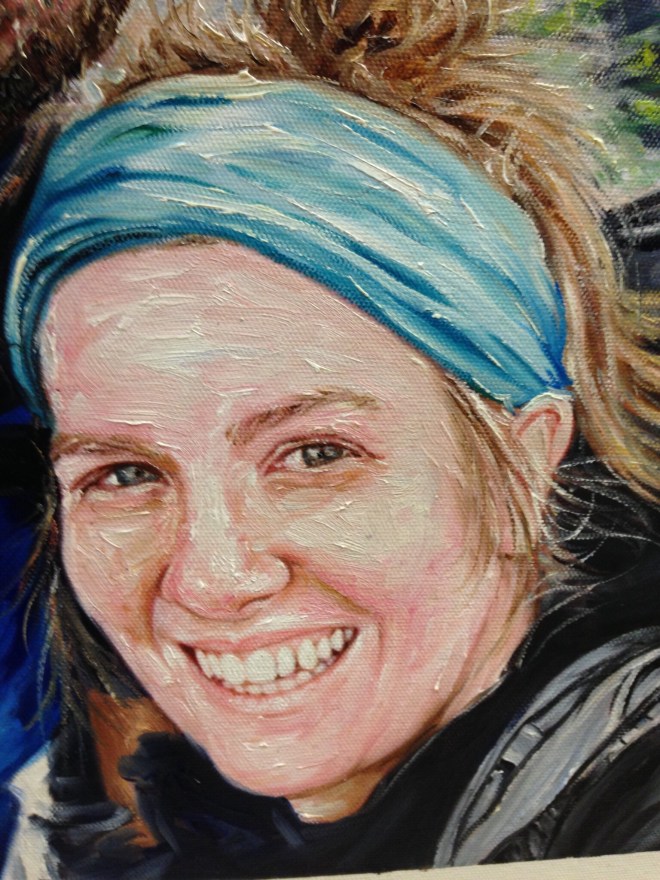




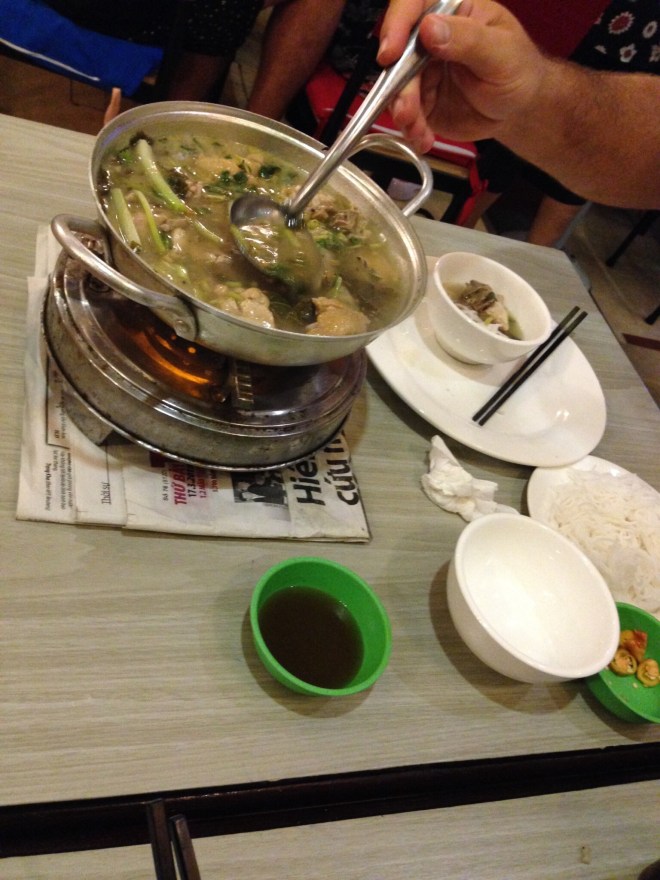




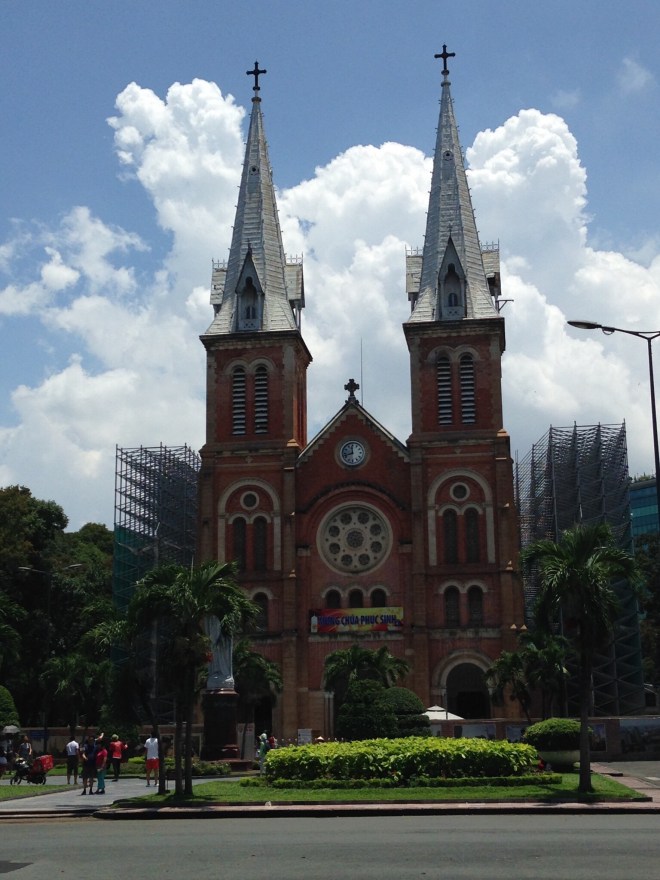
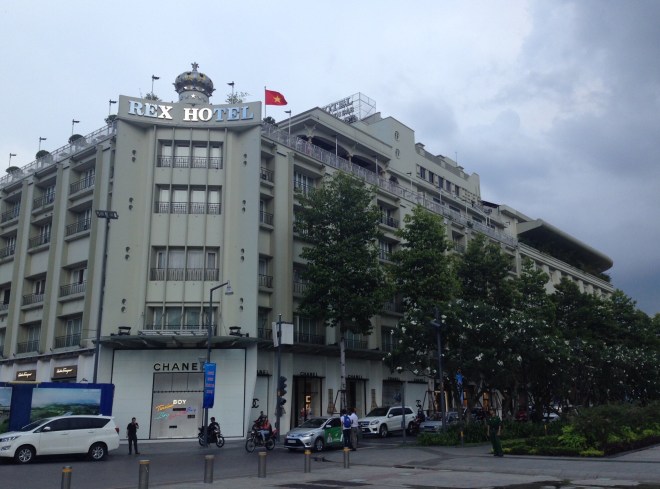
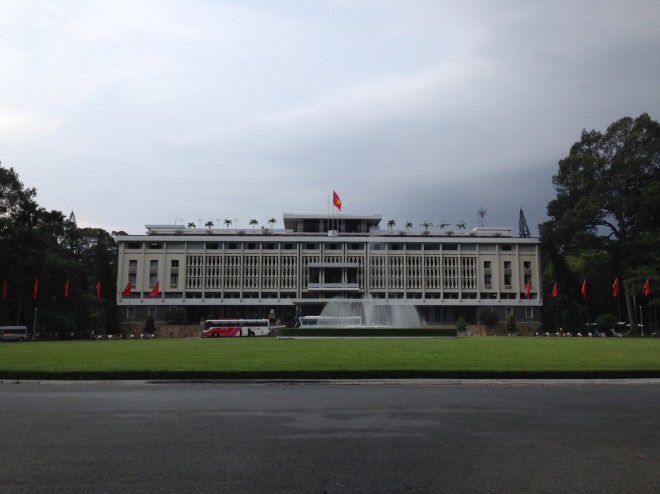
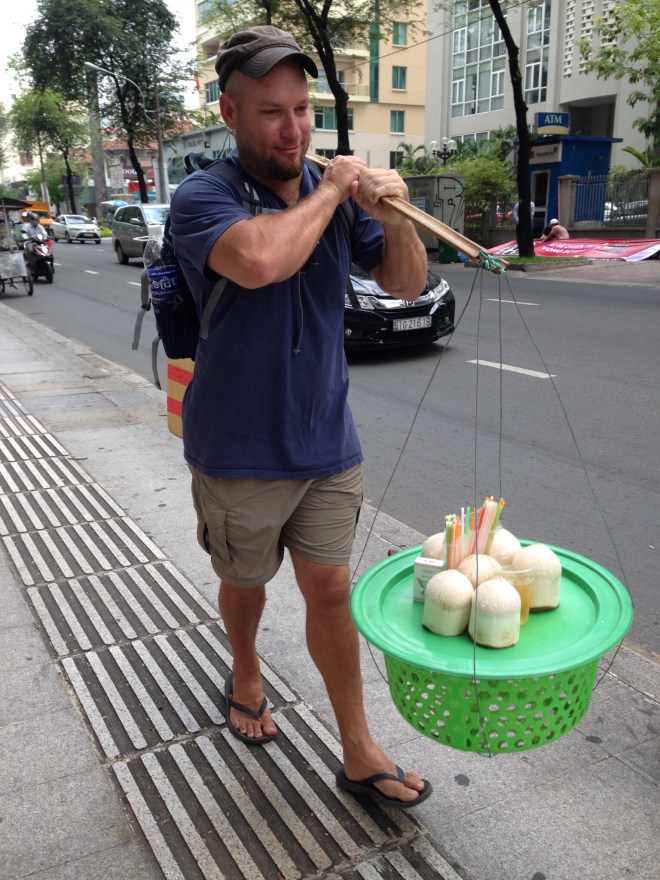
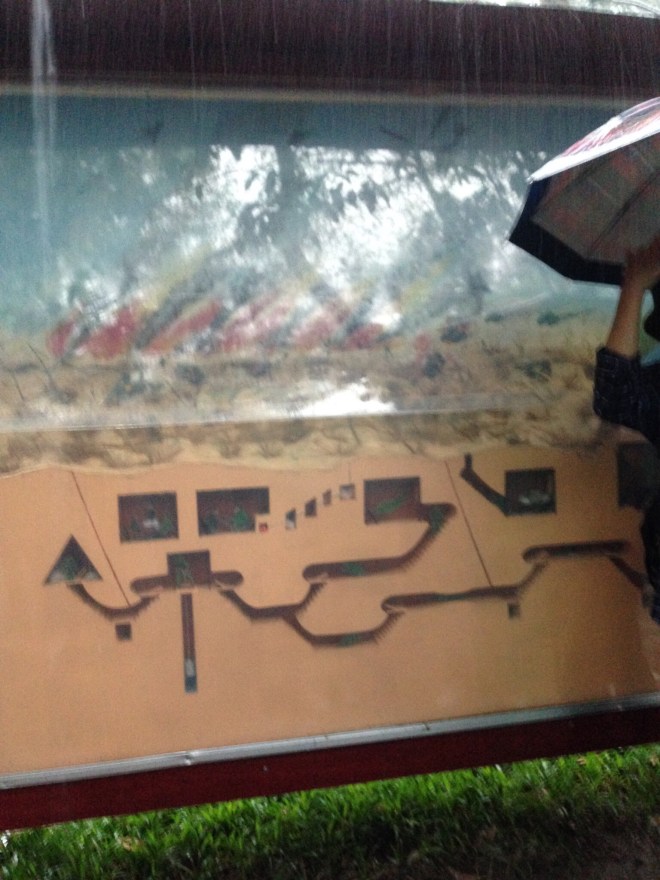

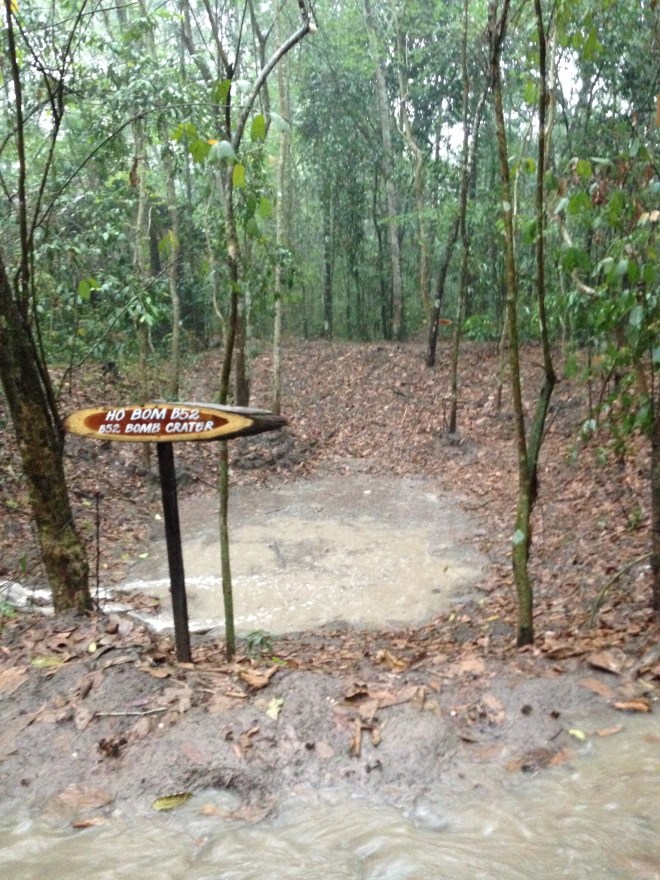


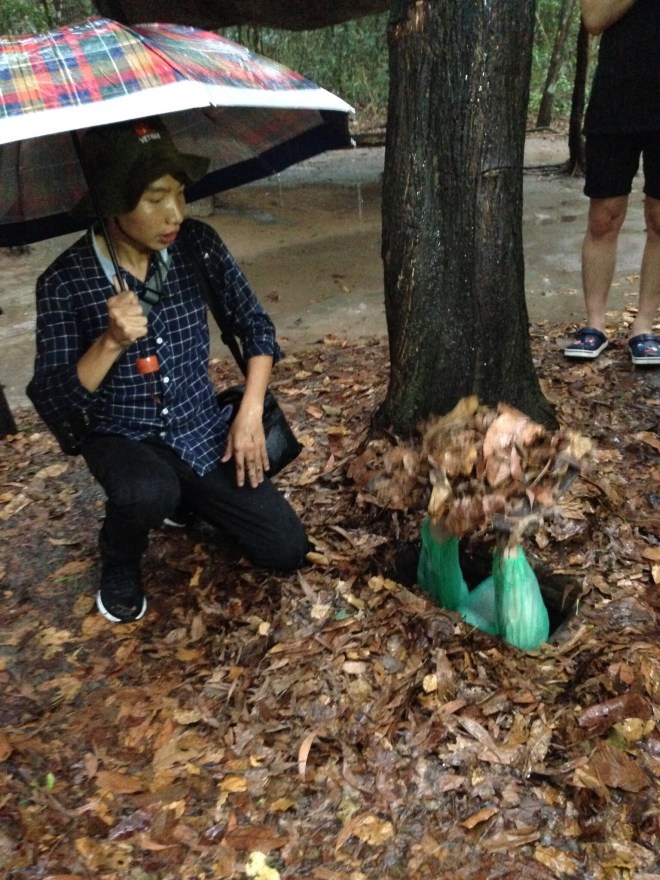
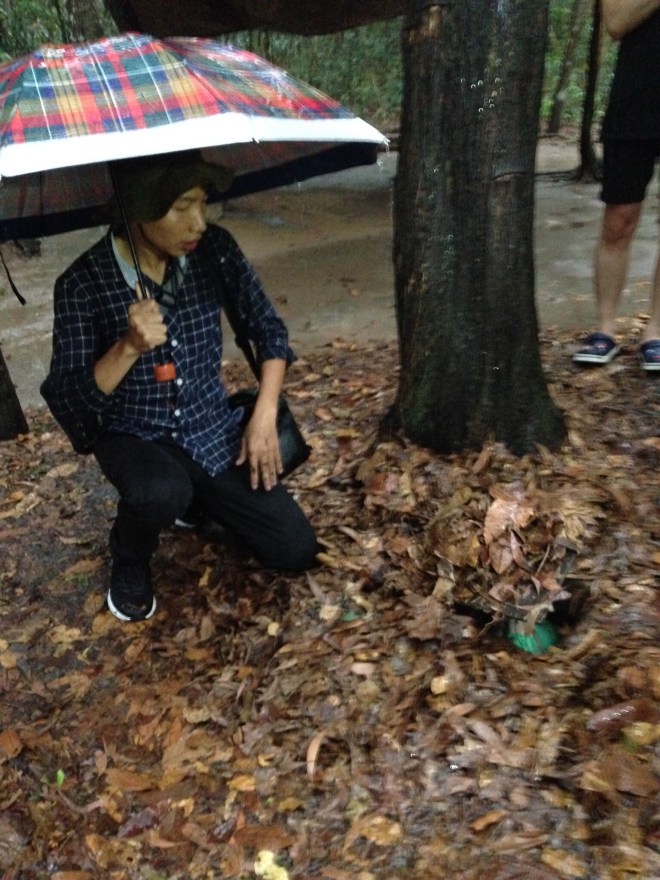

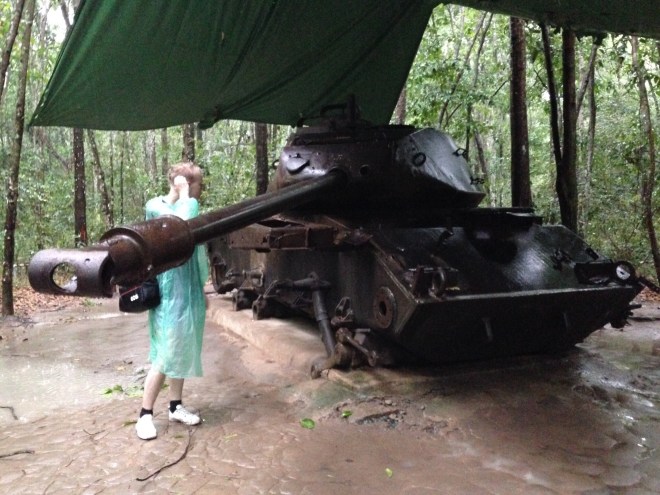
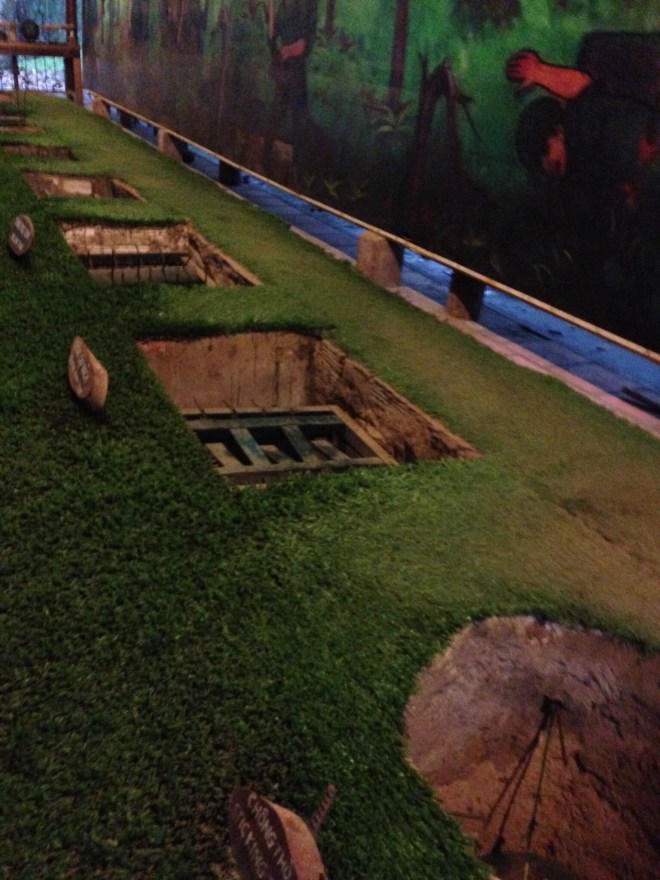
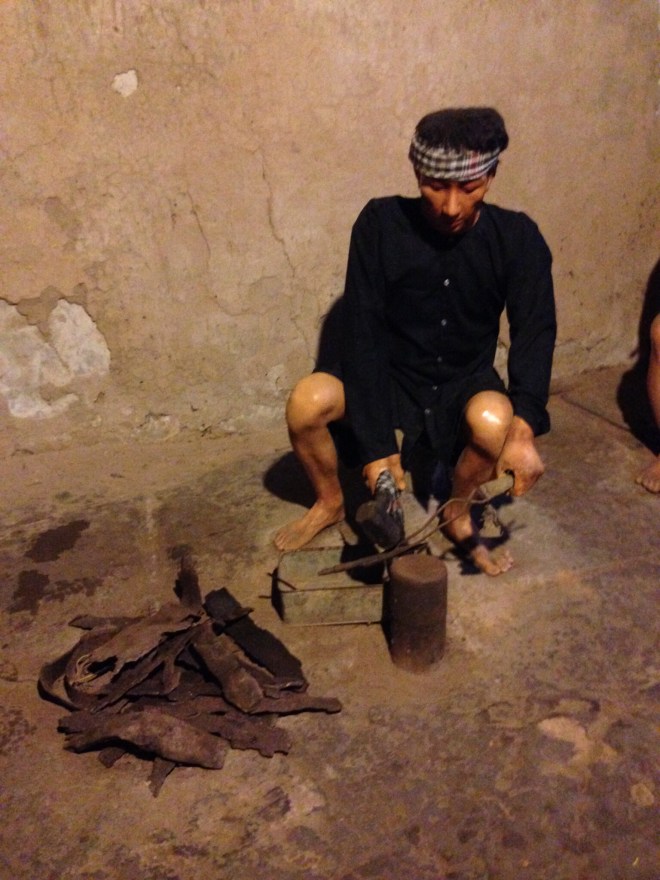
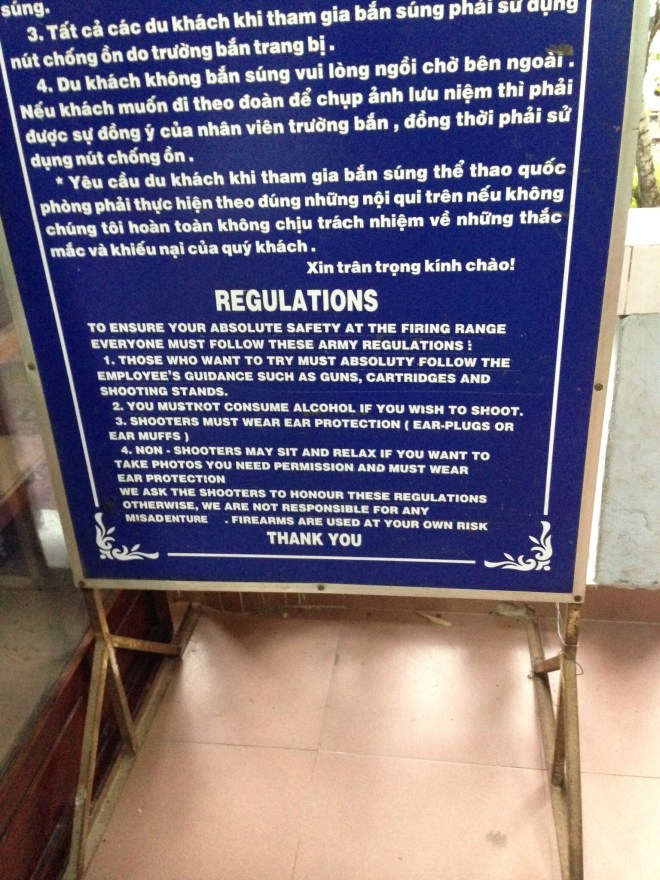
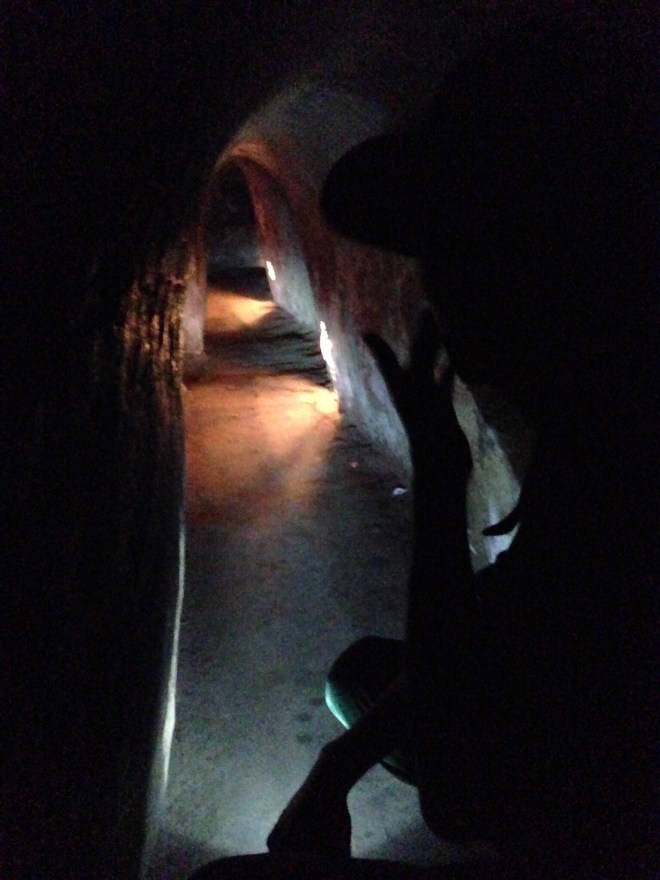

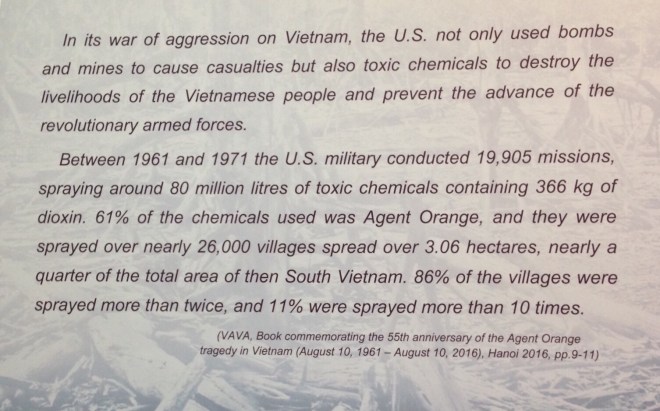
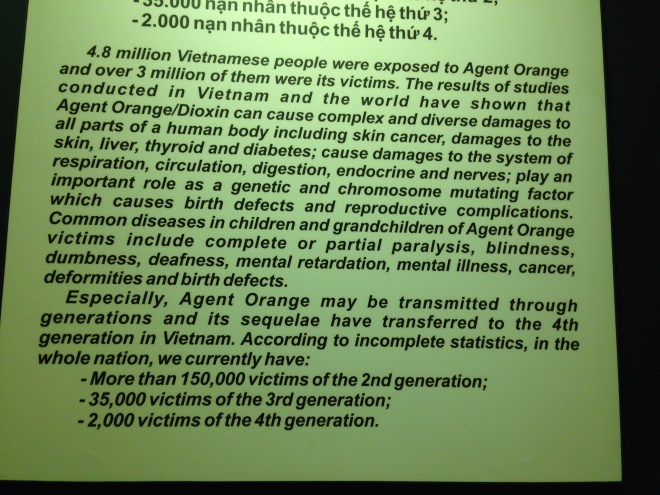
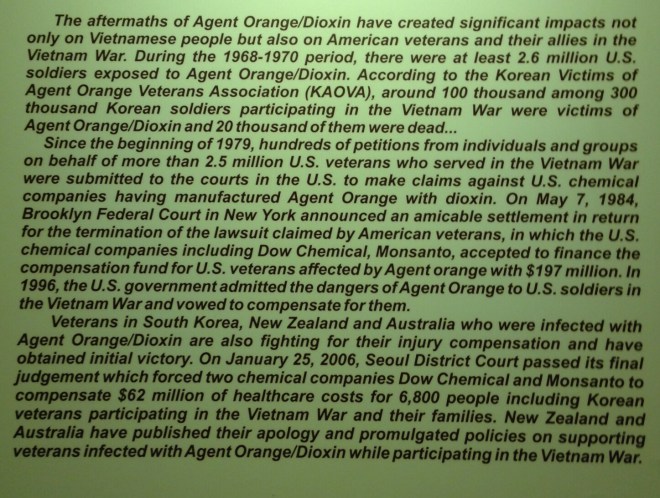
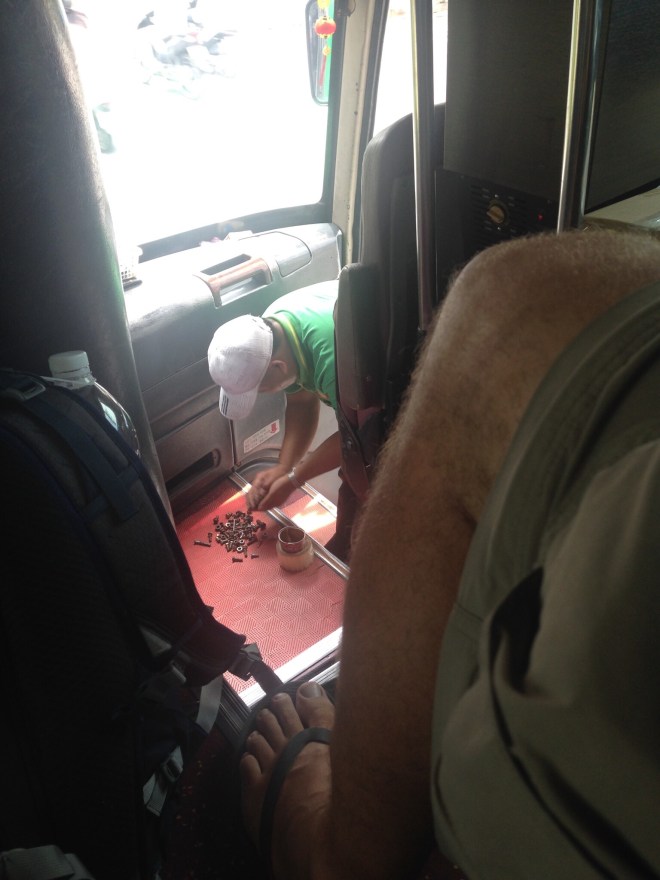
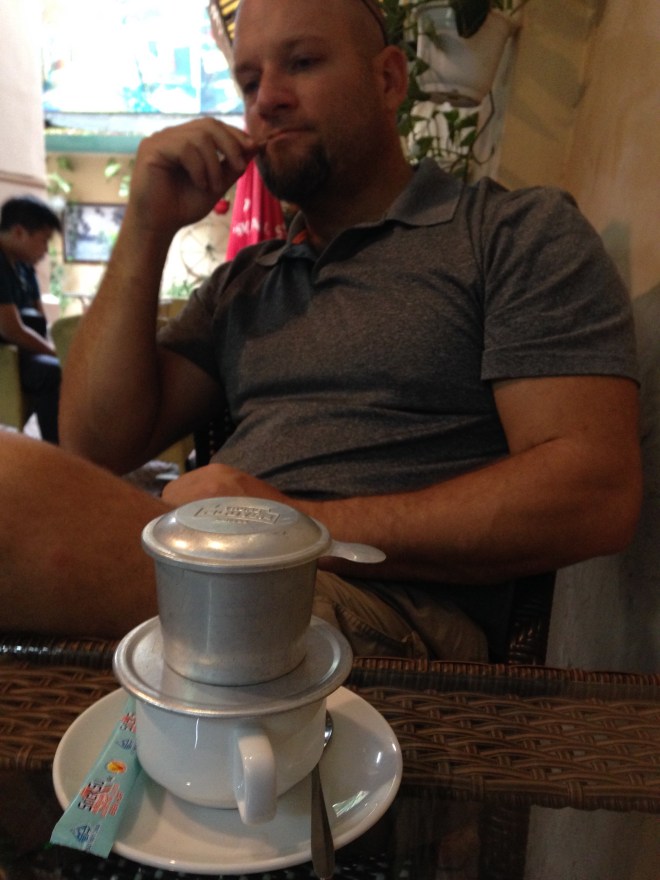



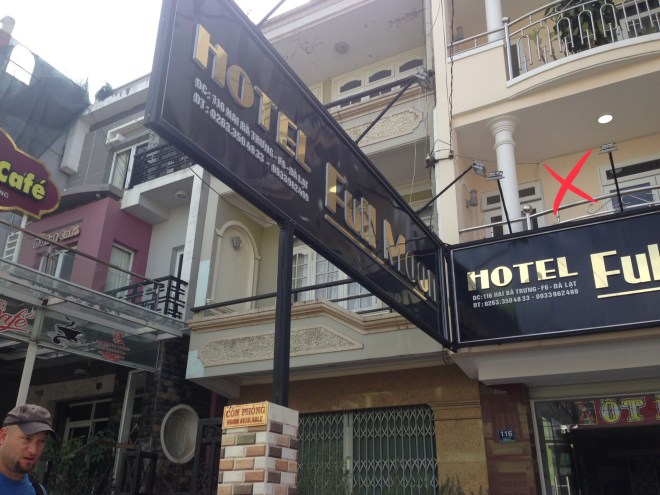



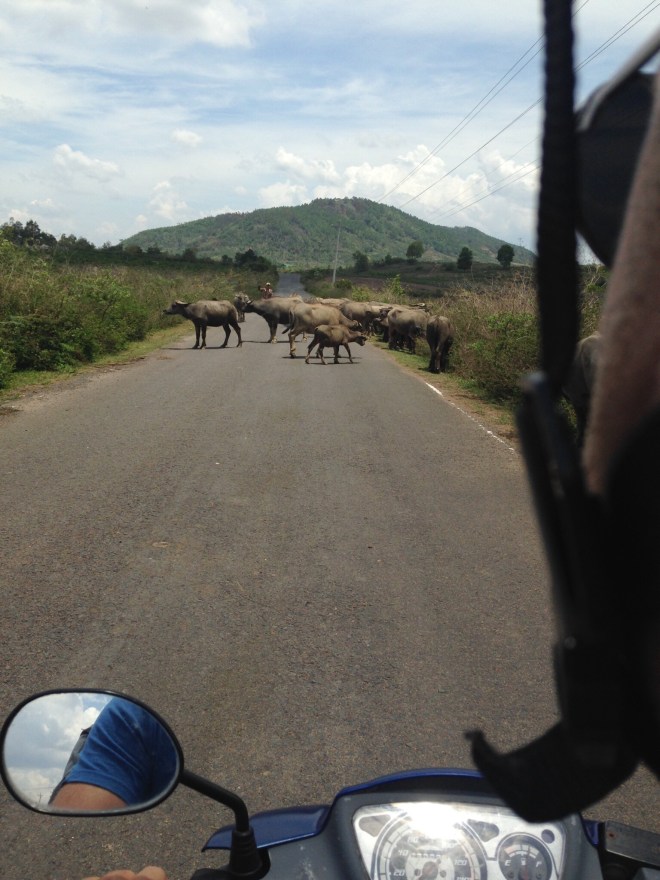




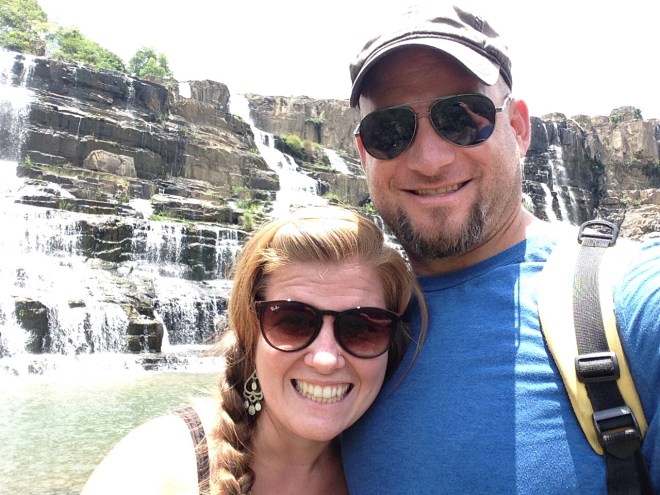
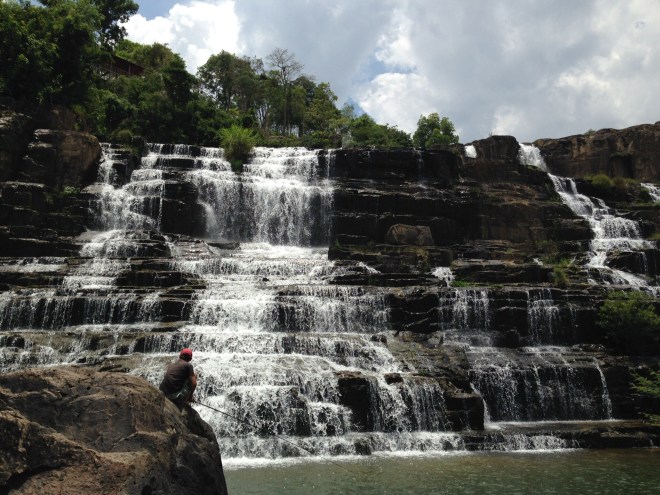

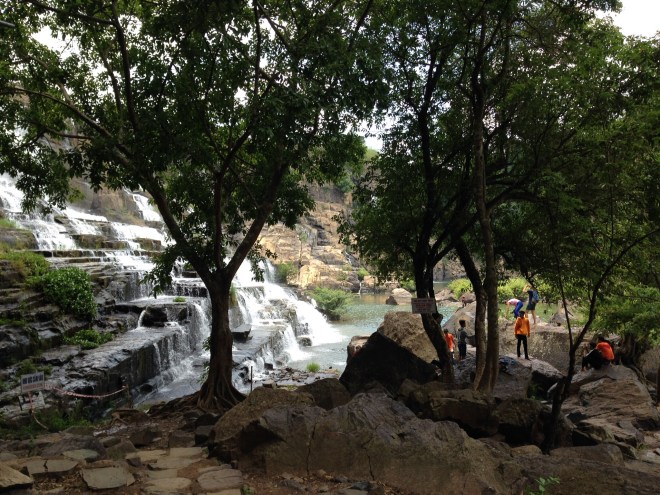

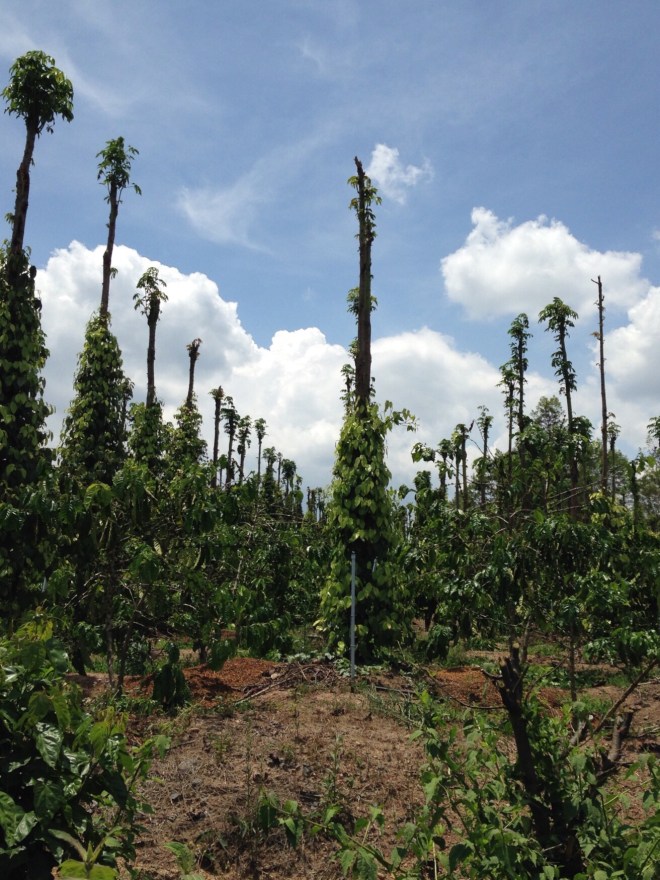
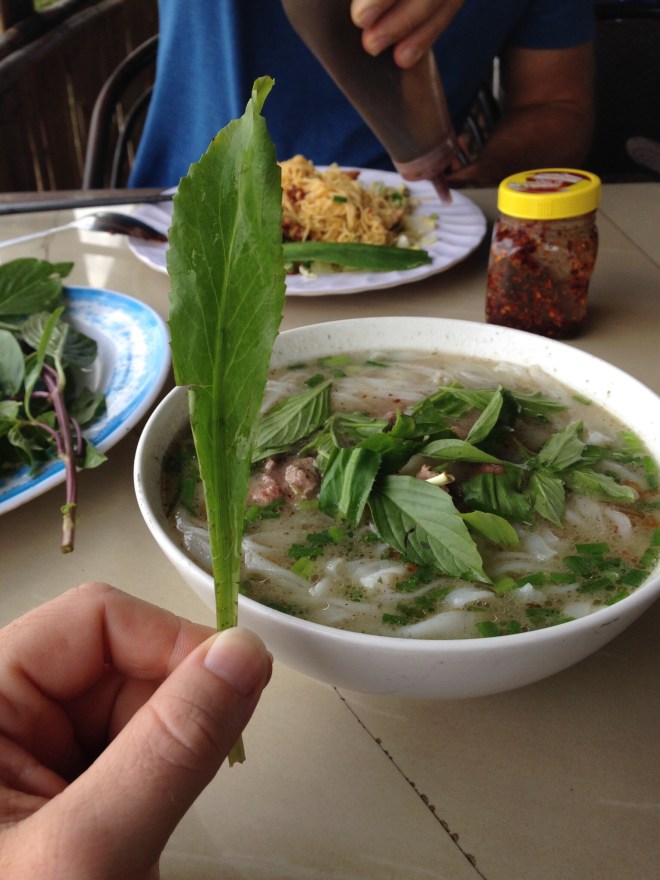

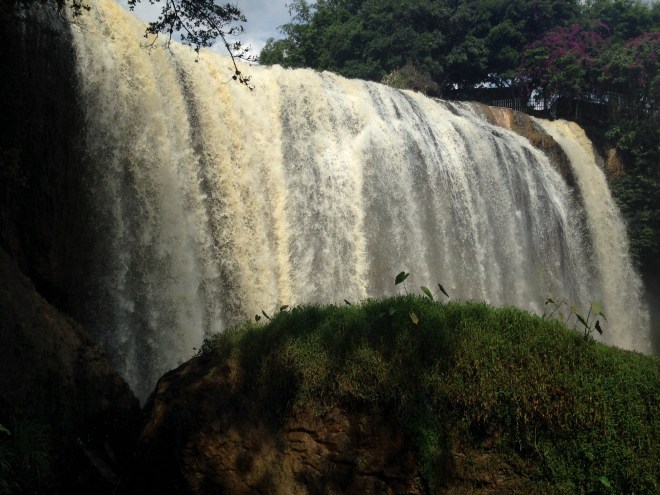
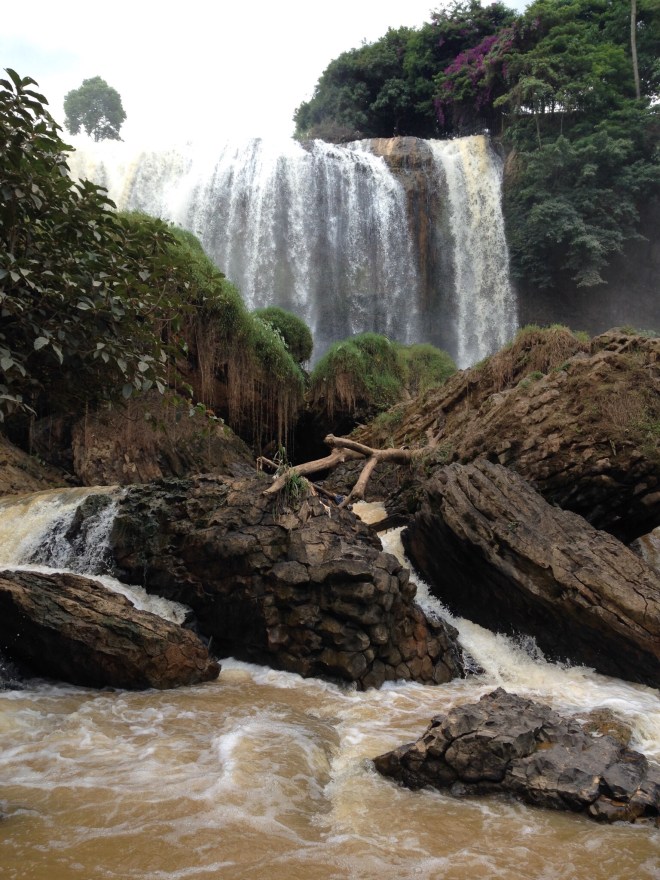
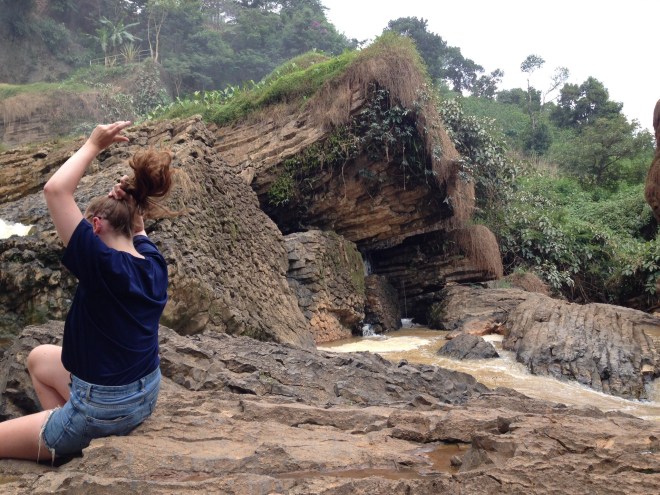
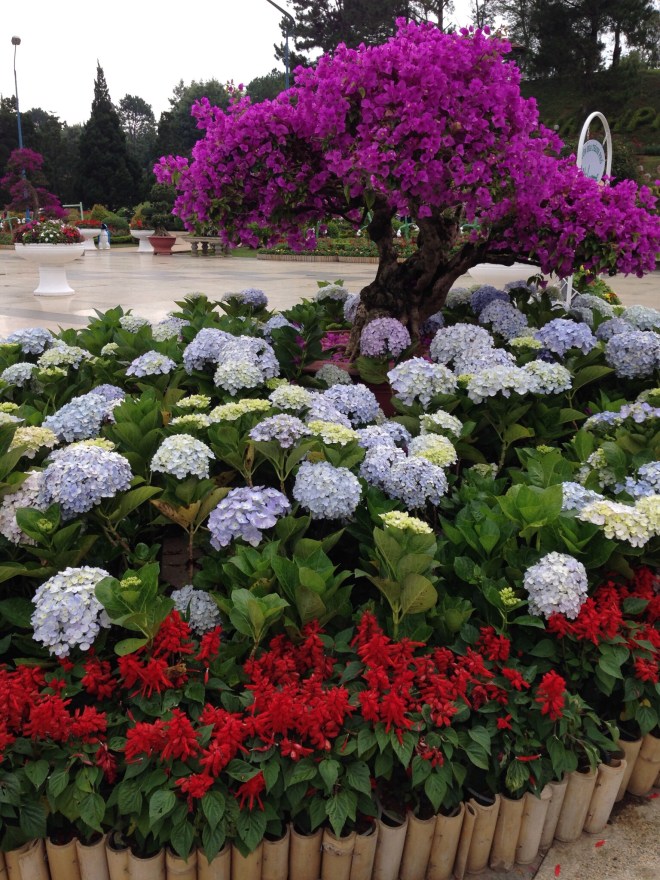 —
— —
—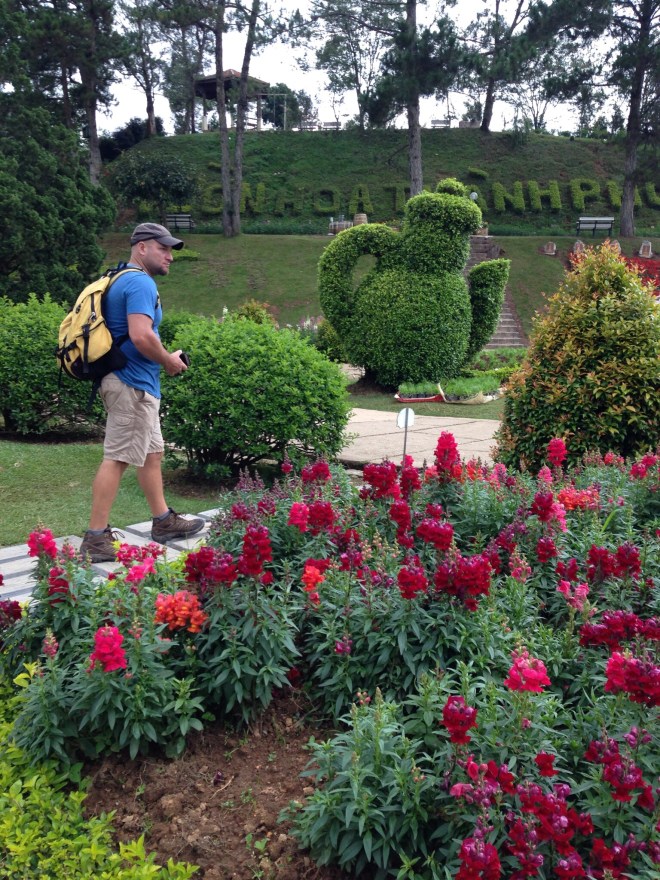 —
—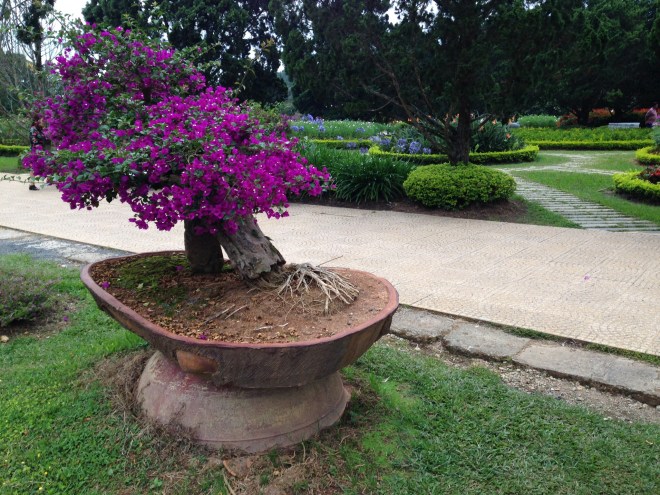
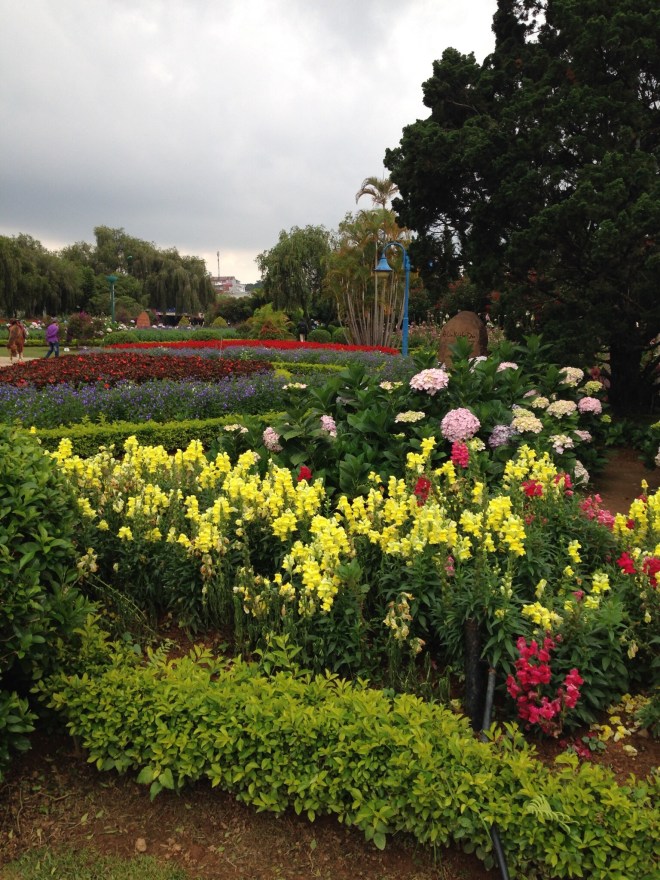


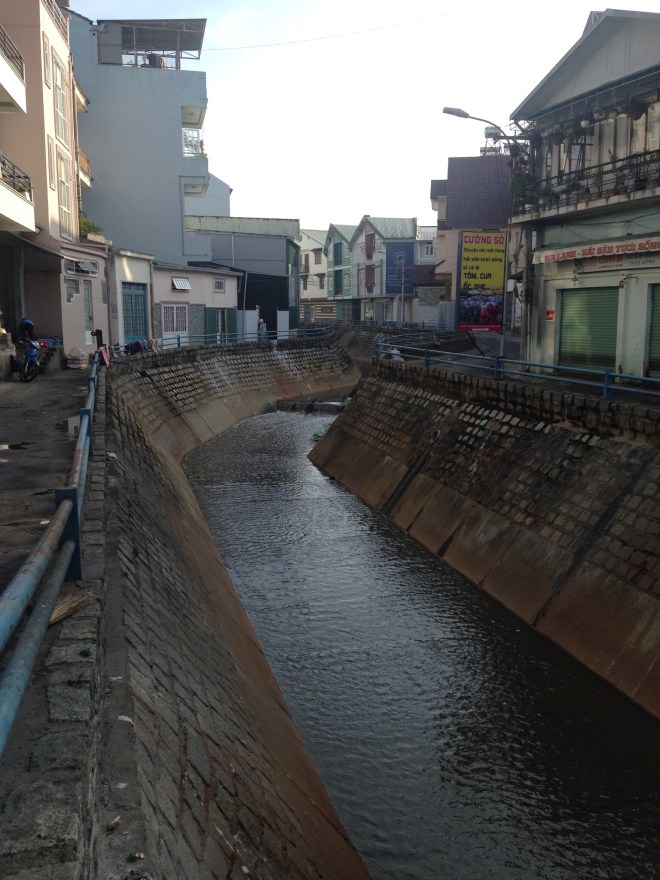
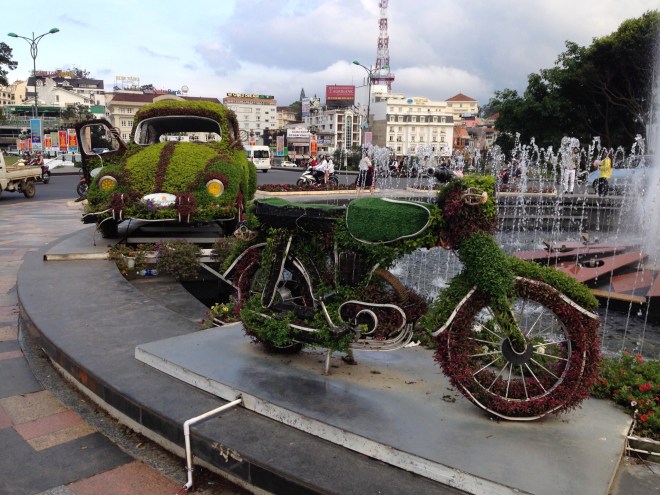
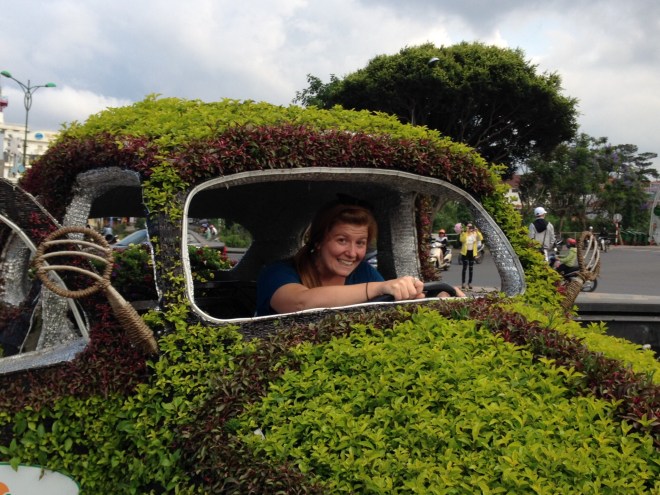

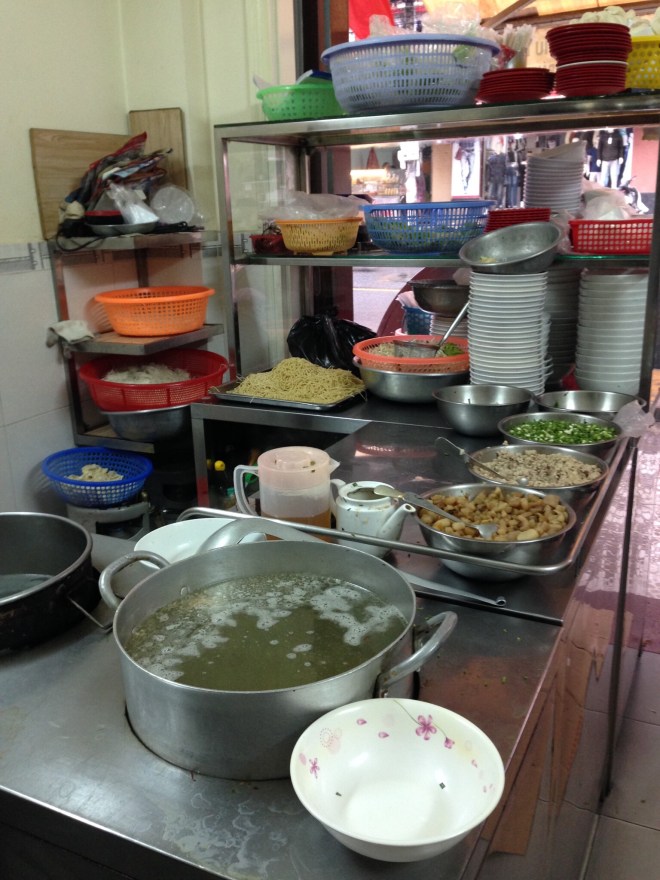
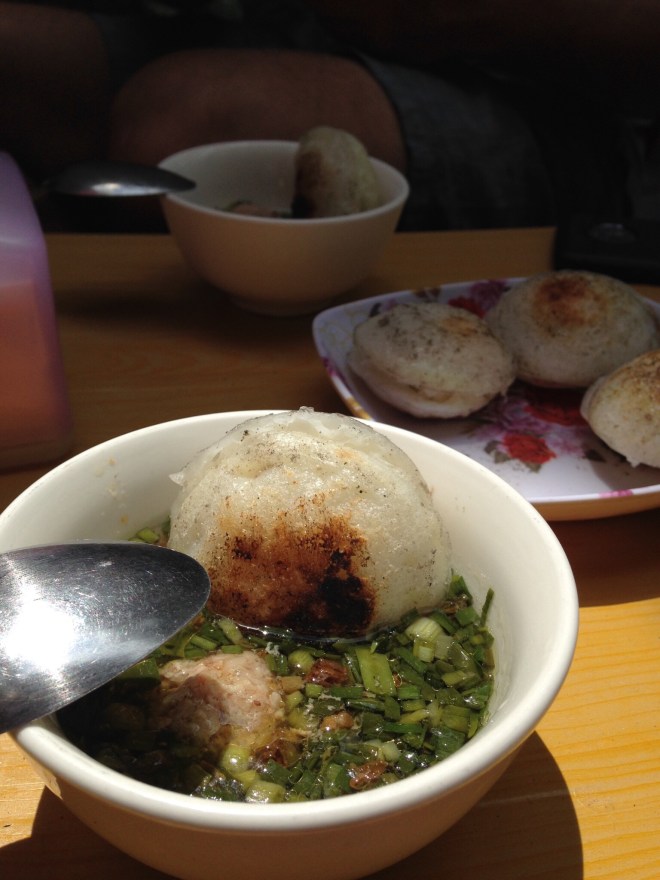

 We were in and out in less than 30 minutes and asked to return the next day. The next afternoon we showed up and everything was ready for the first fitting…
We were in and out in less than 30 minutes and asked to return the next day. The next afternoon we showed up and everything was ready for the first fitting…





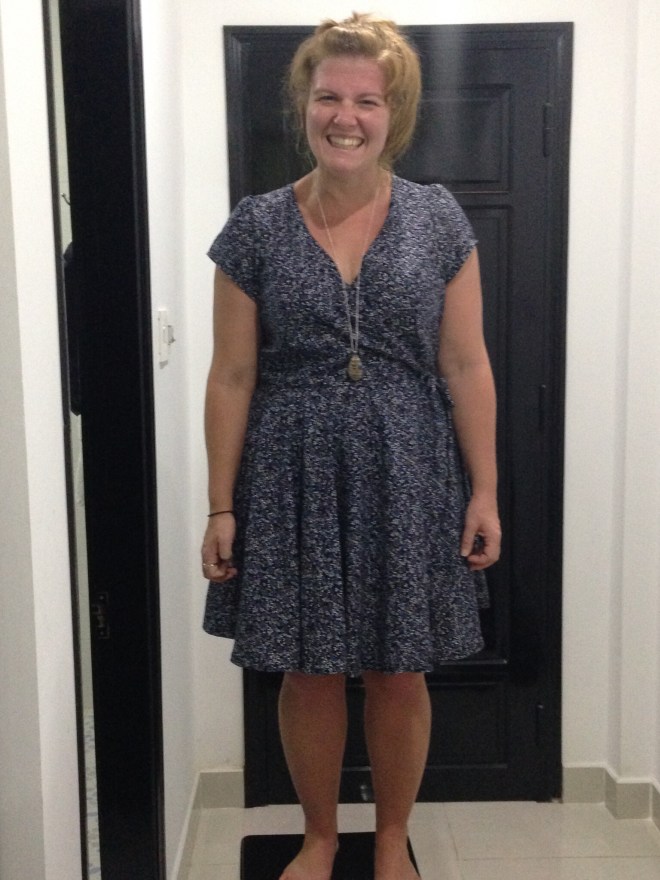

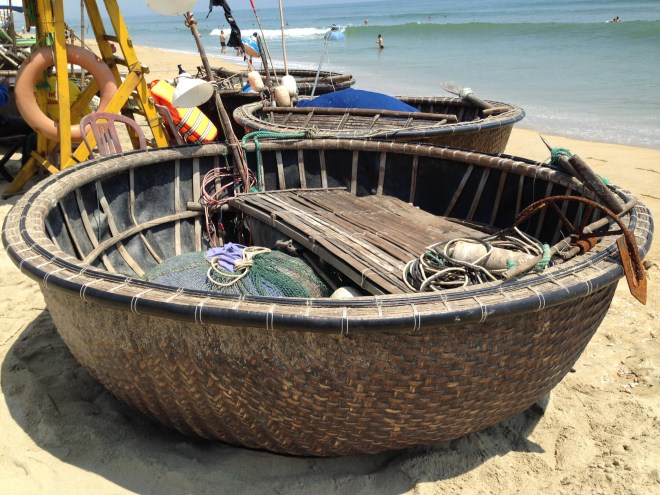
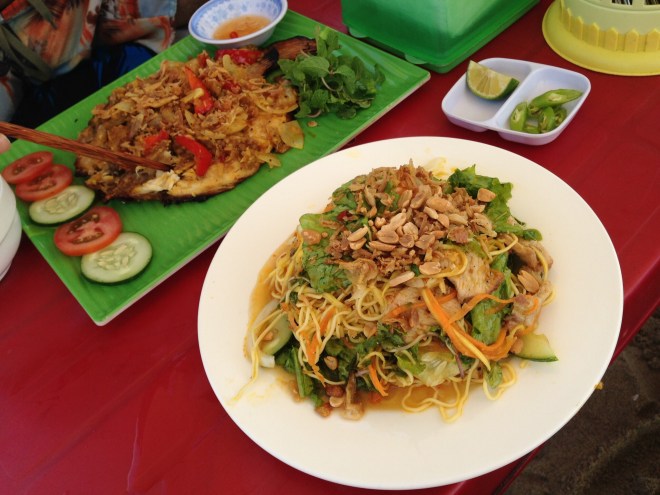
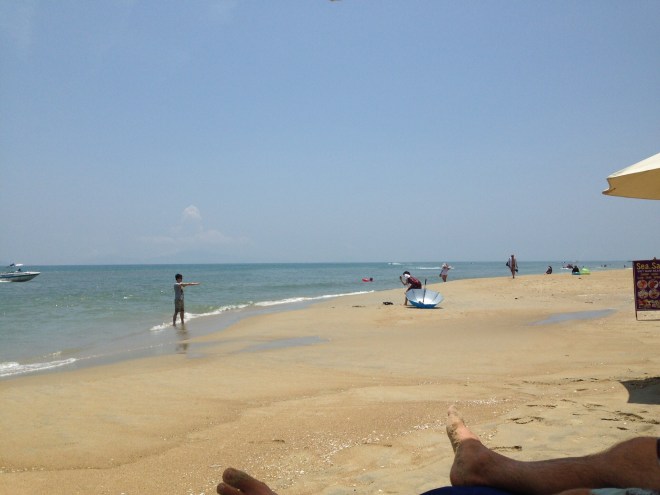
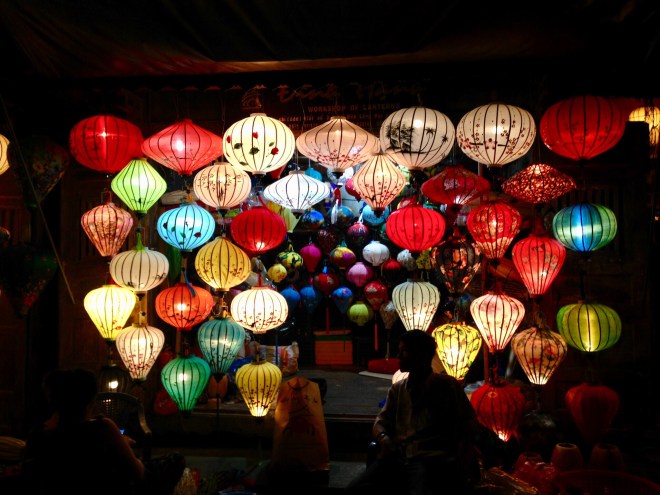

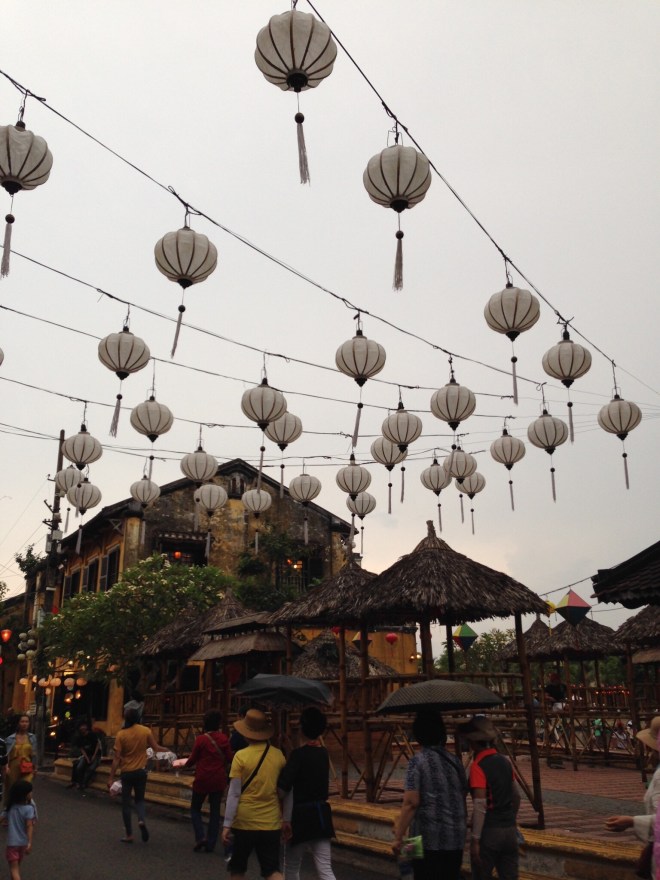
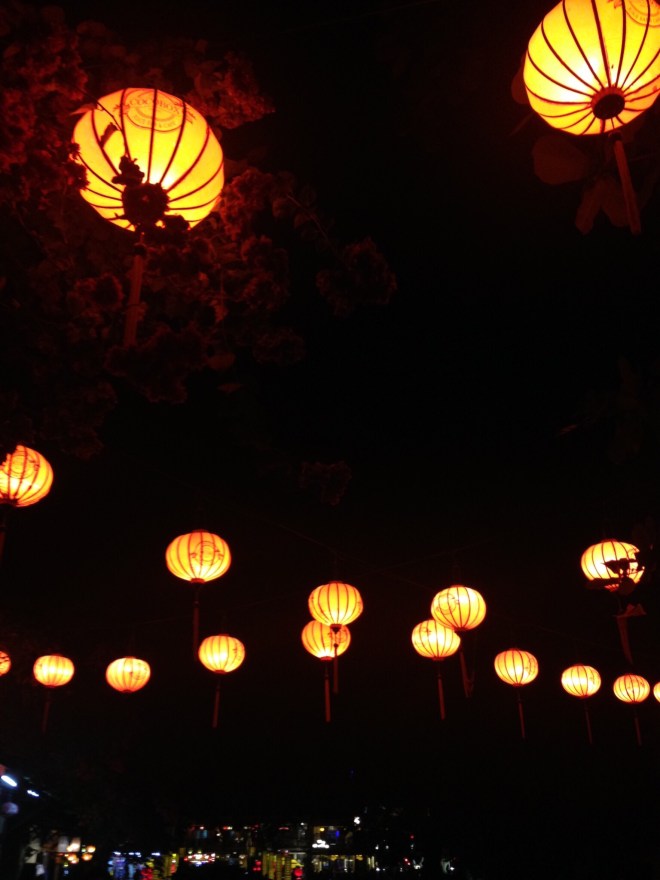
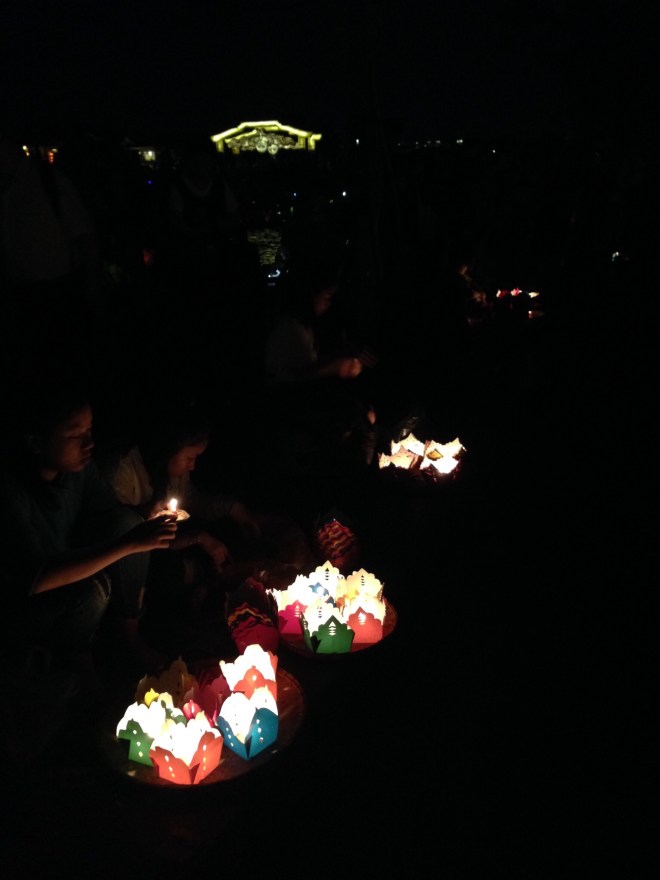

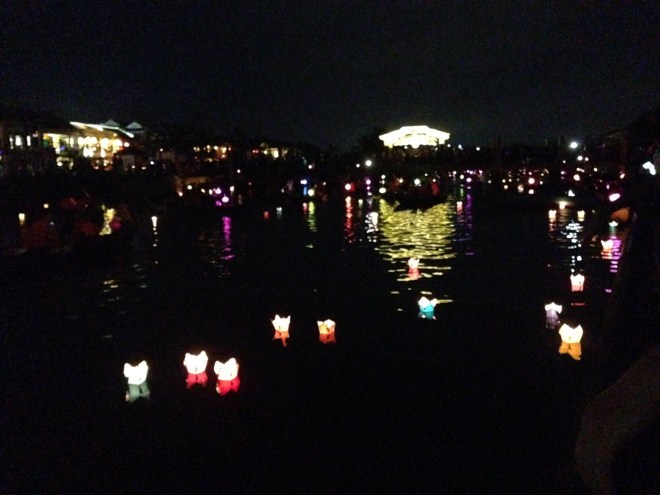
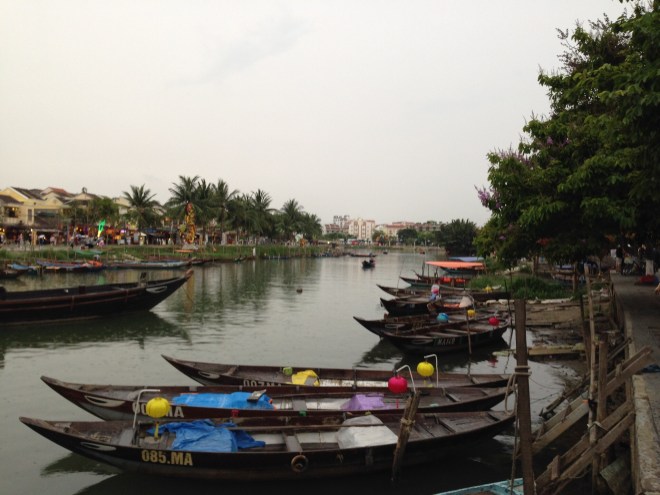
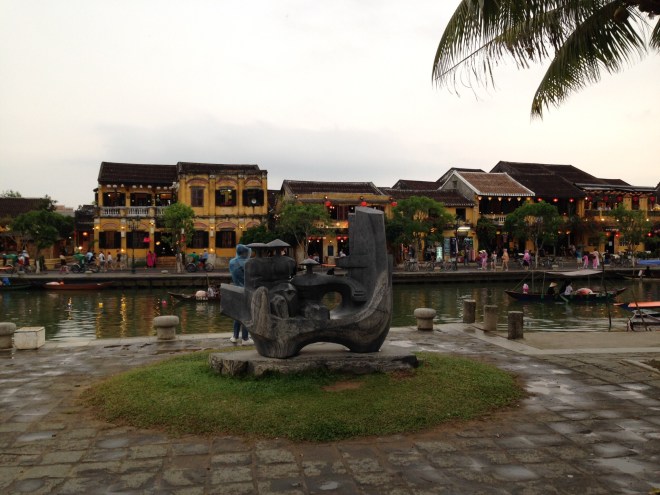

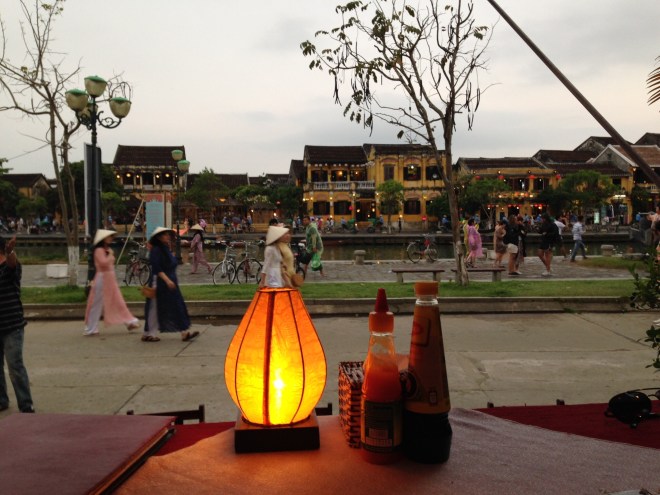
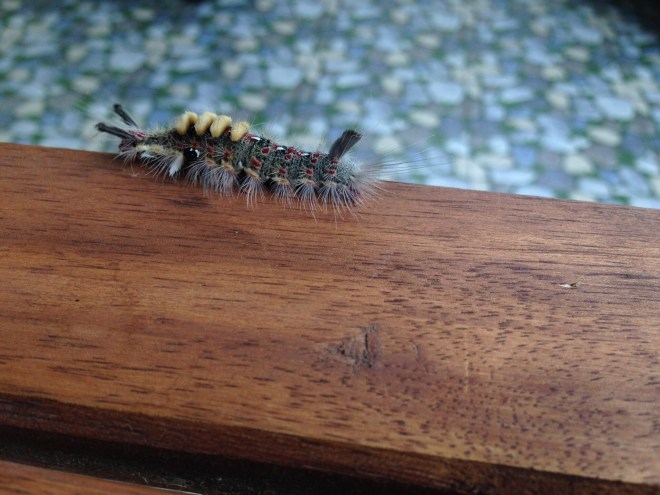


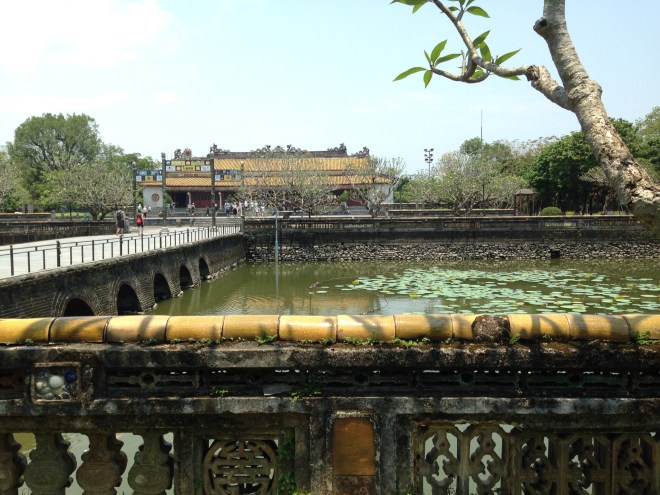
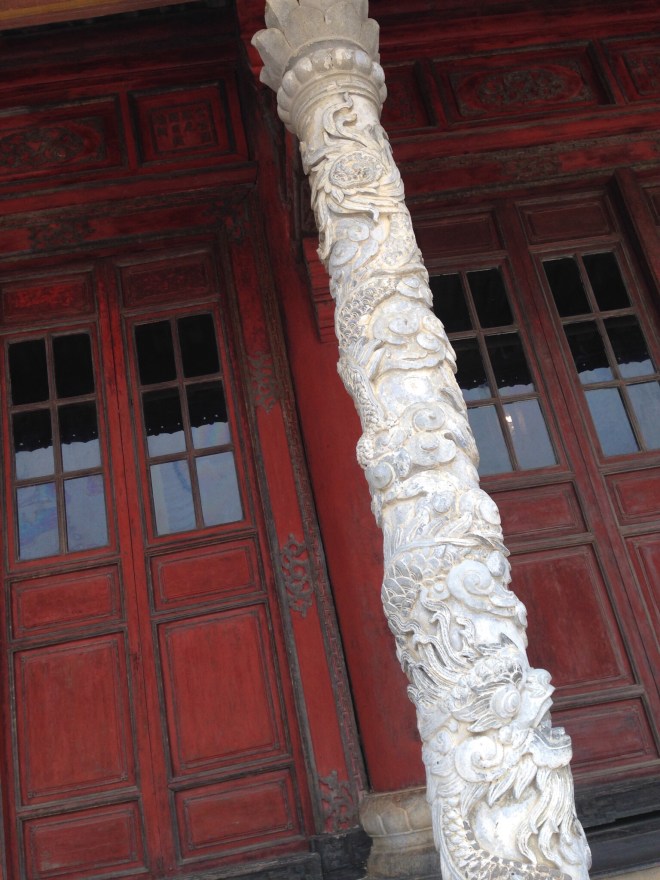
 Window
Window
 I loved the ceilings and lights in so many of the buildings! So much detail!
I loved the ceilings and lights in so many of the buildings! So much detail!
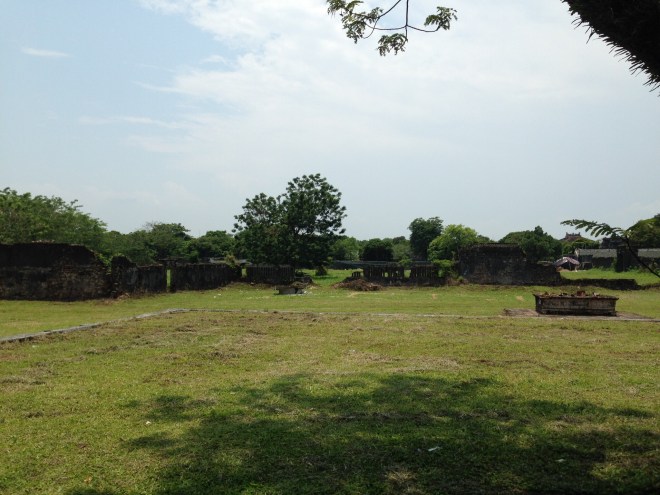


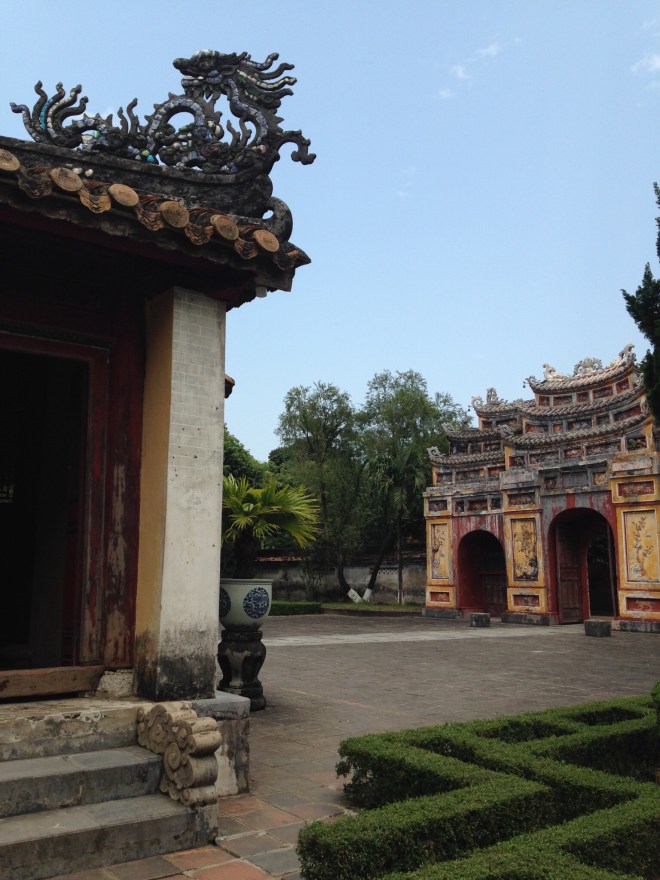
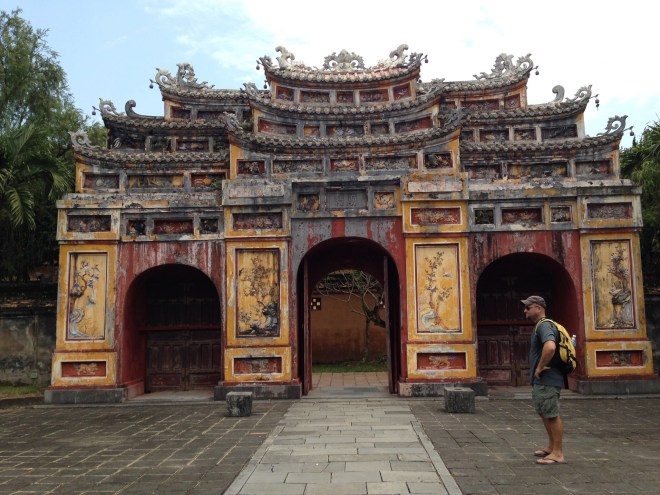
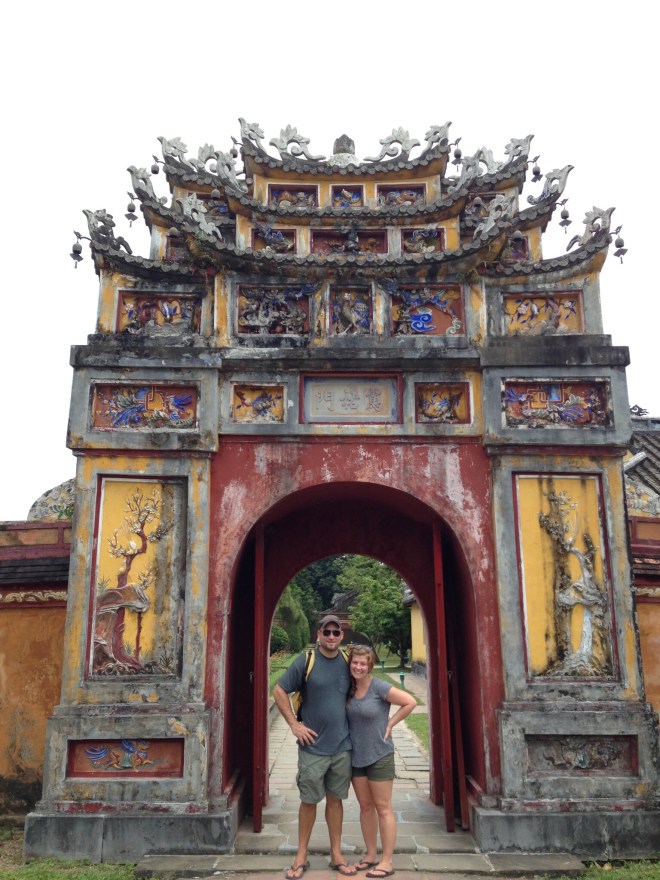

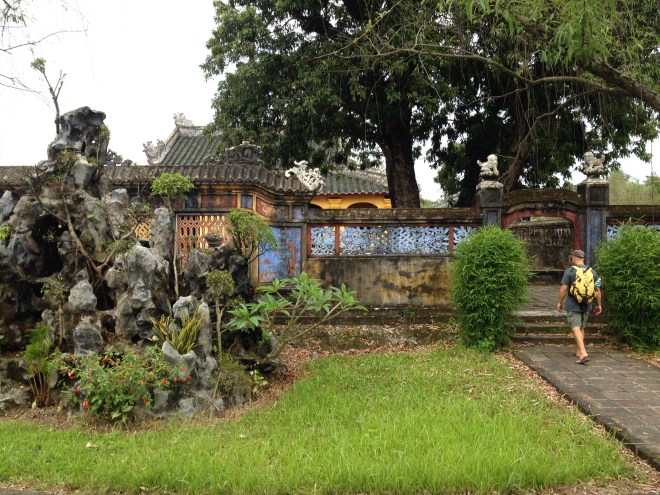
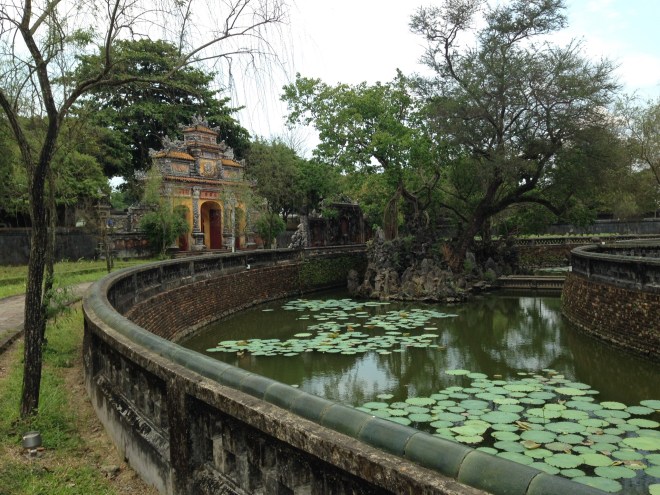
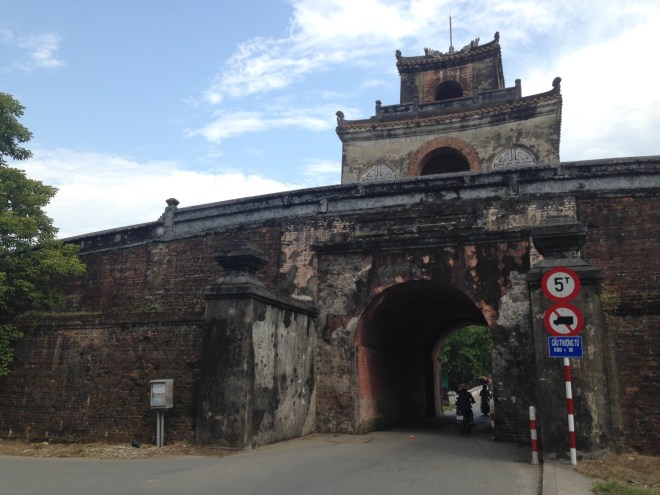



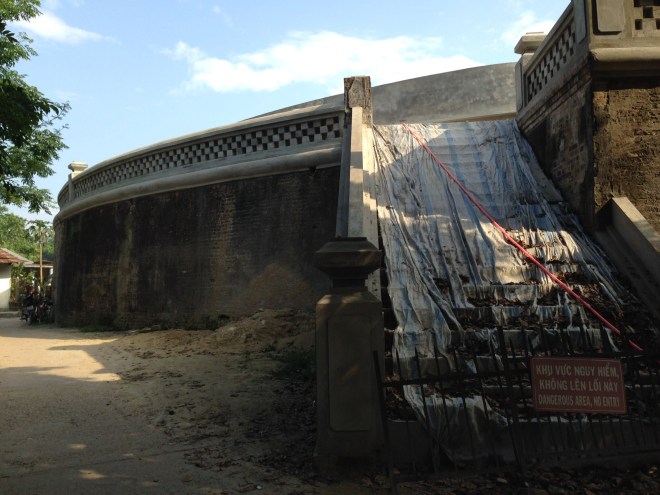
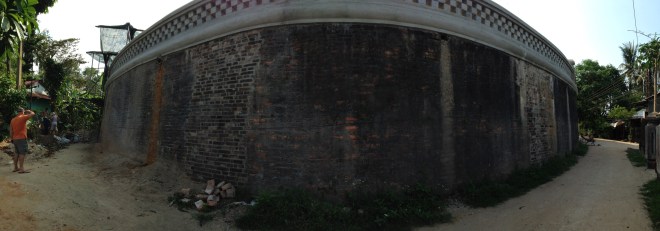
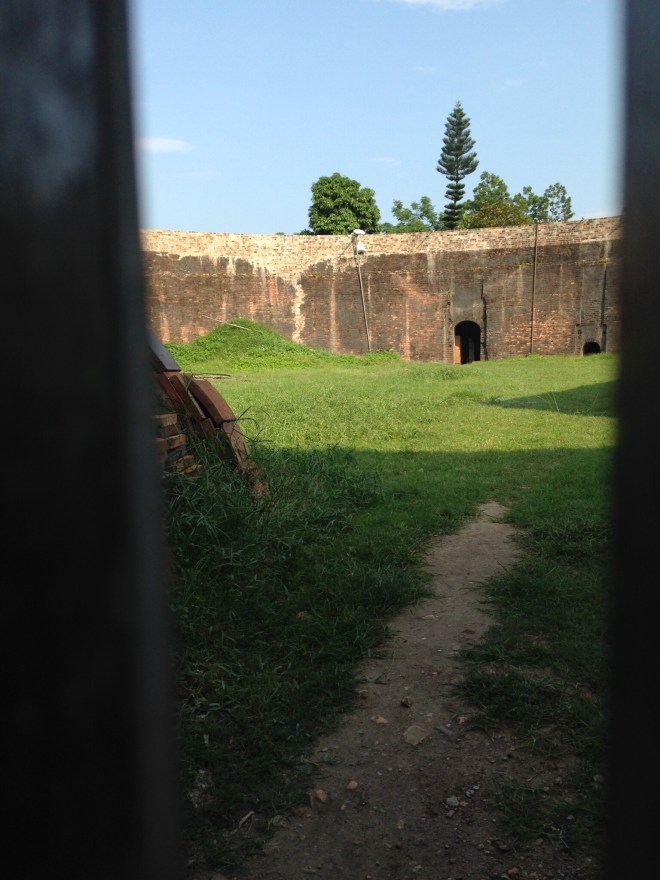




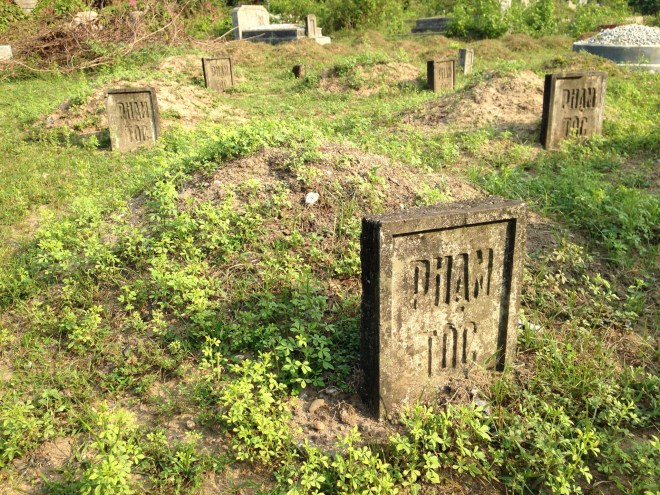
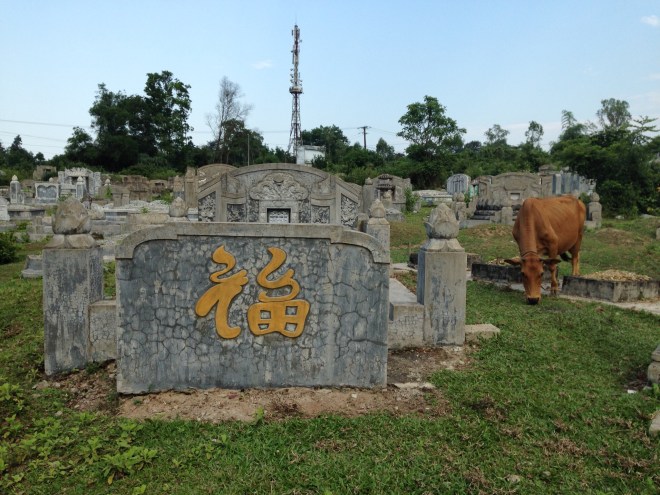
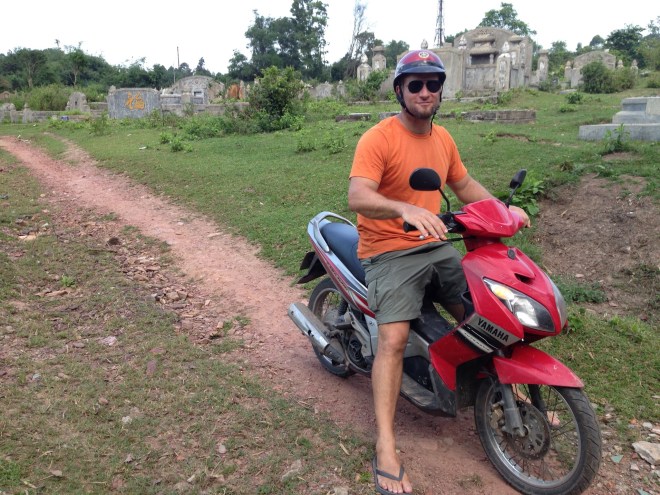
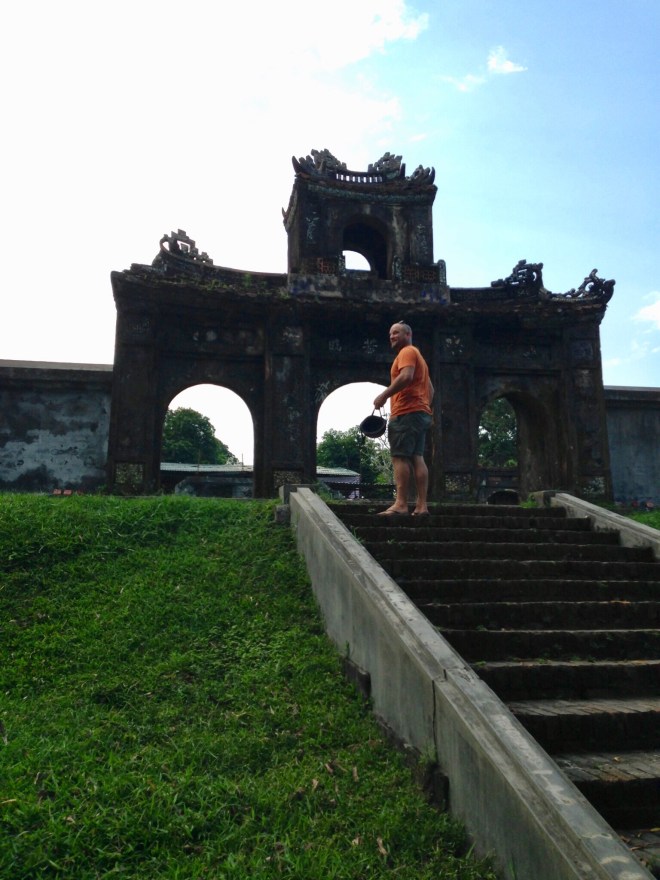
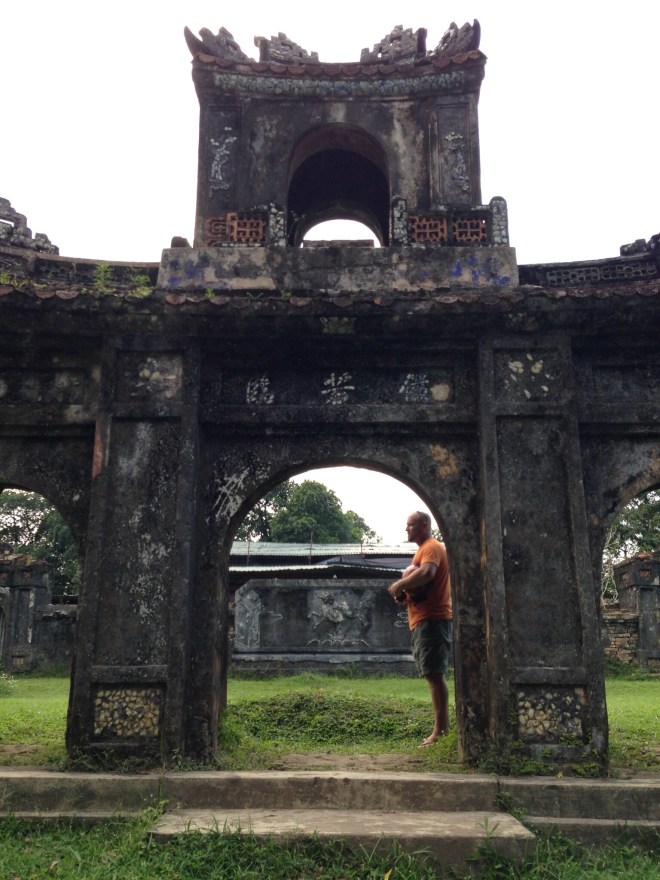
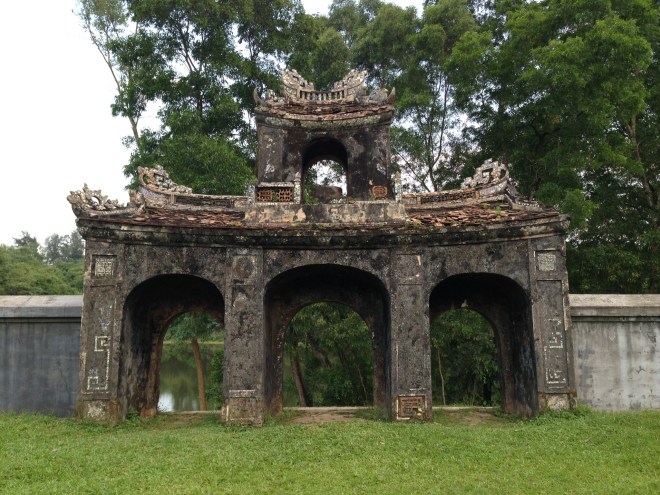
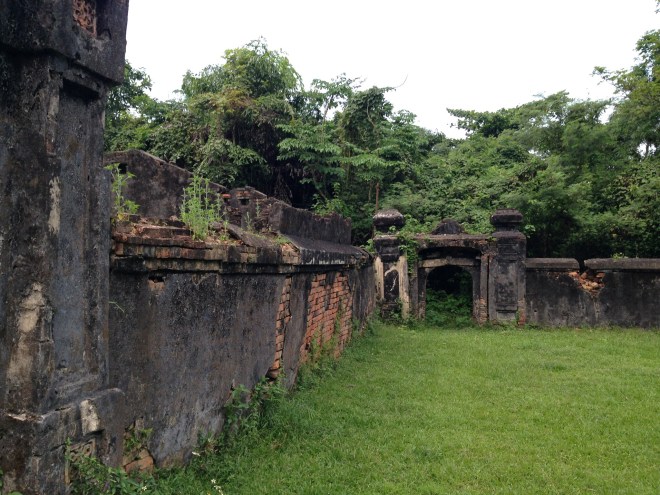
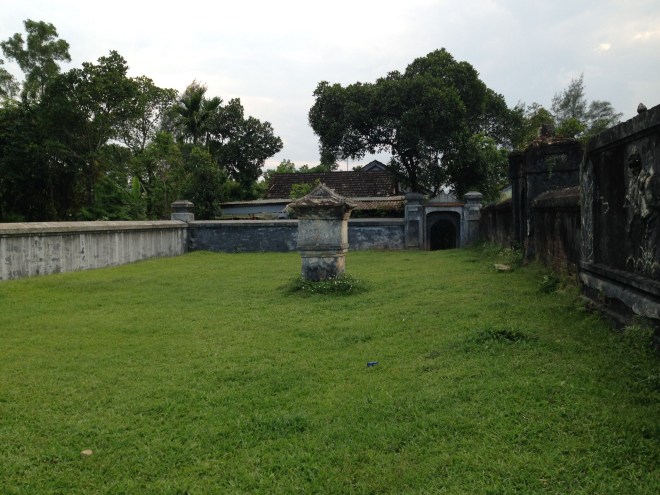


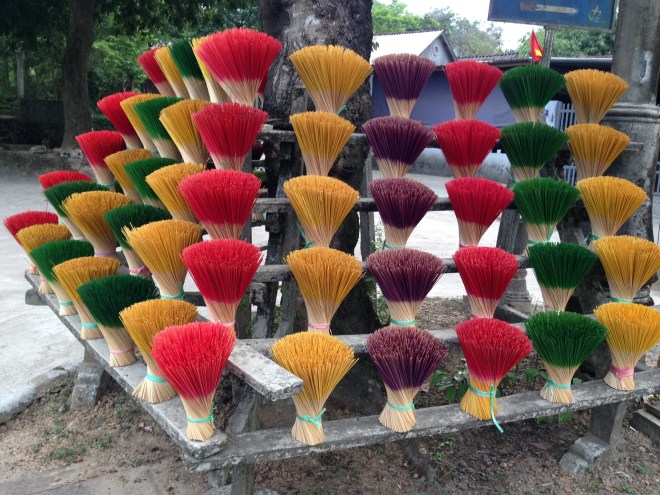
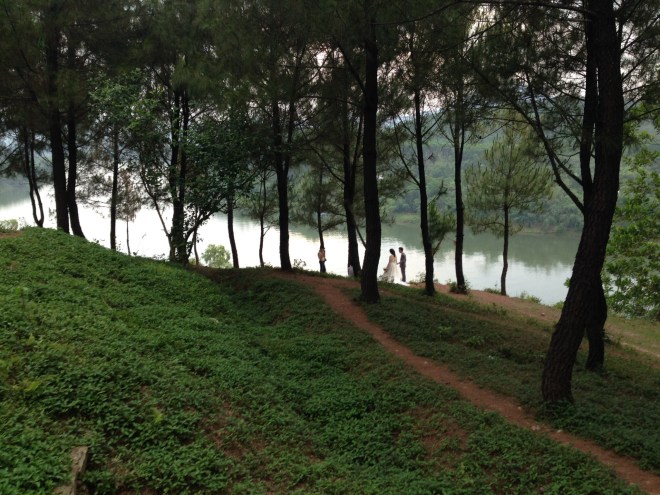

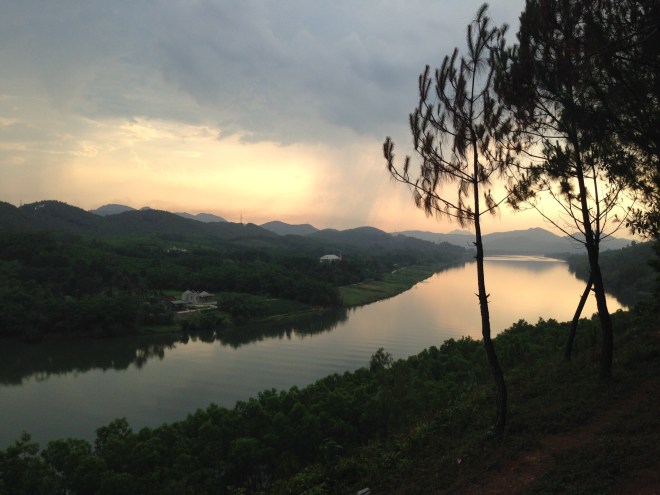

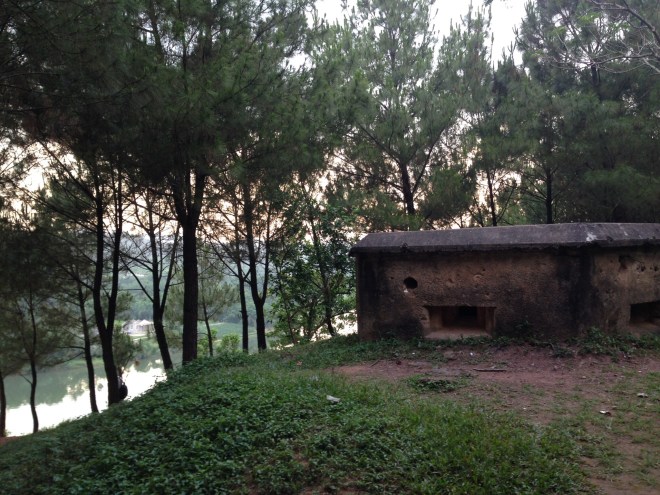

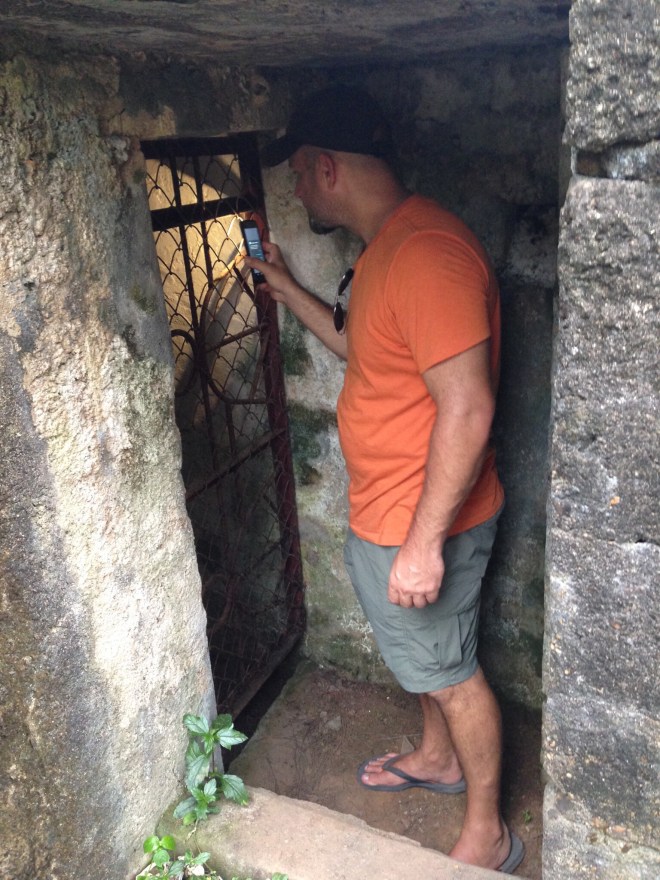


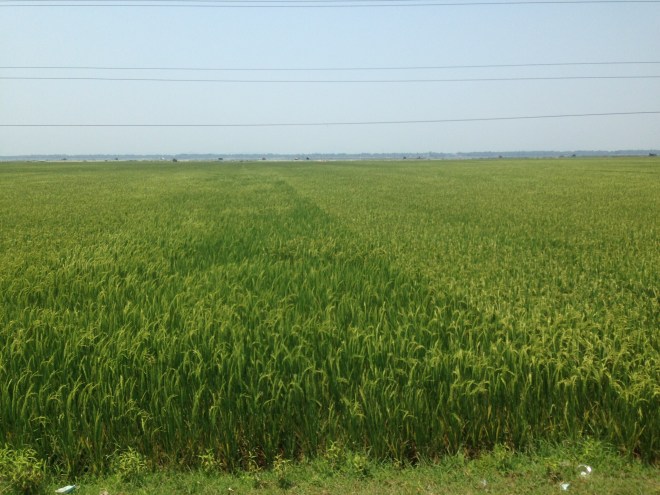


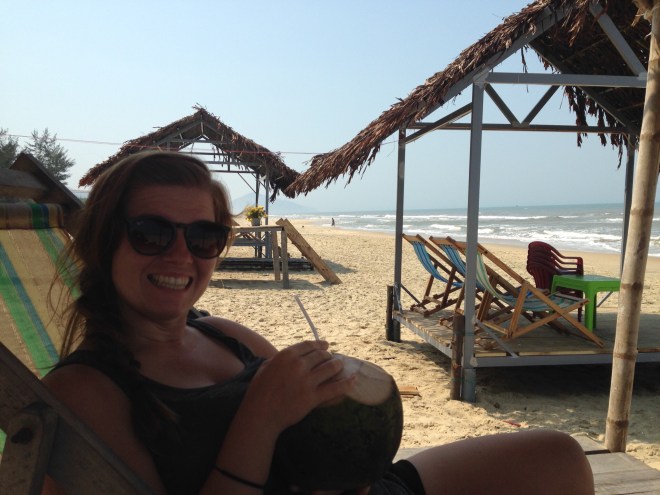
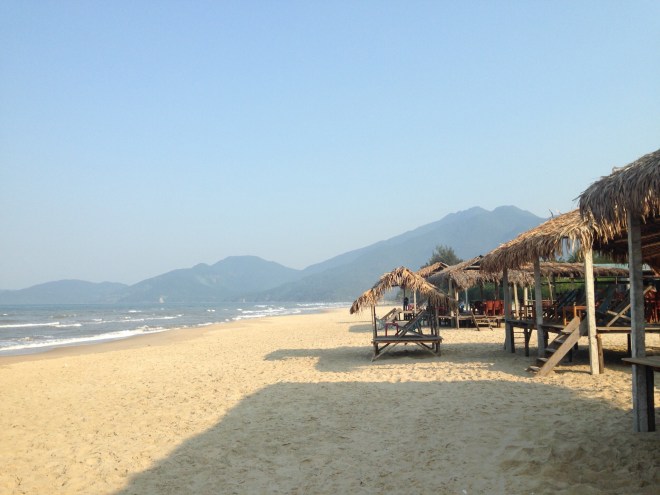
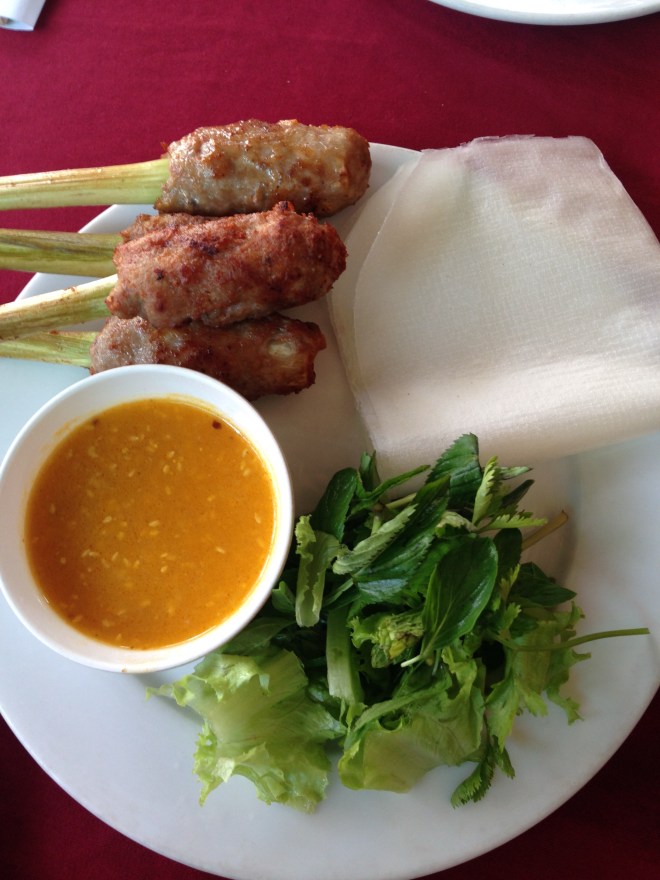
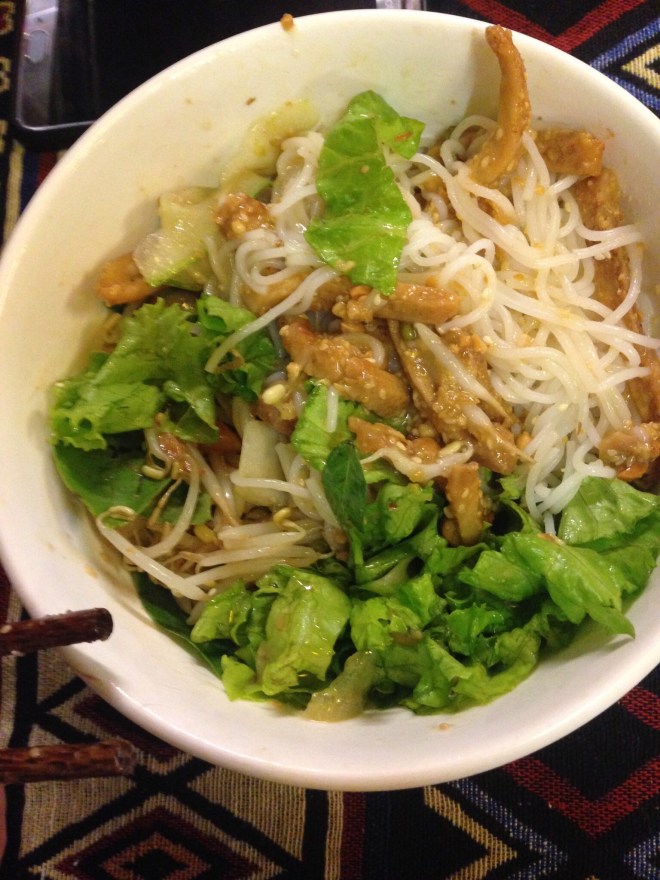



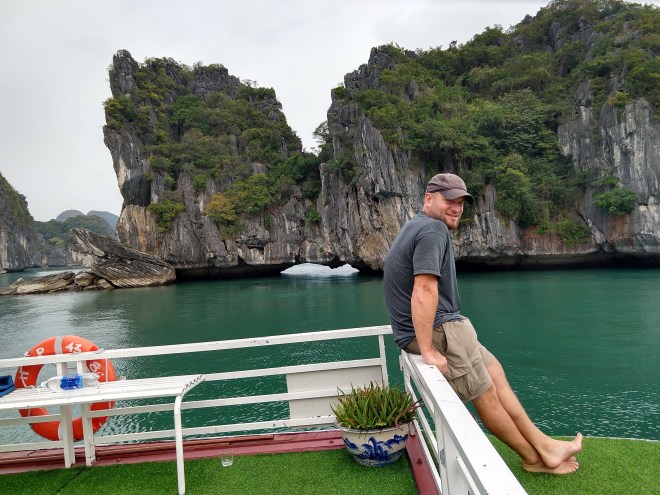 Taken on the upper deck of the boat
Taken on the upper deck of the boat


 Houseboats
Houseboats
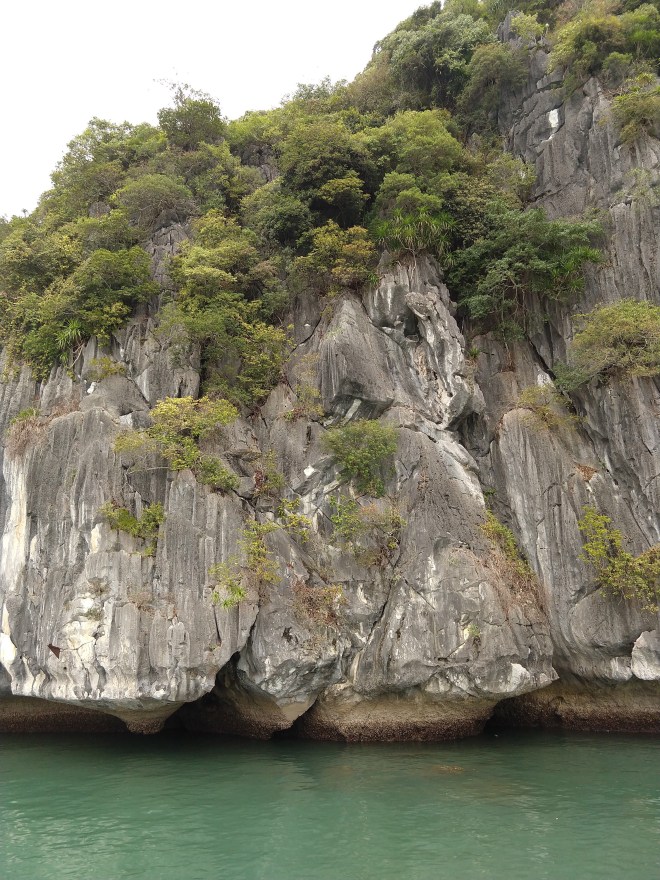
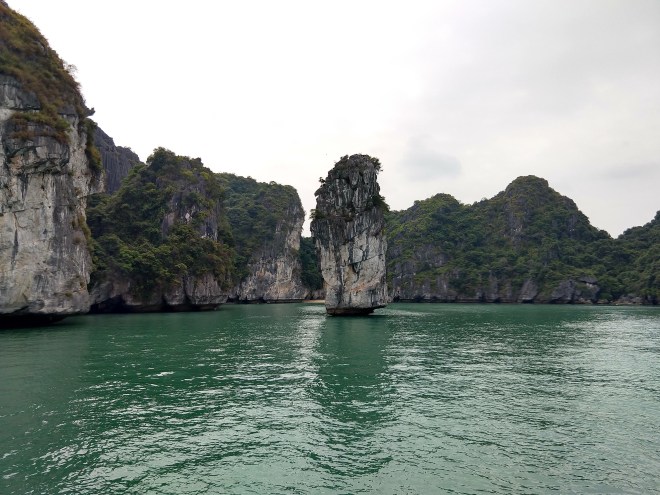

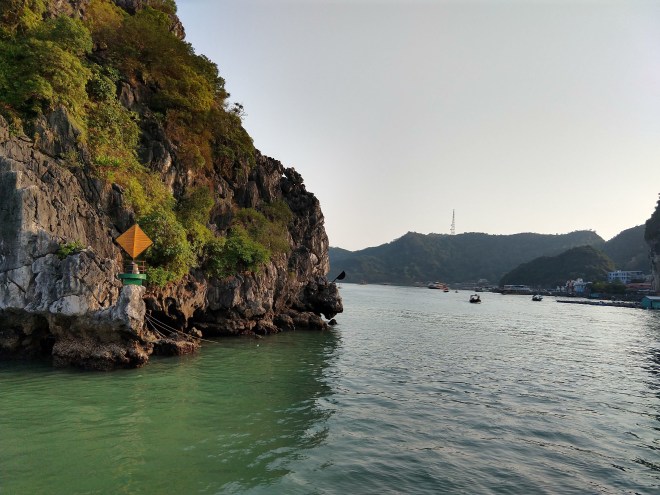

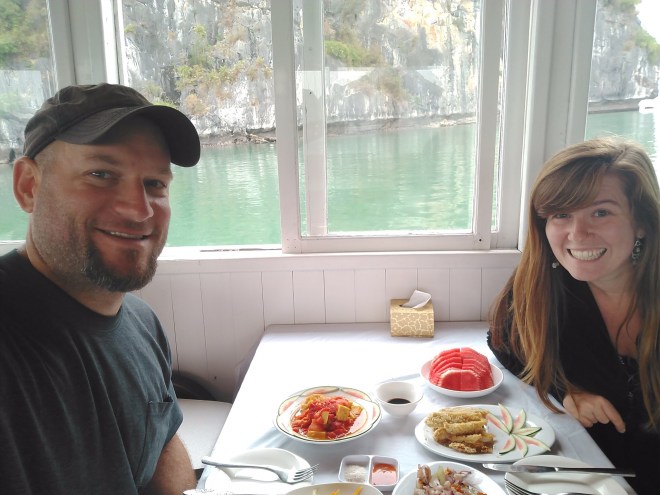

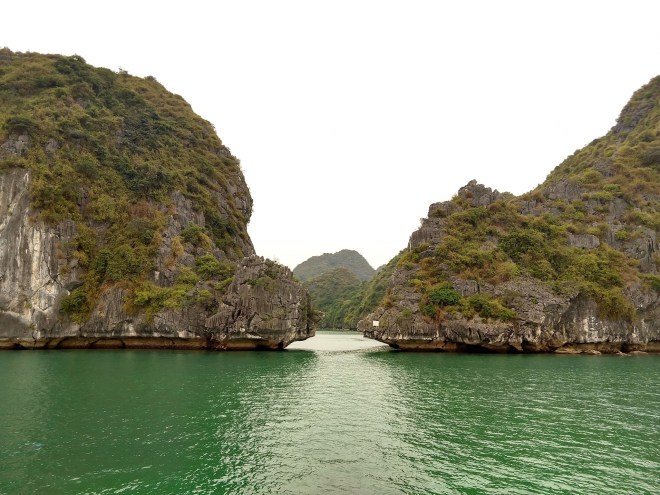
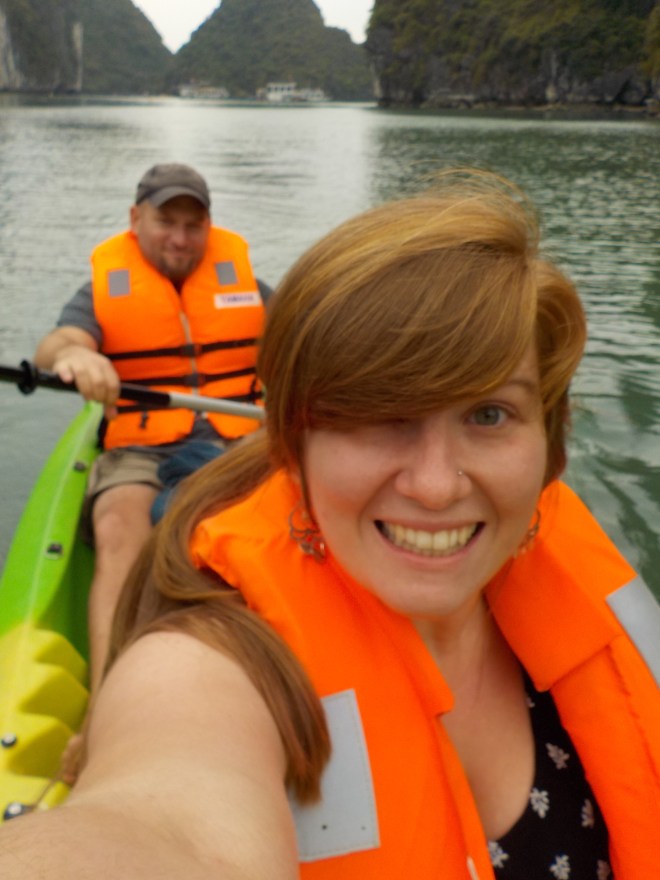
 —
—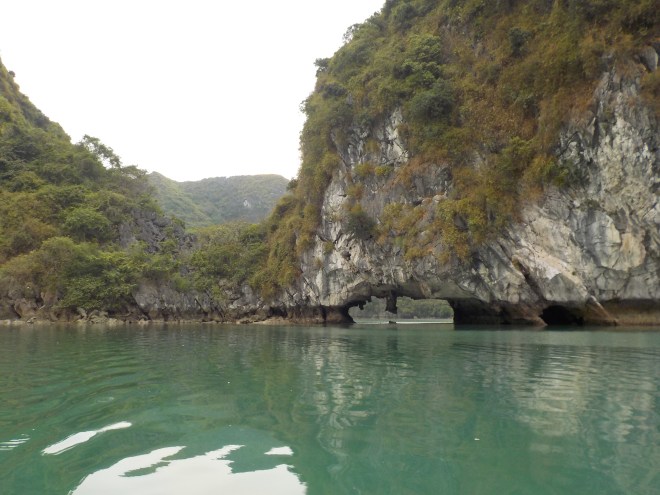 The first “cave.” There wasn’t much to them, but they were still beautiful to kayak through.
The first “cave.” There wasn’t much to them, but they were still beautiful to kayak through. 